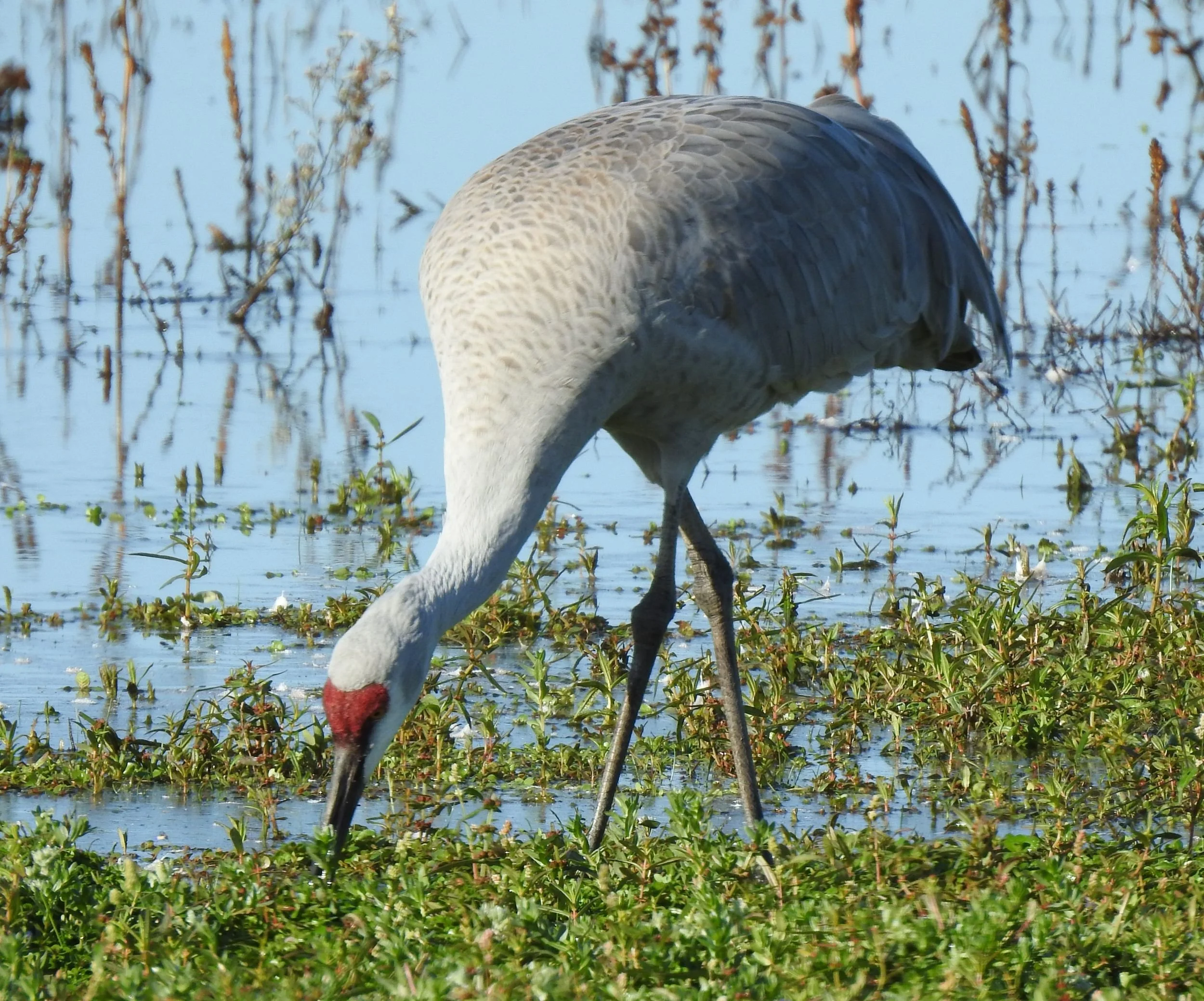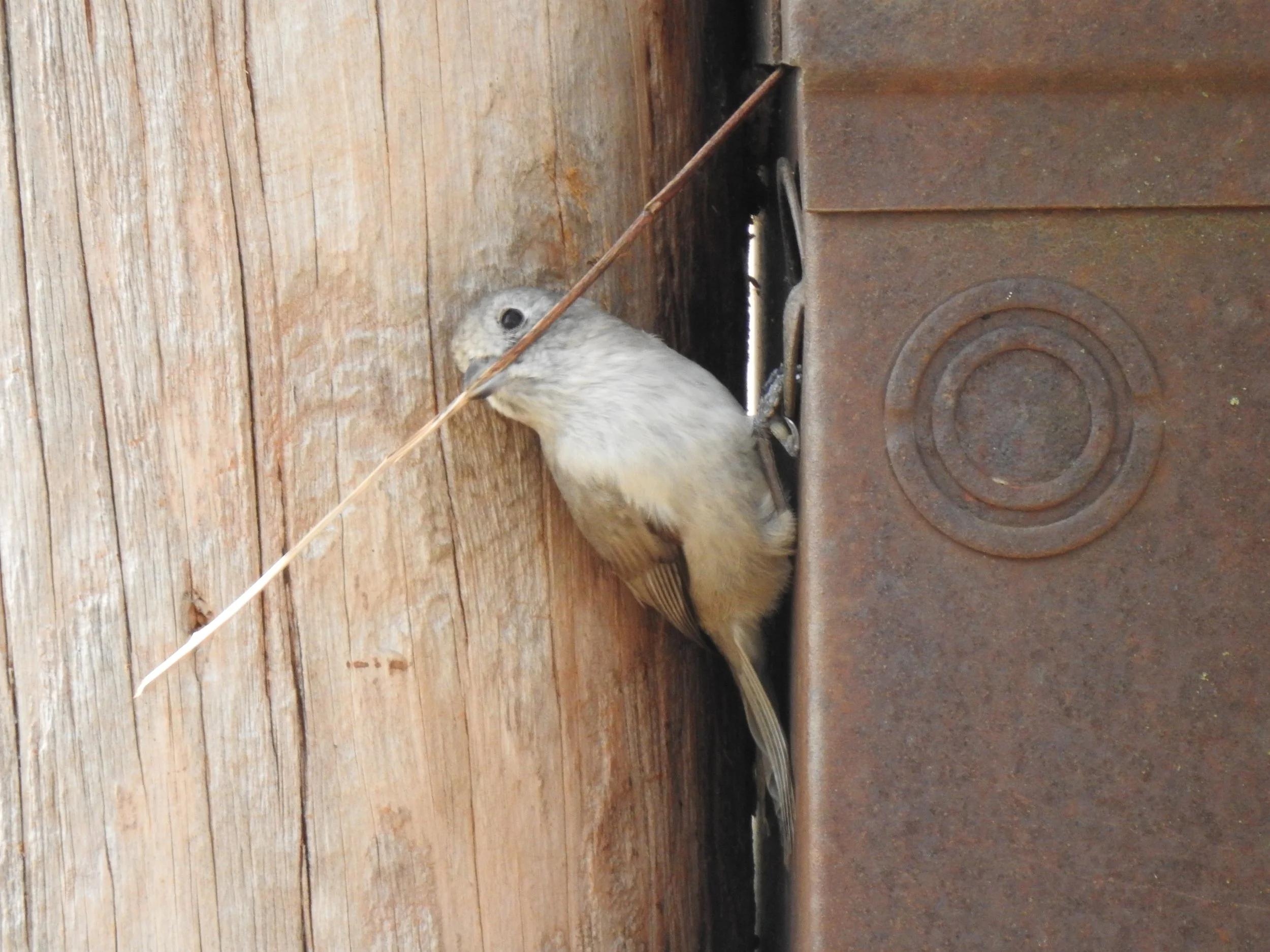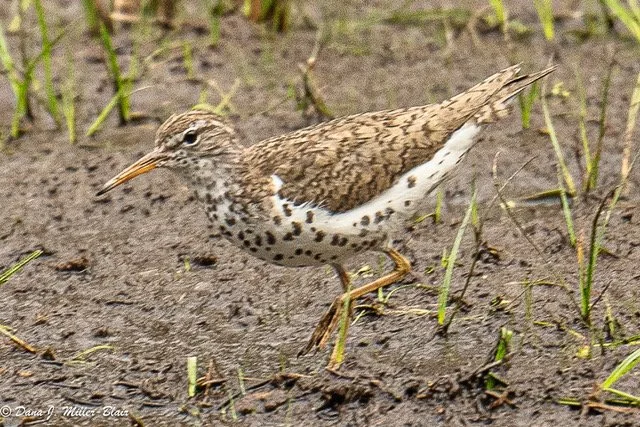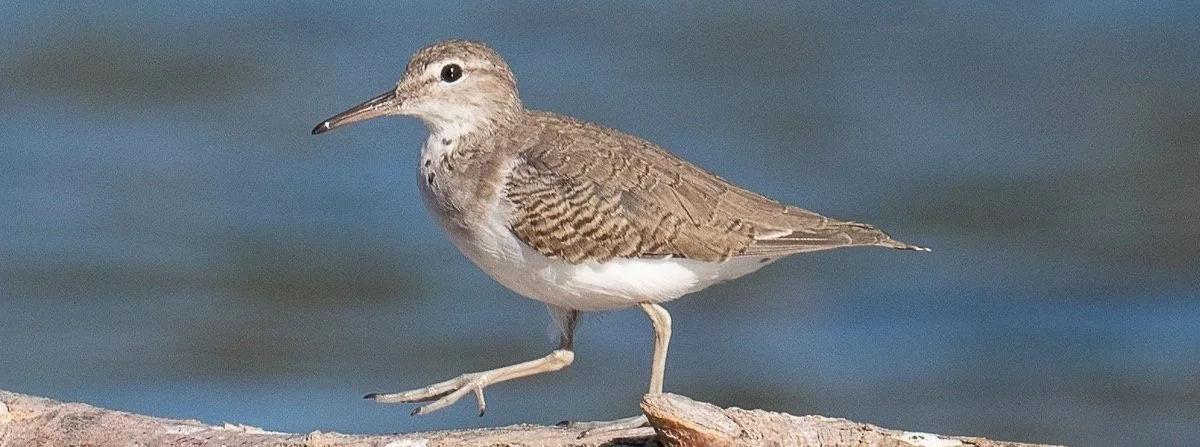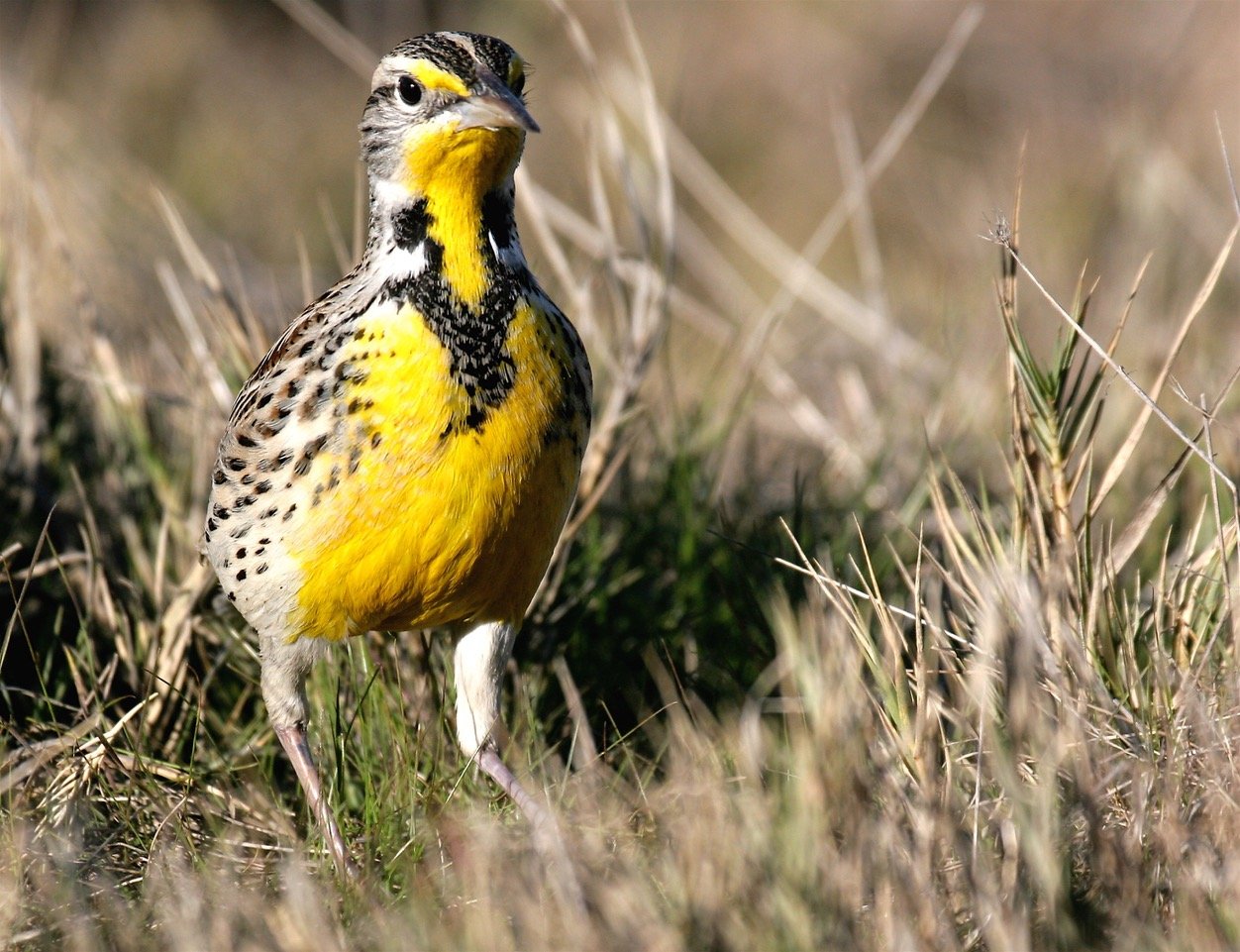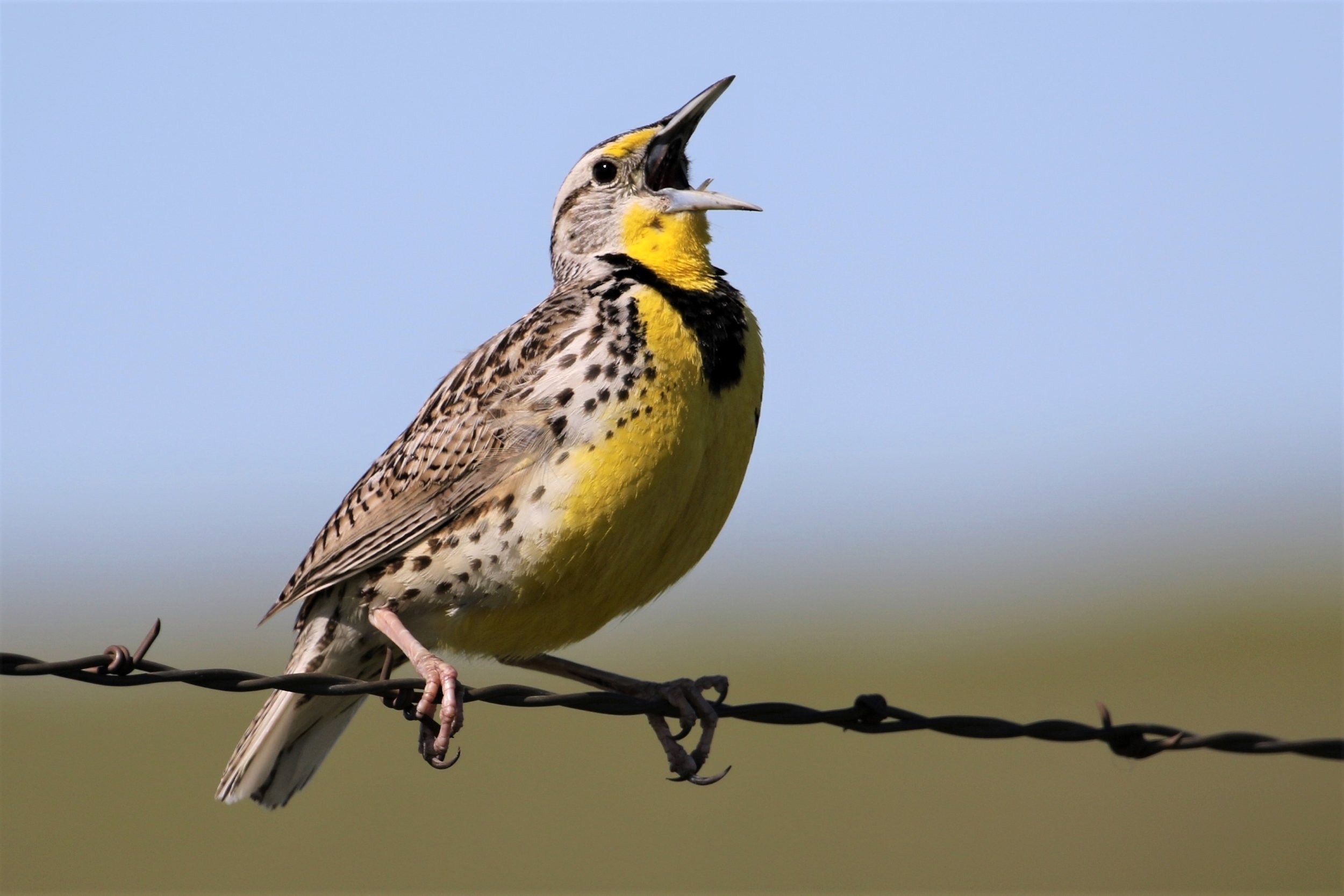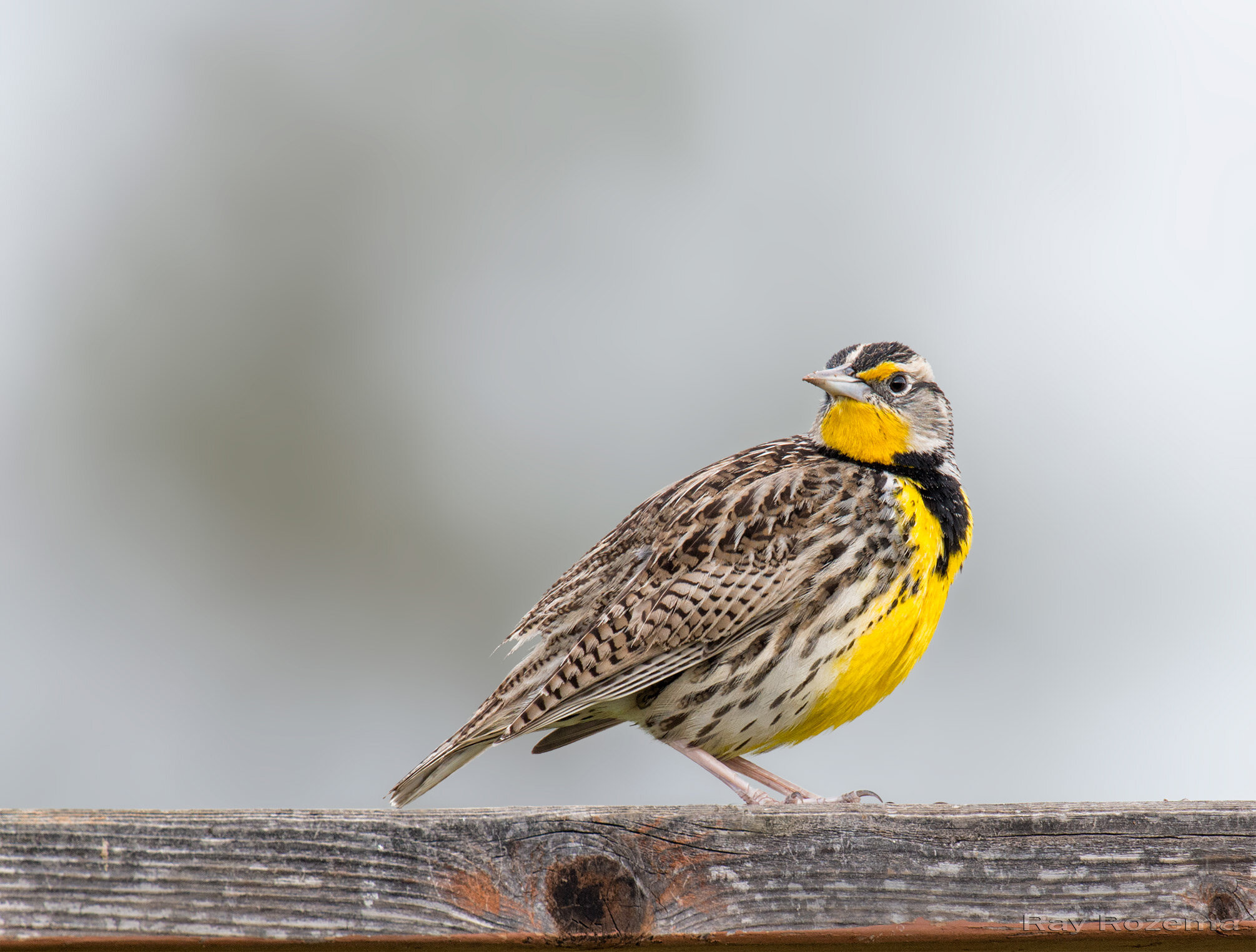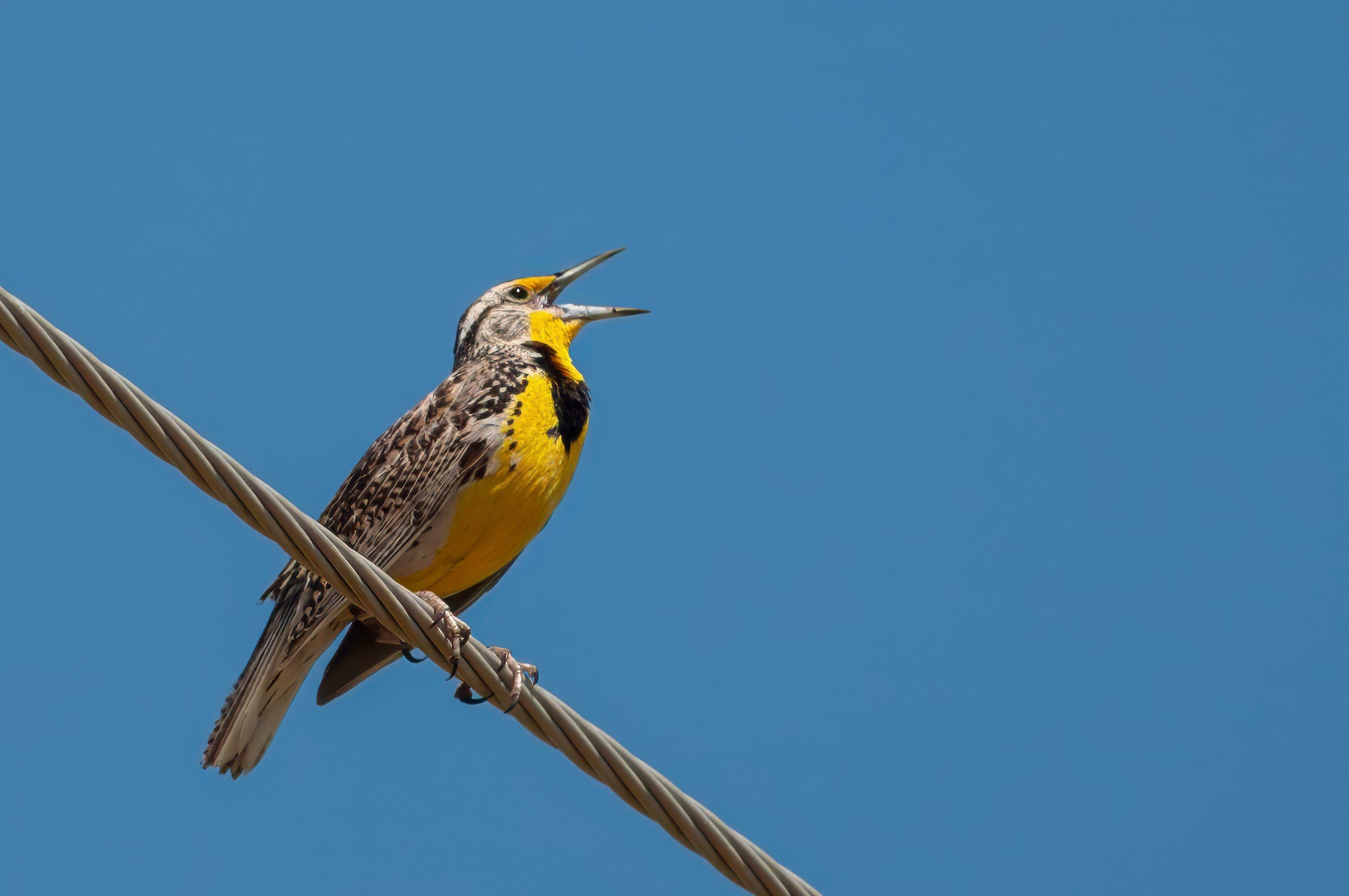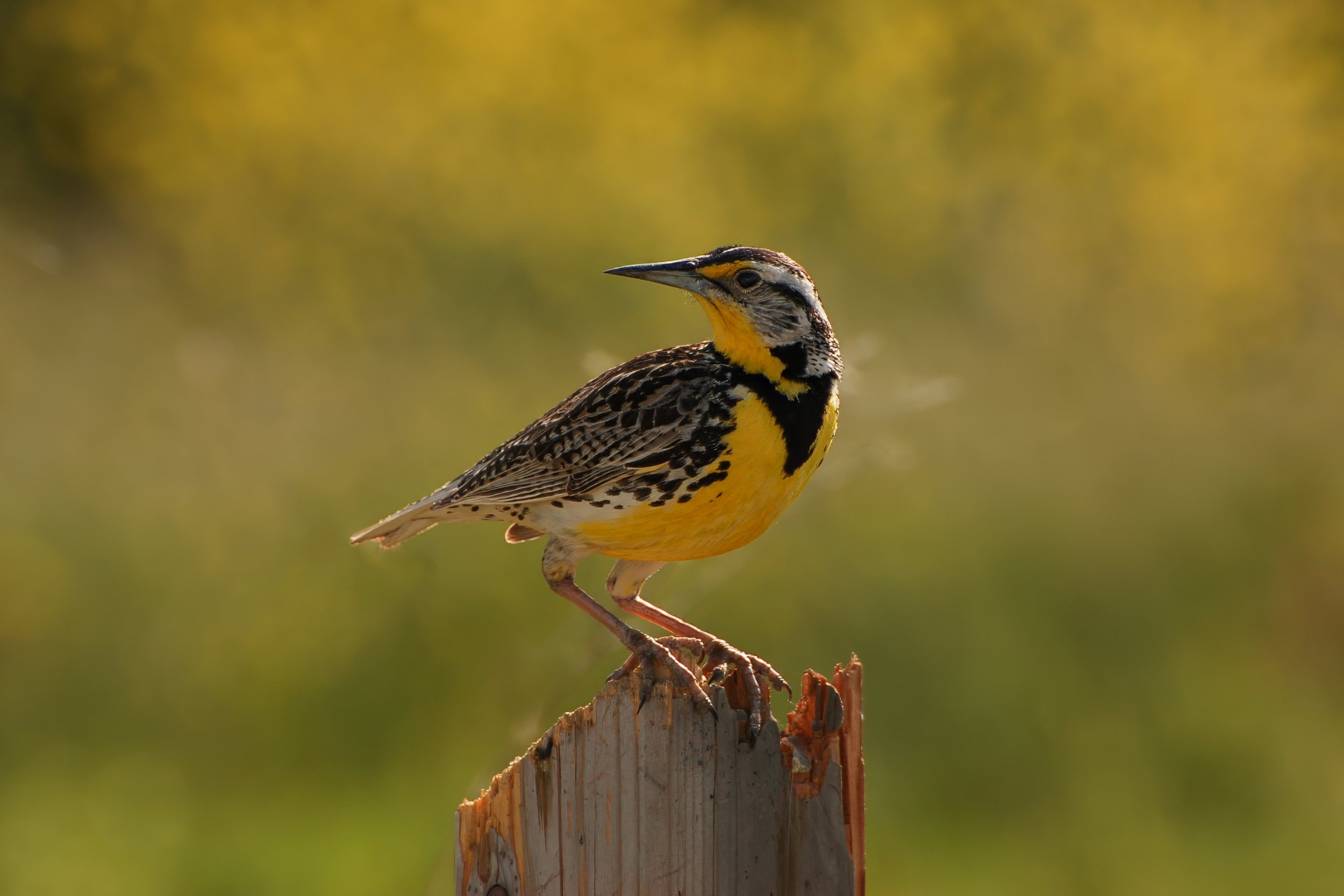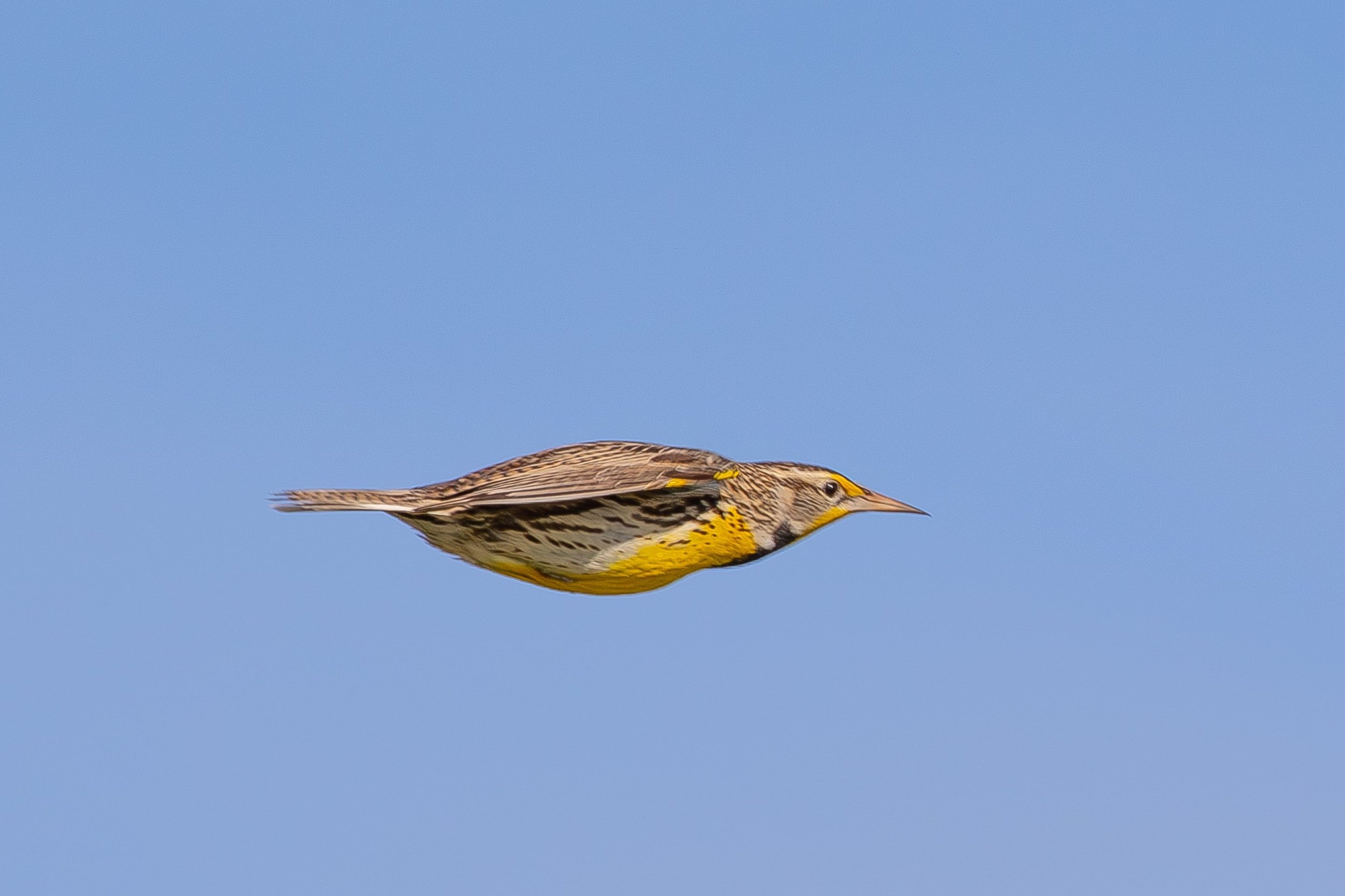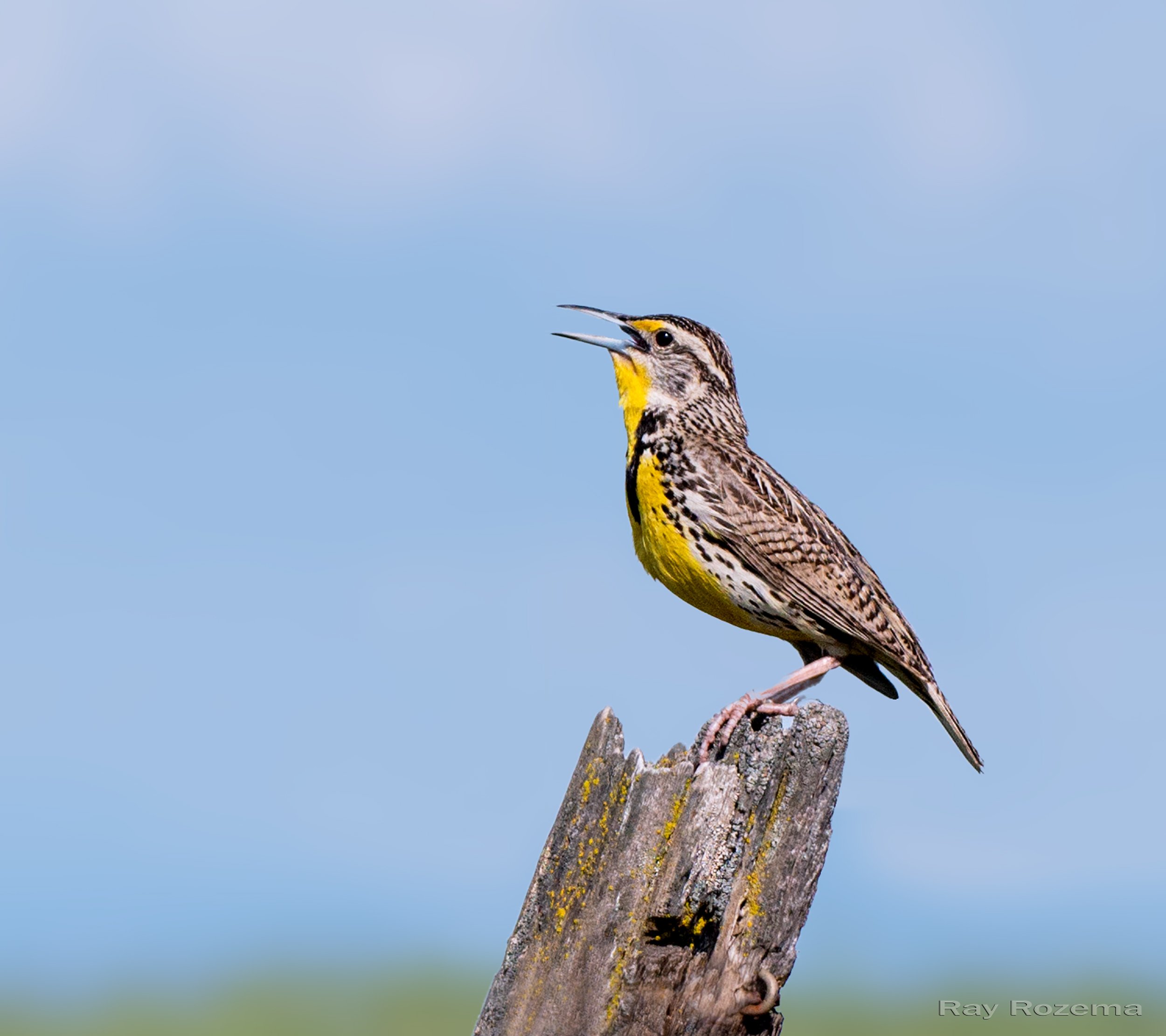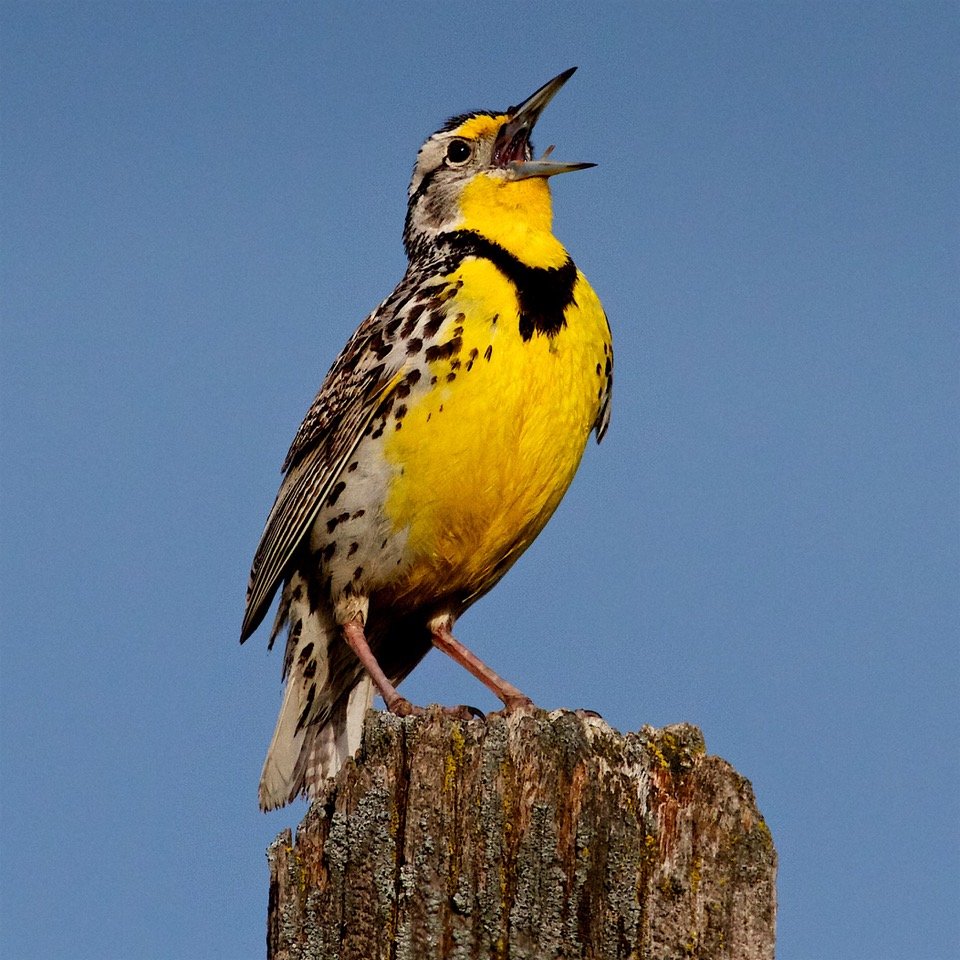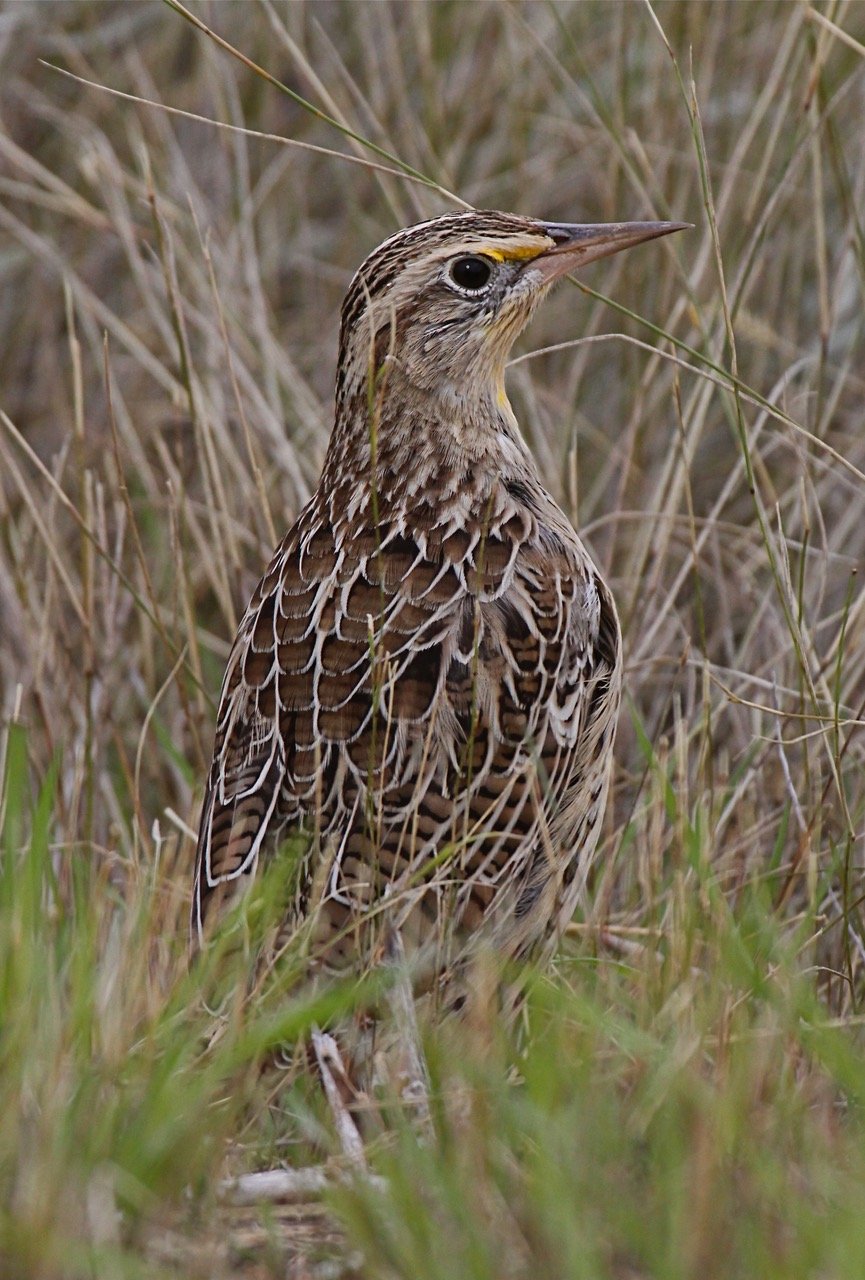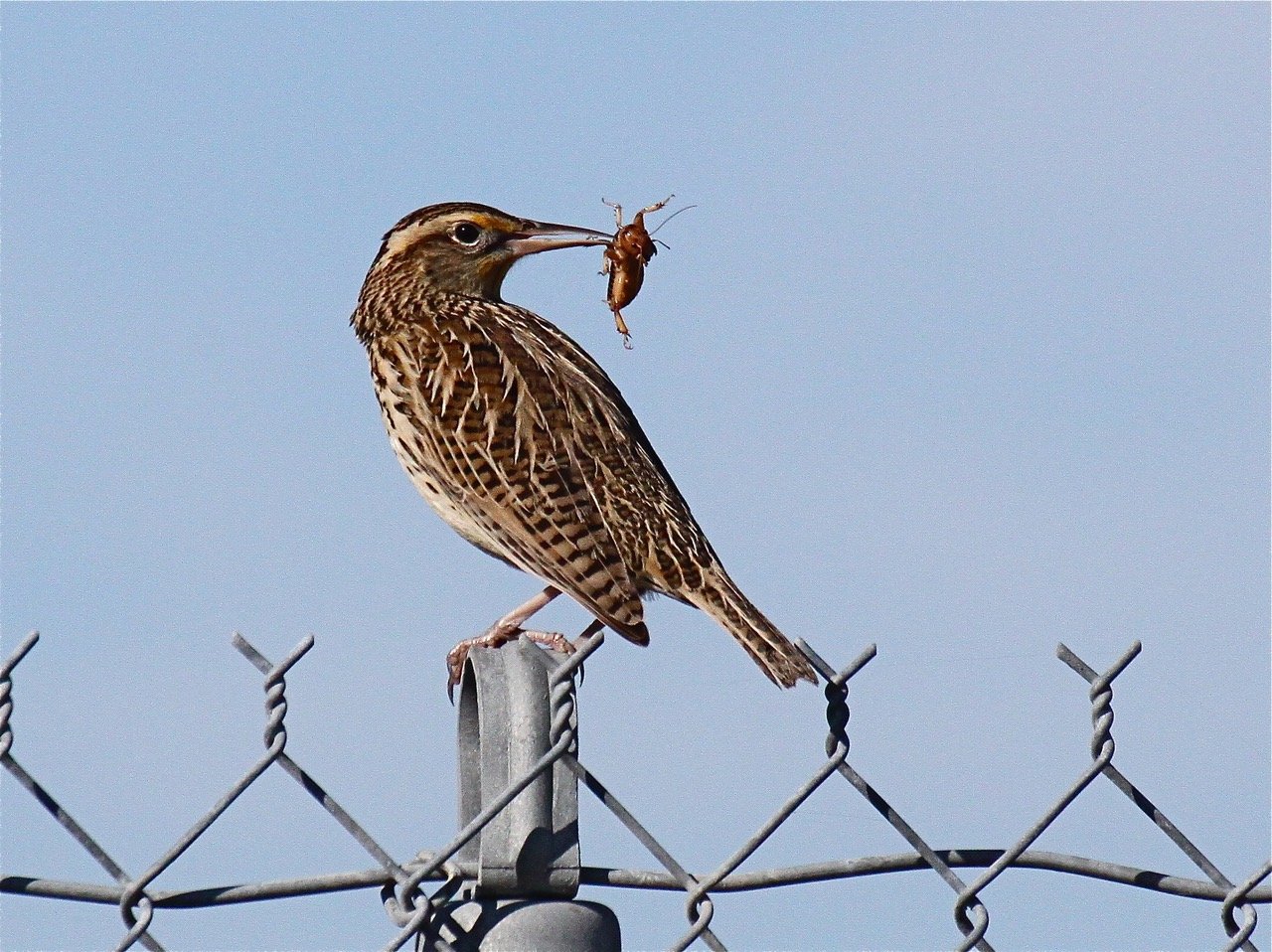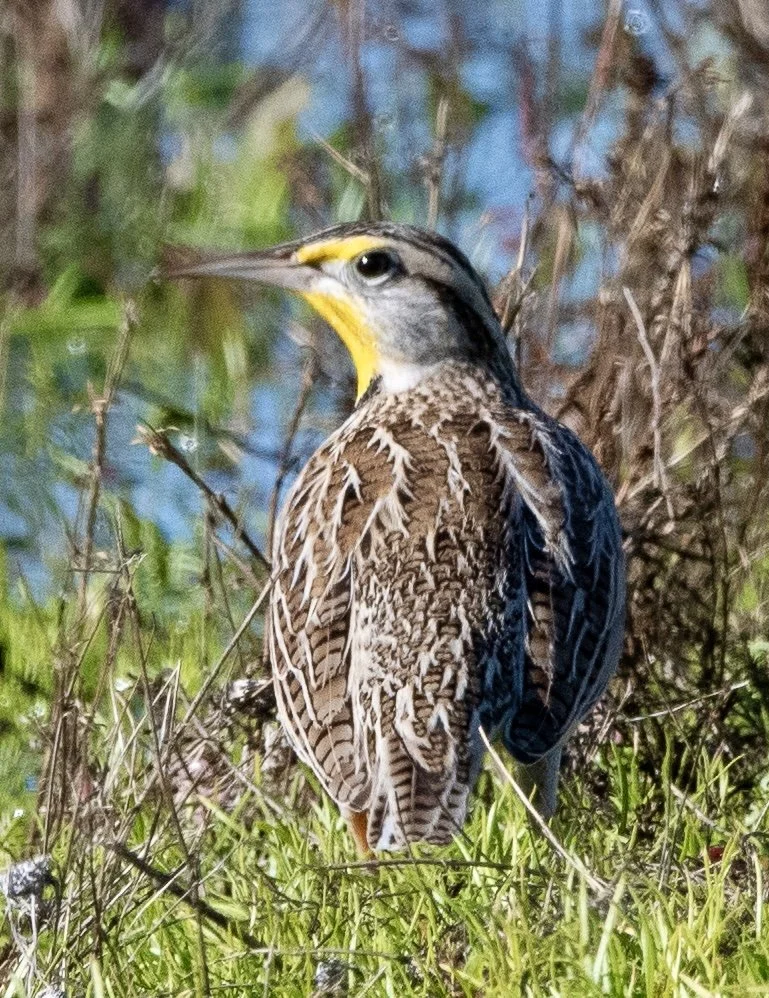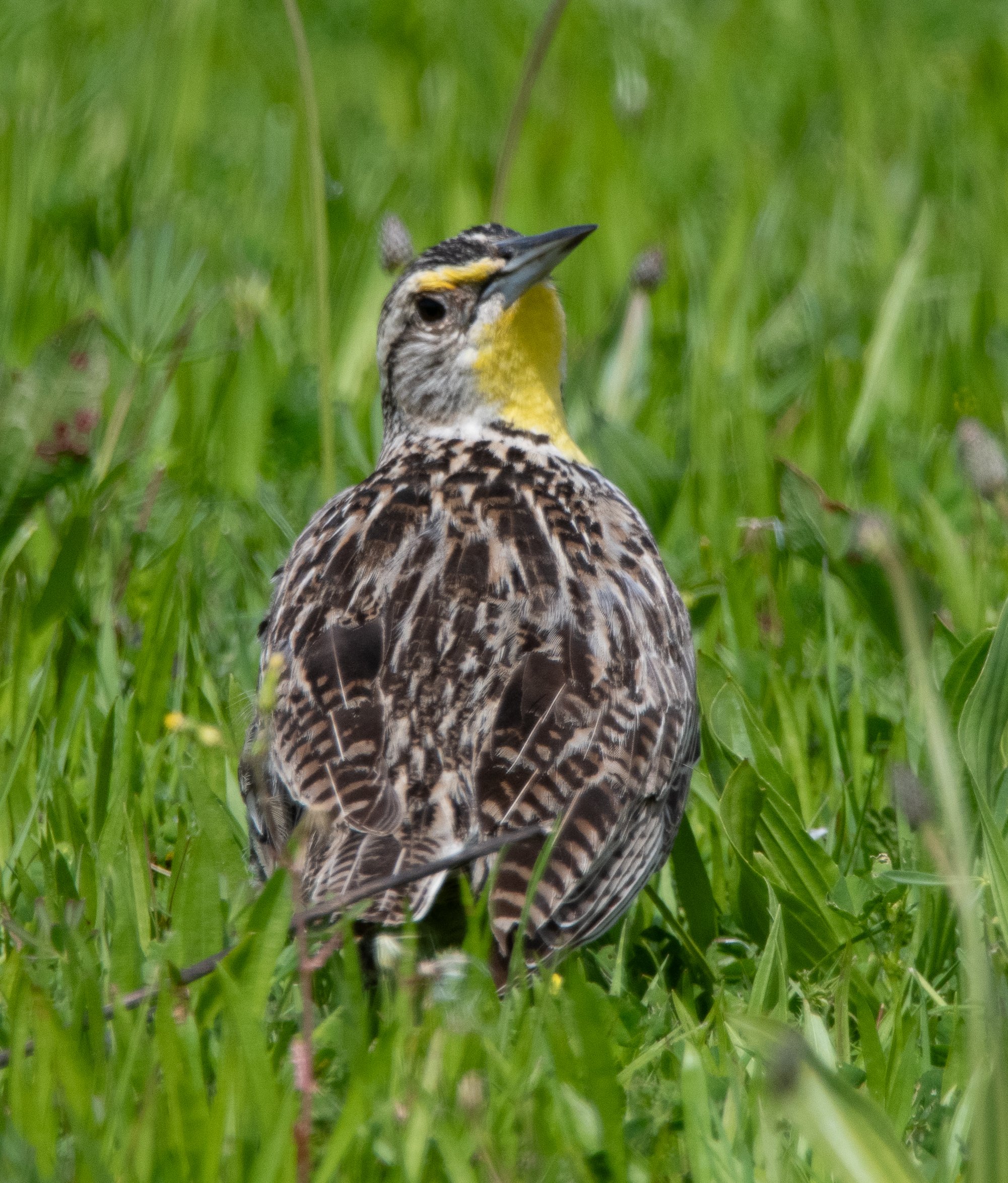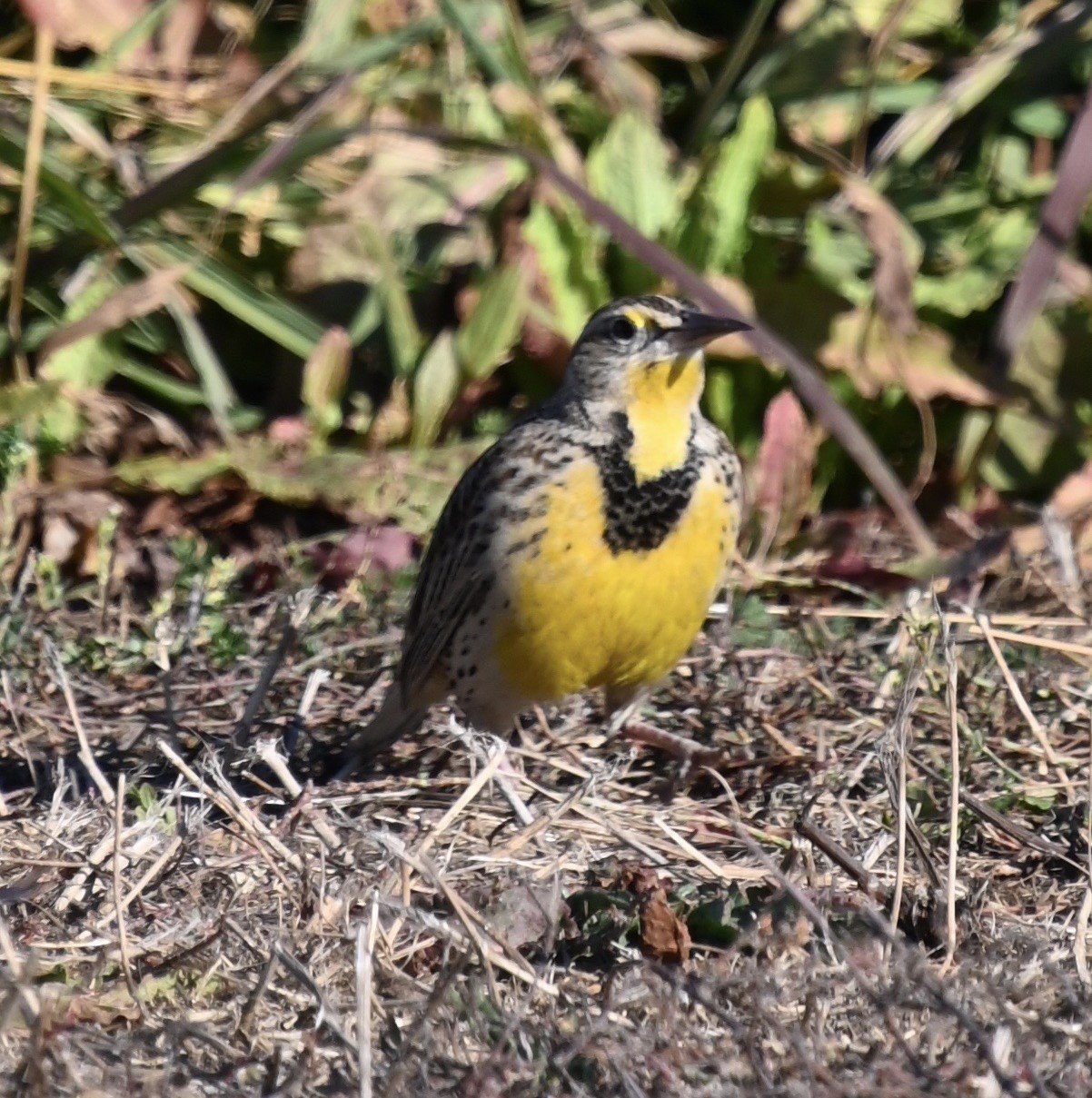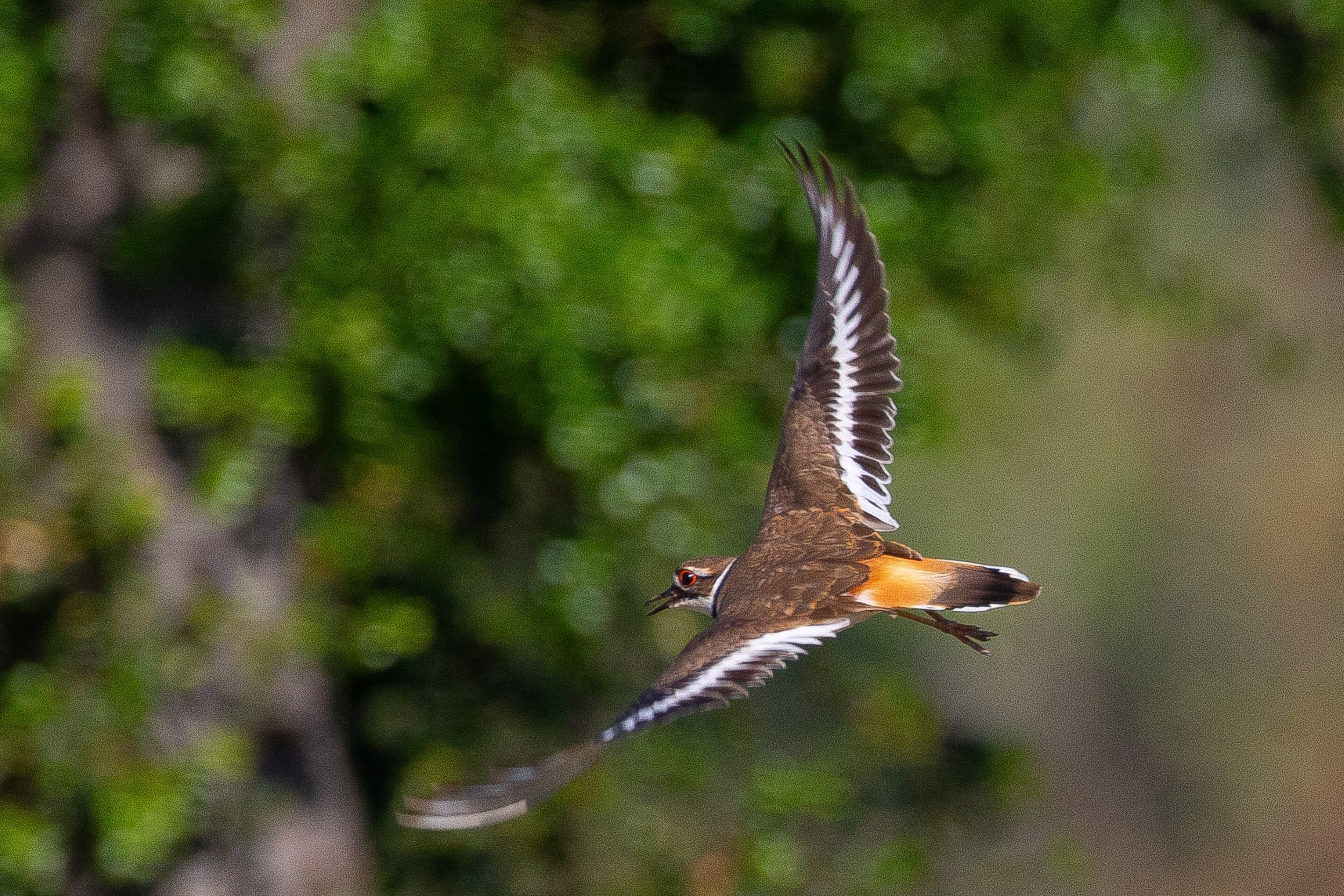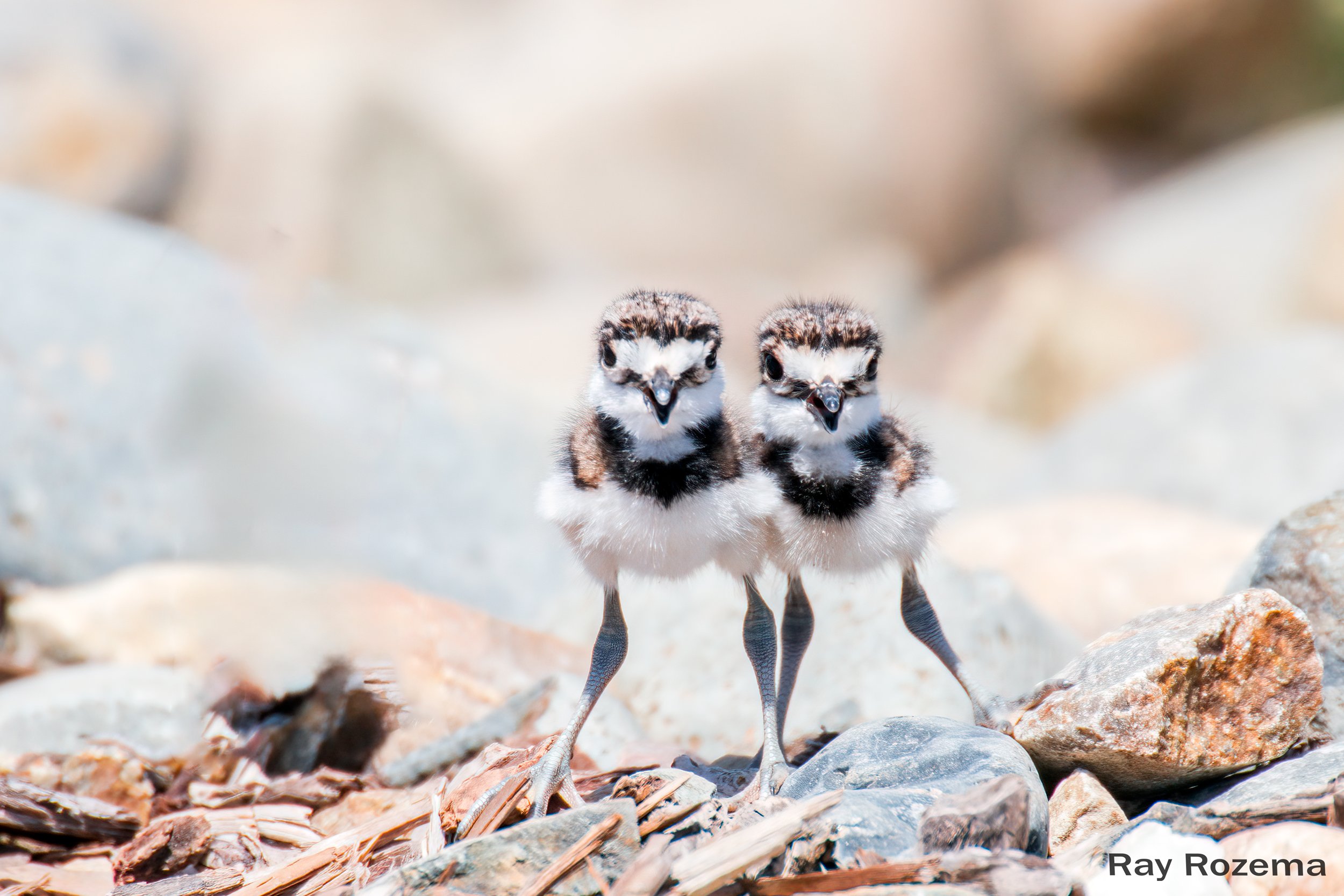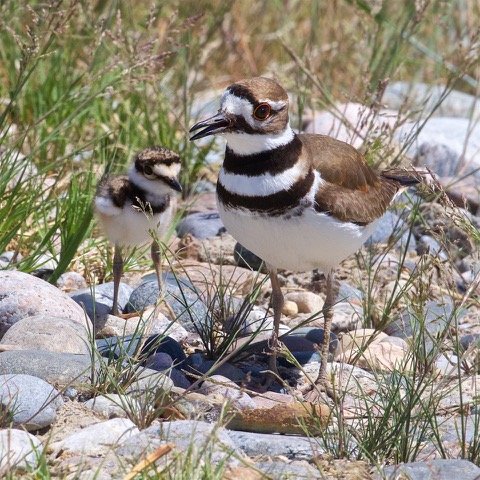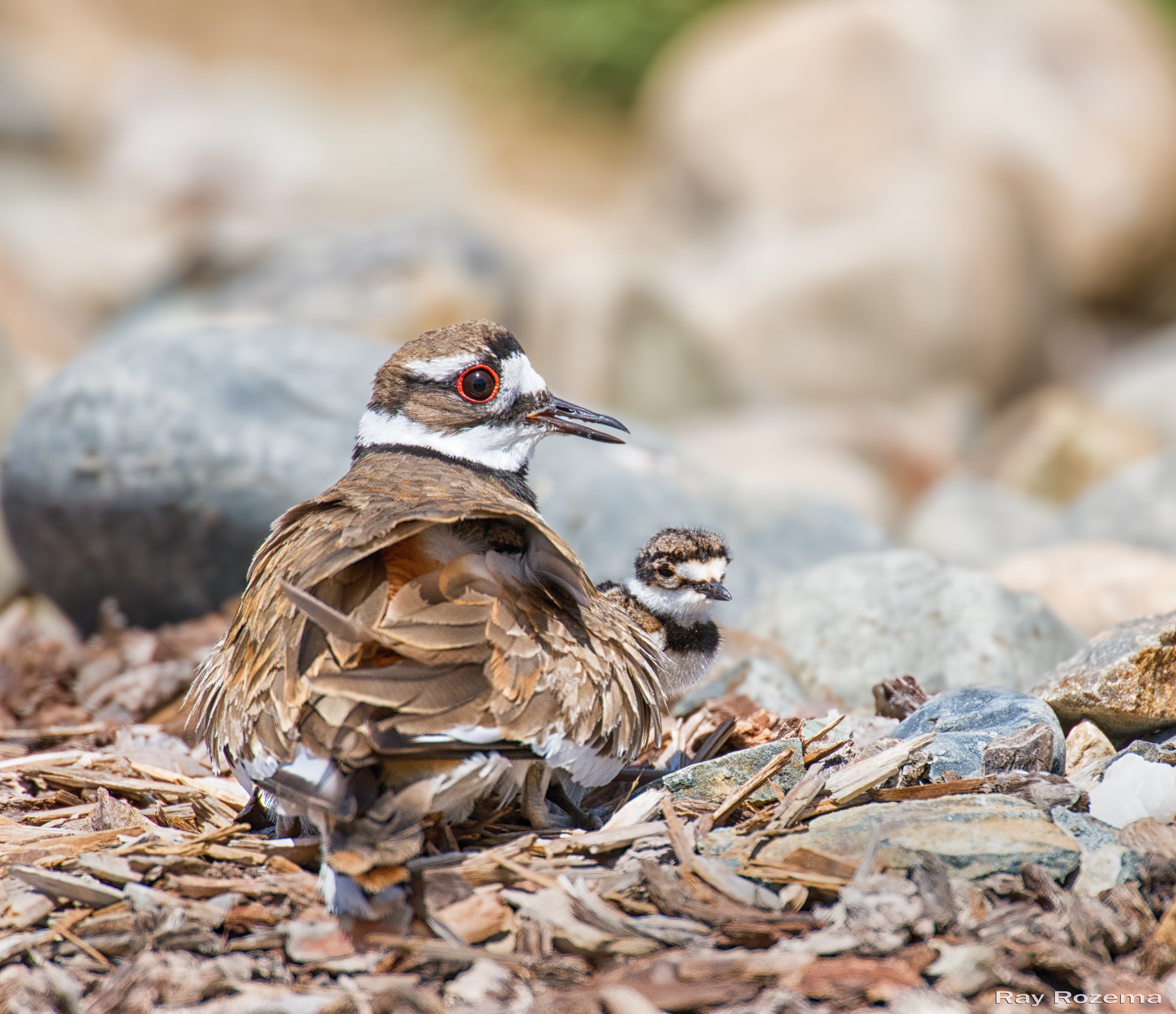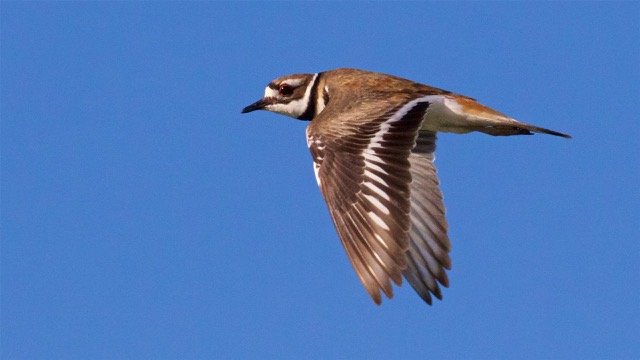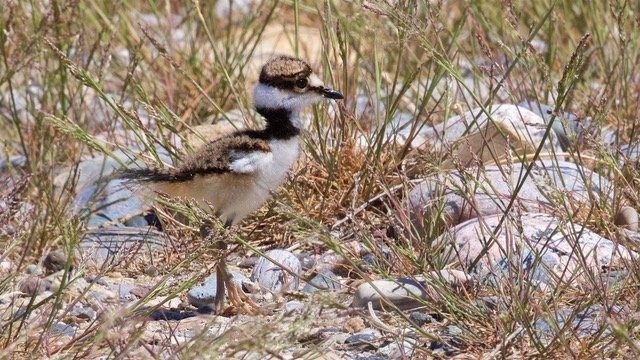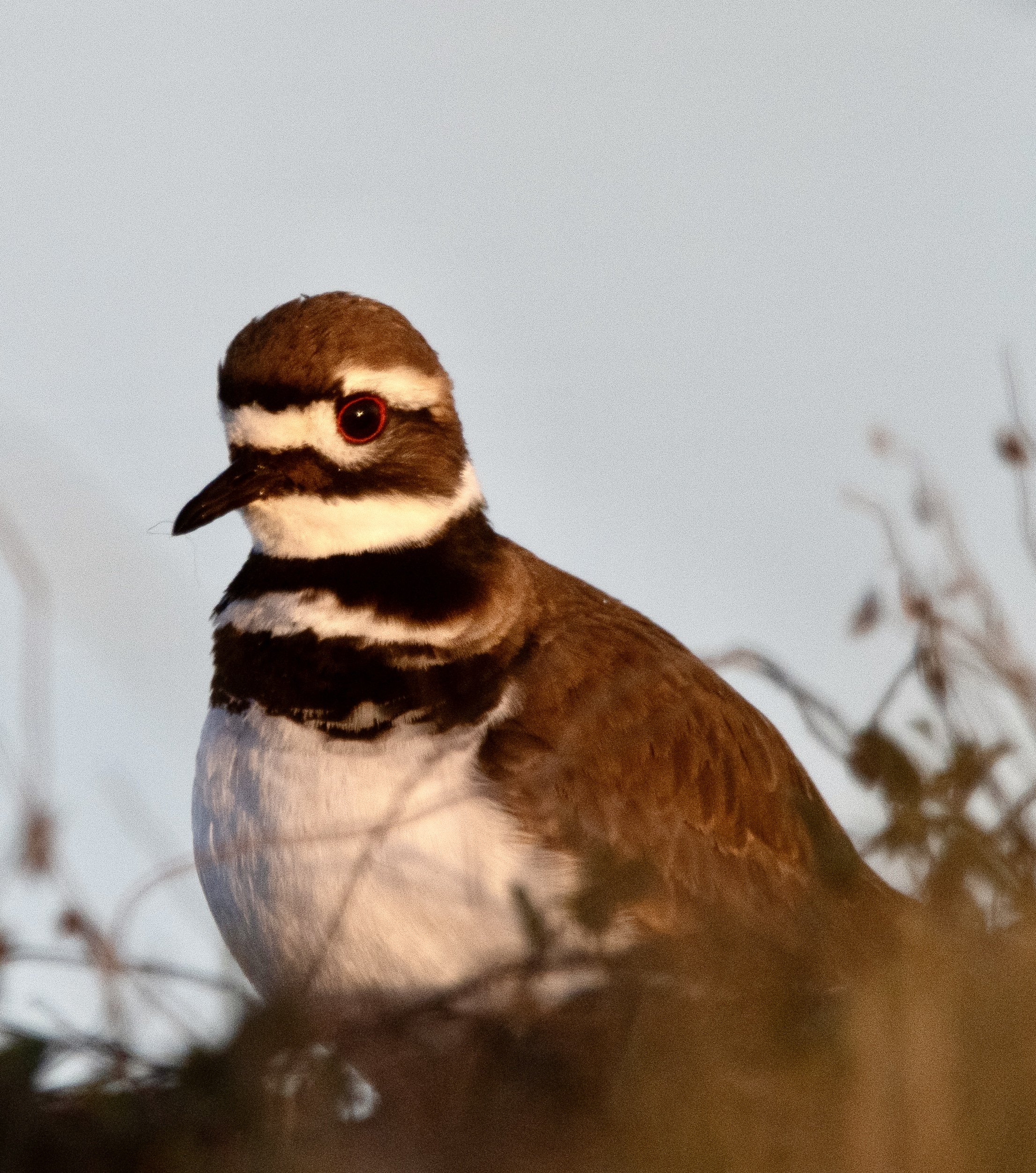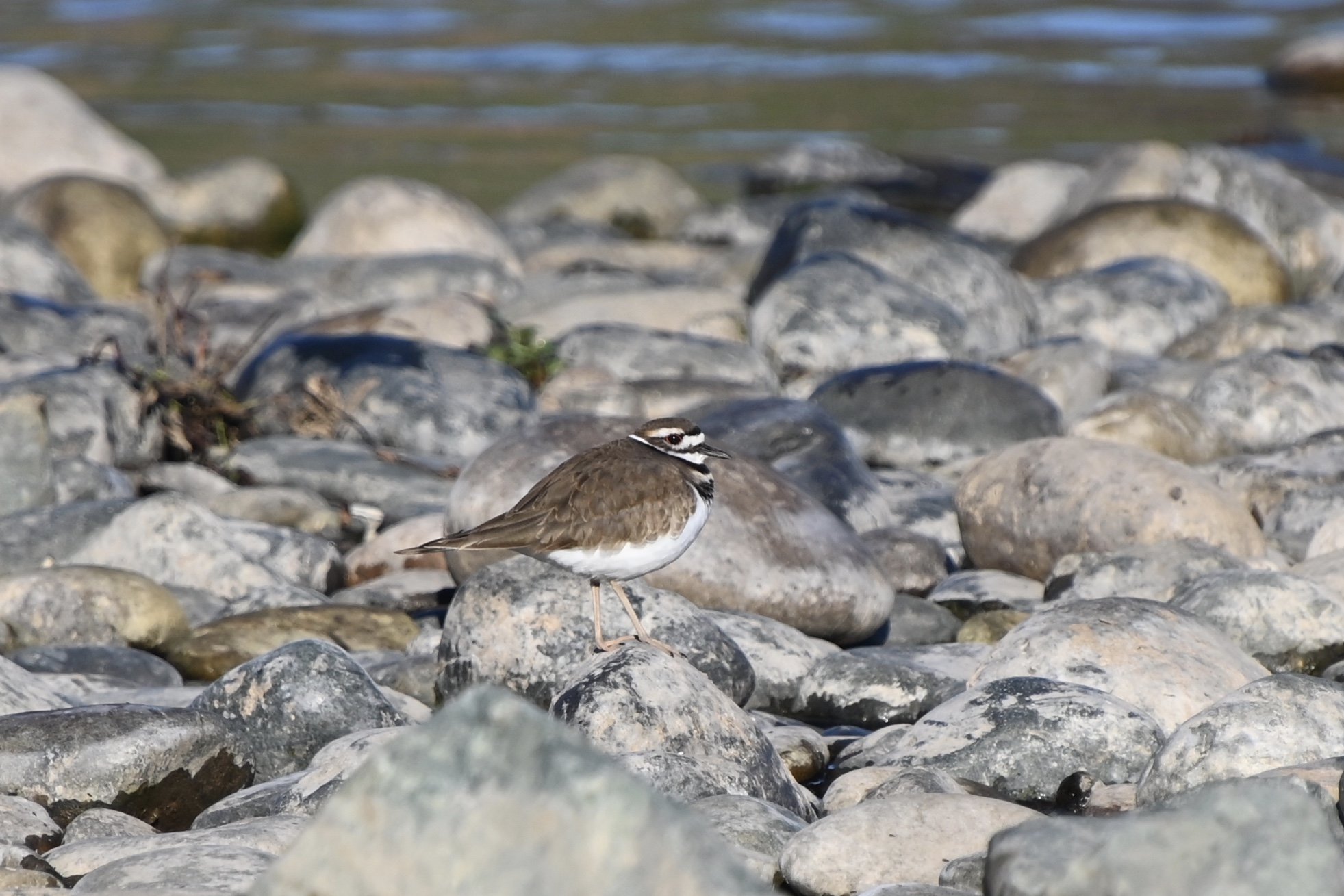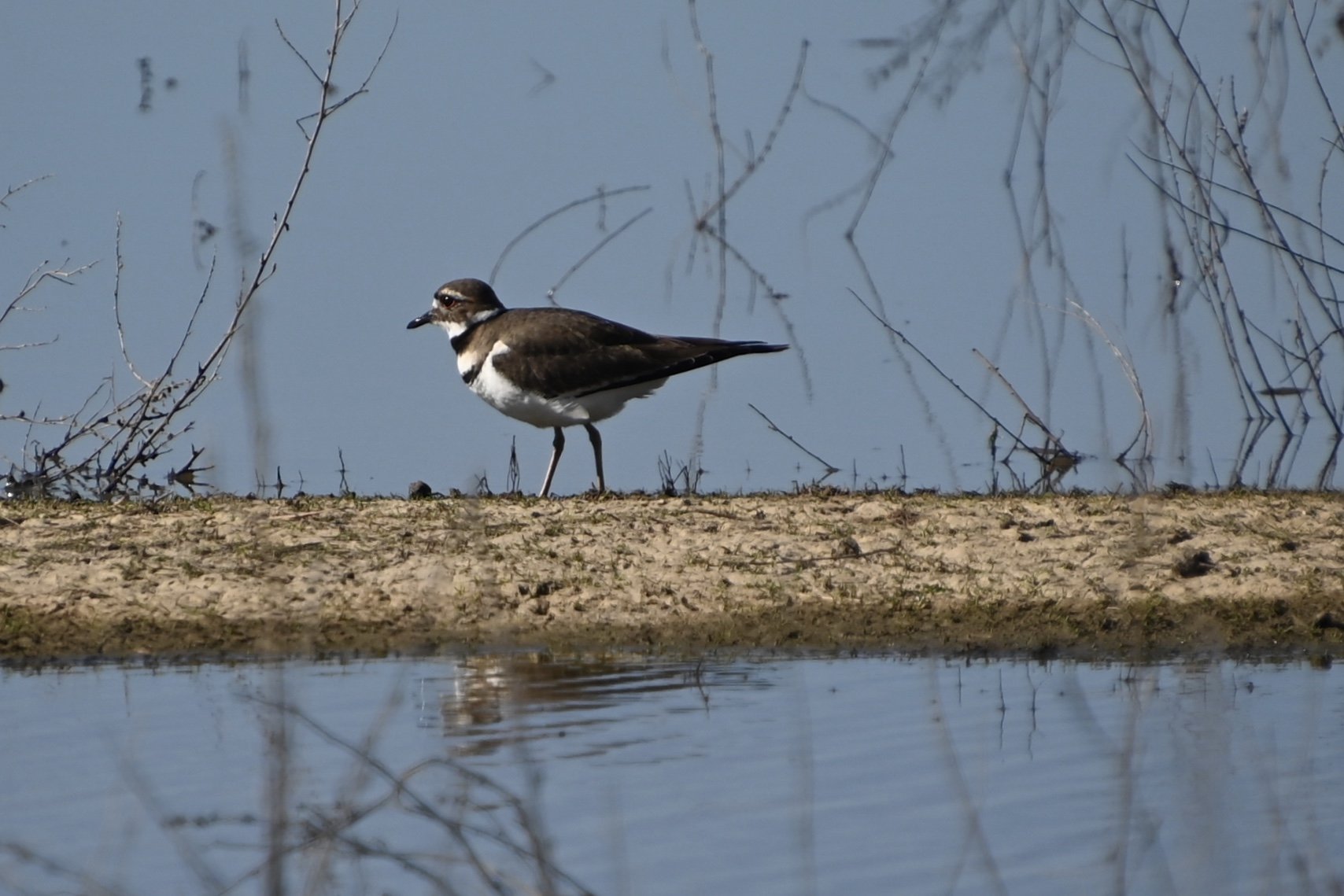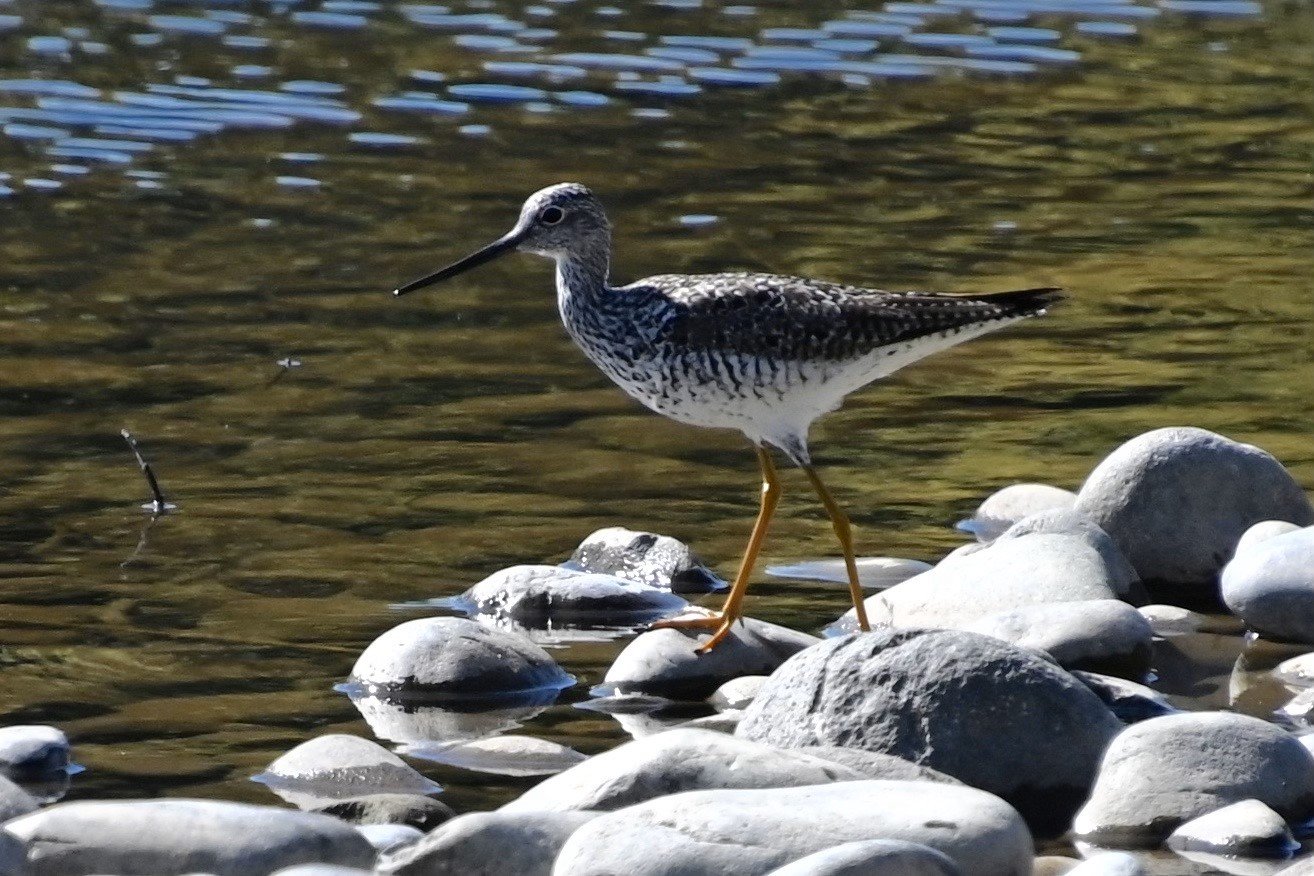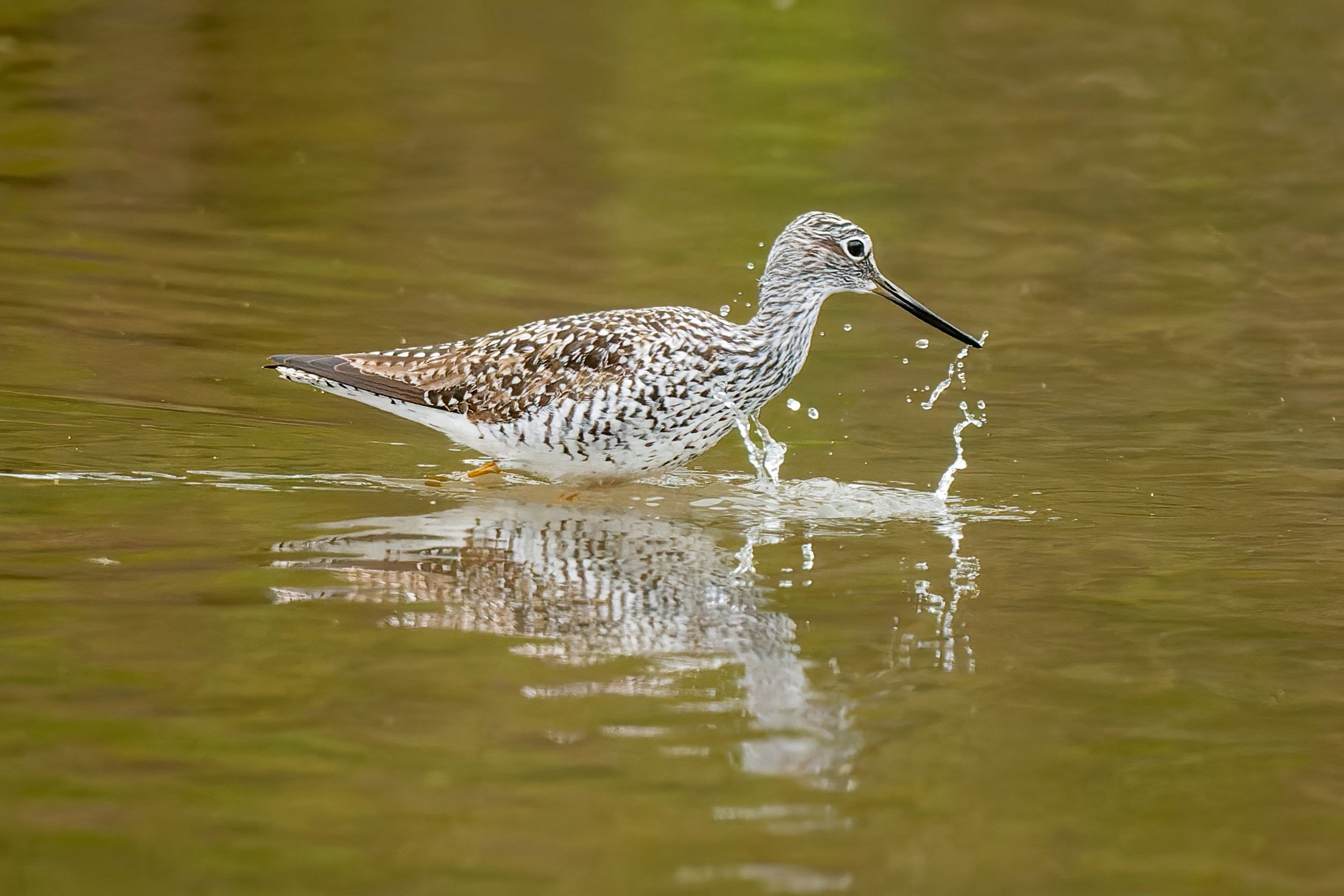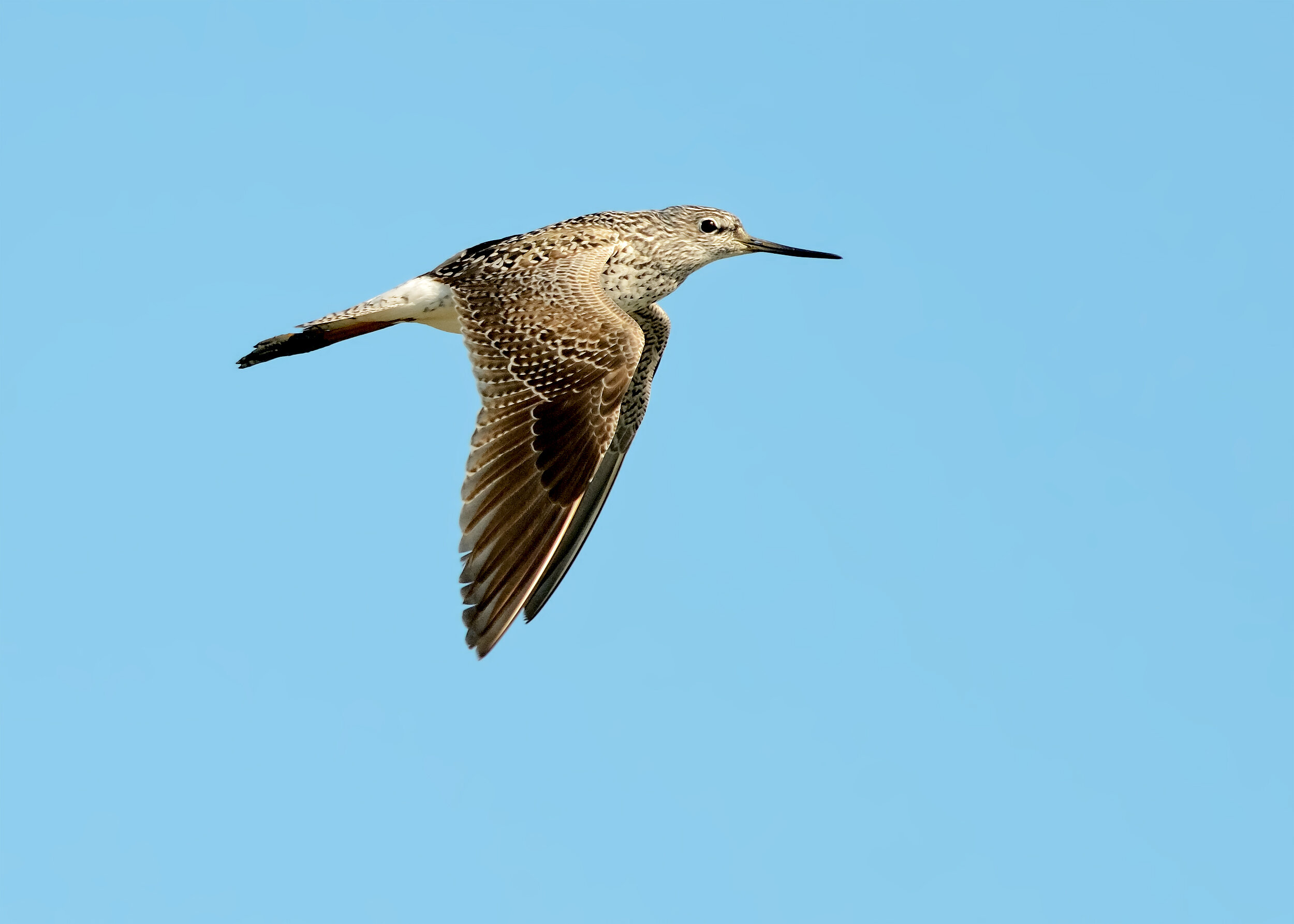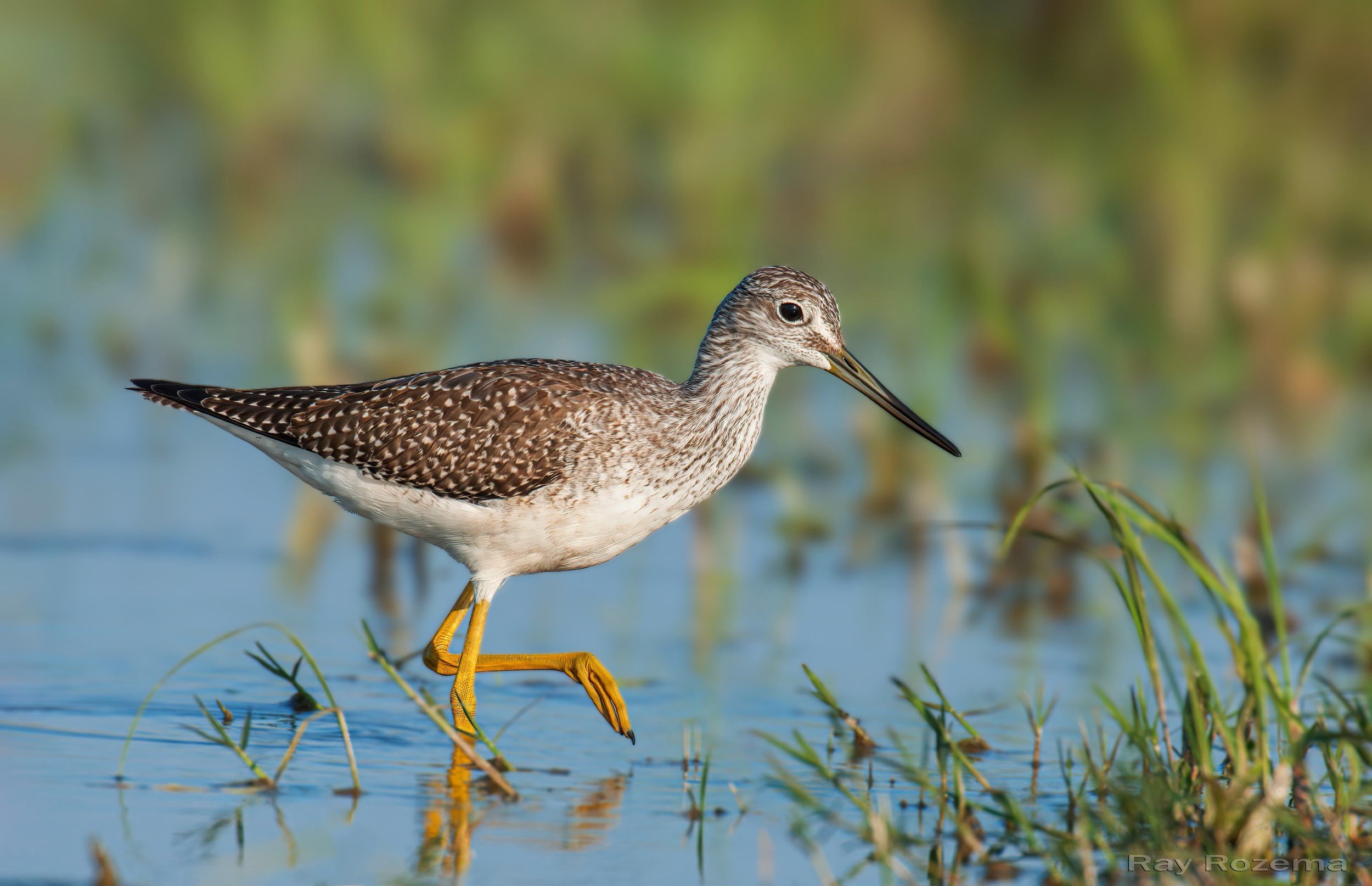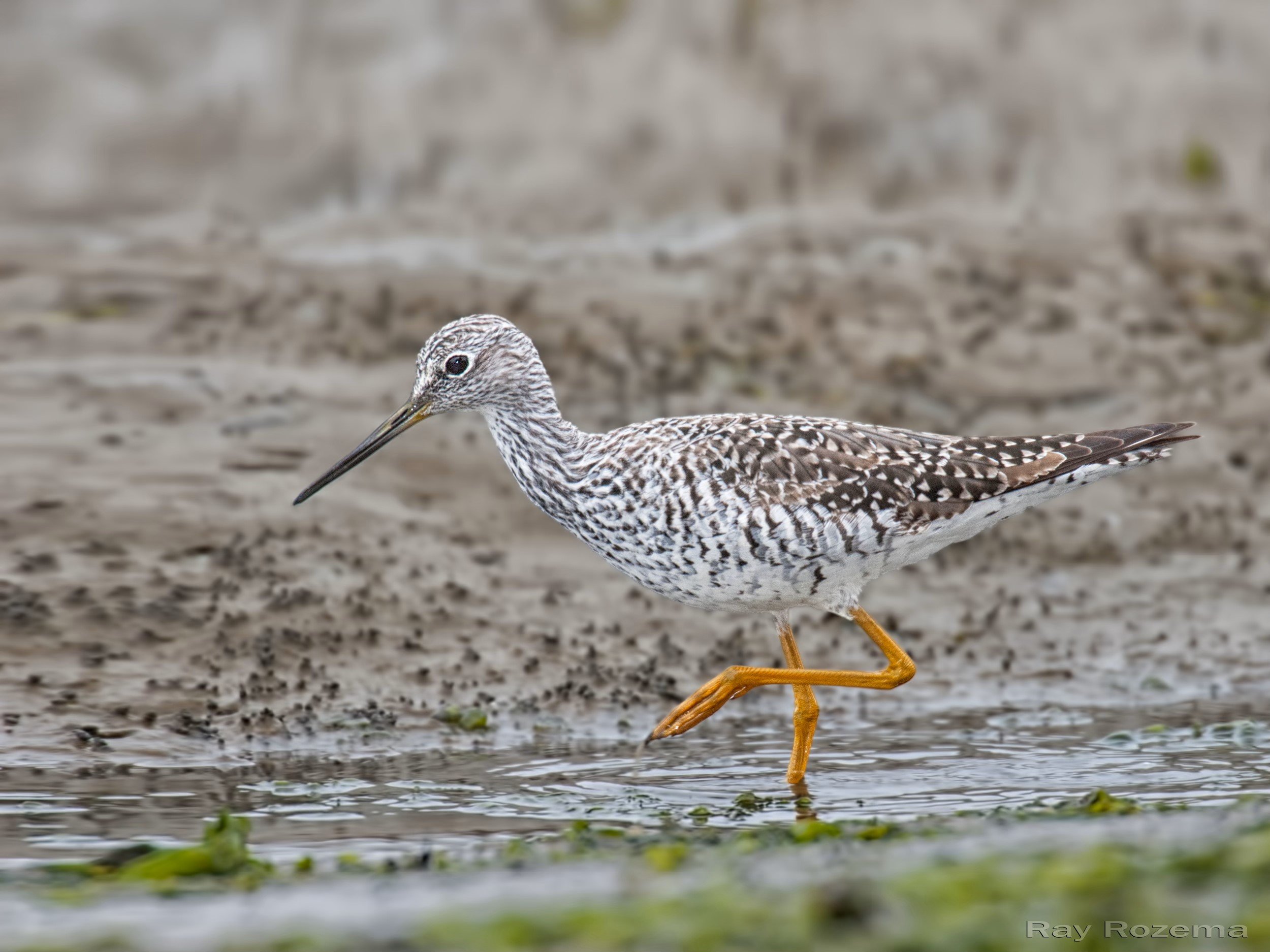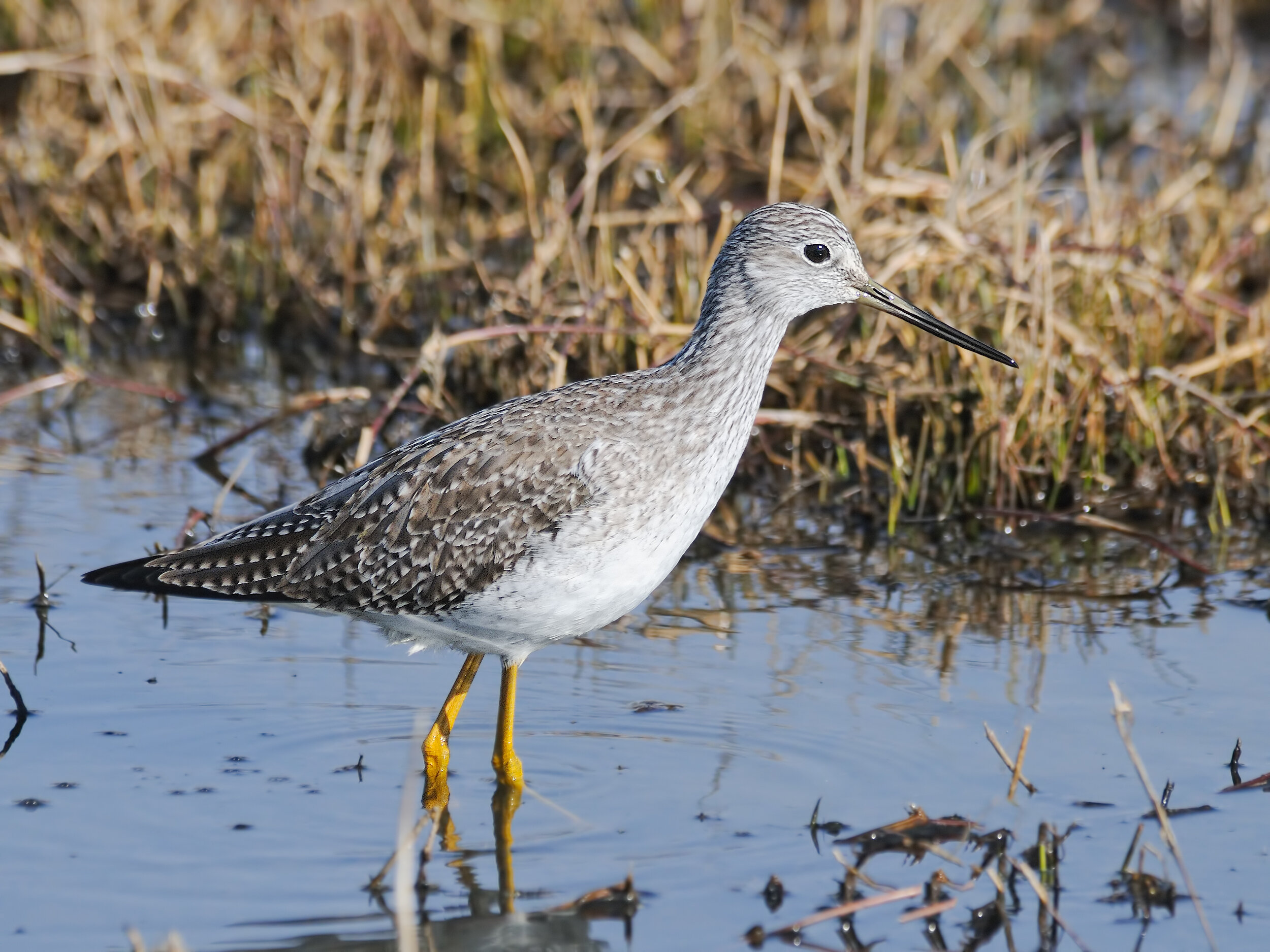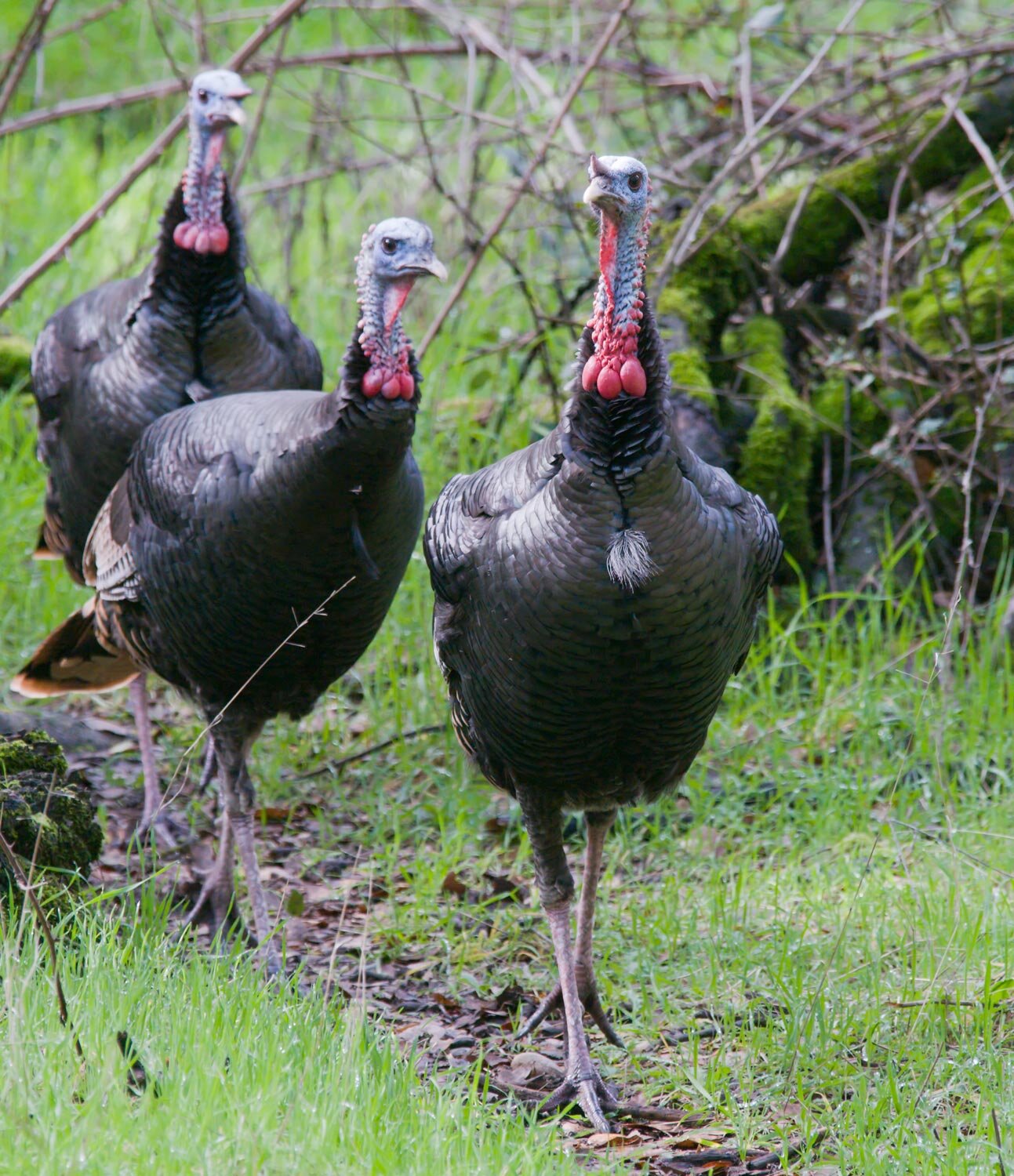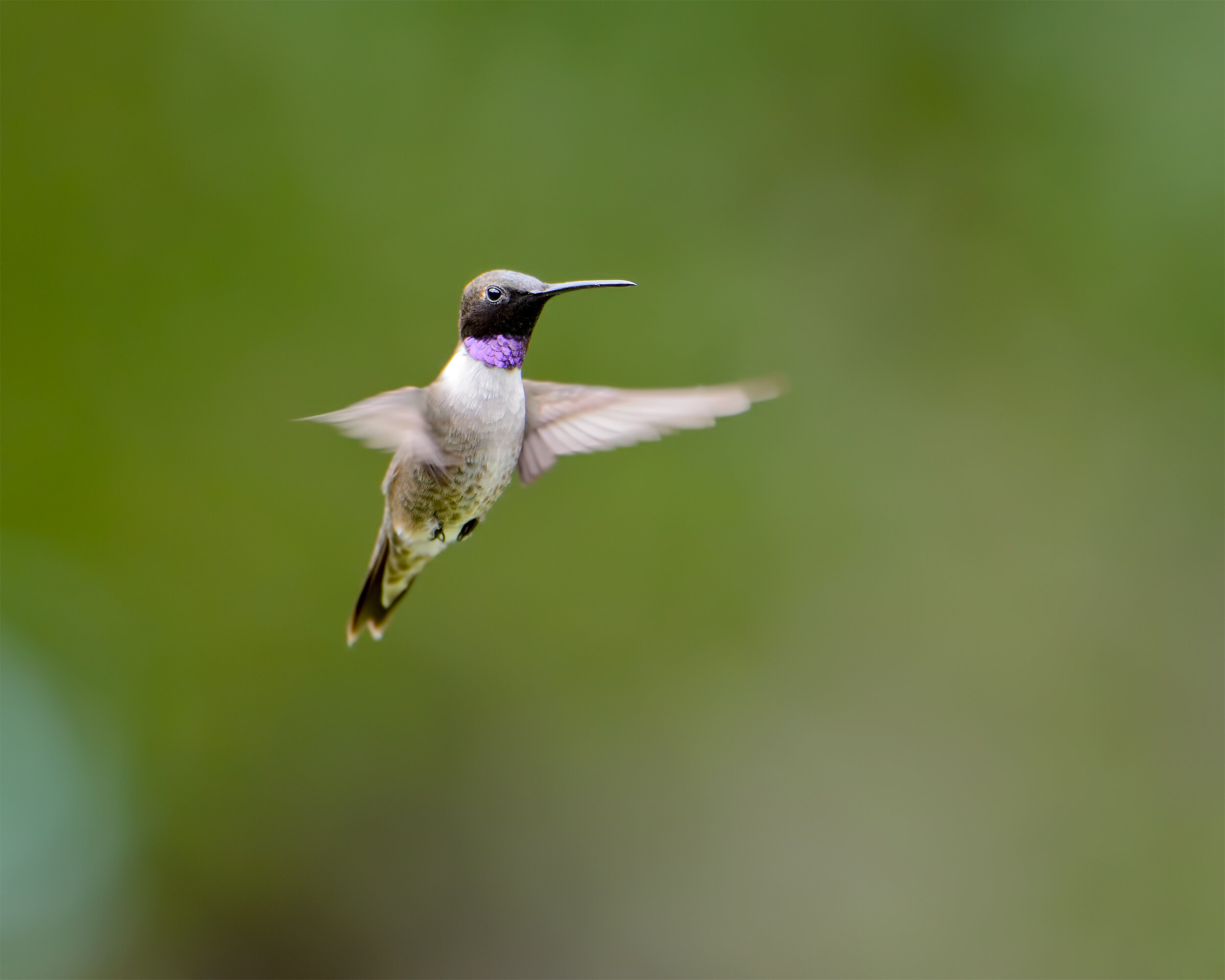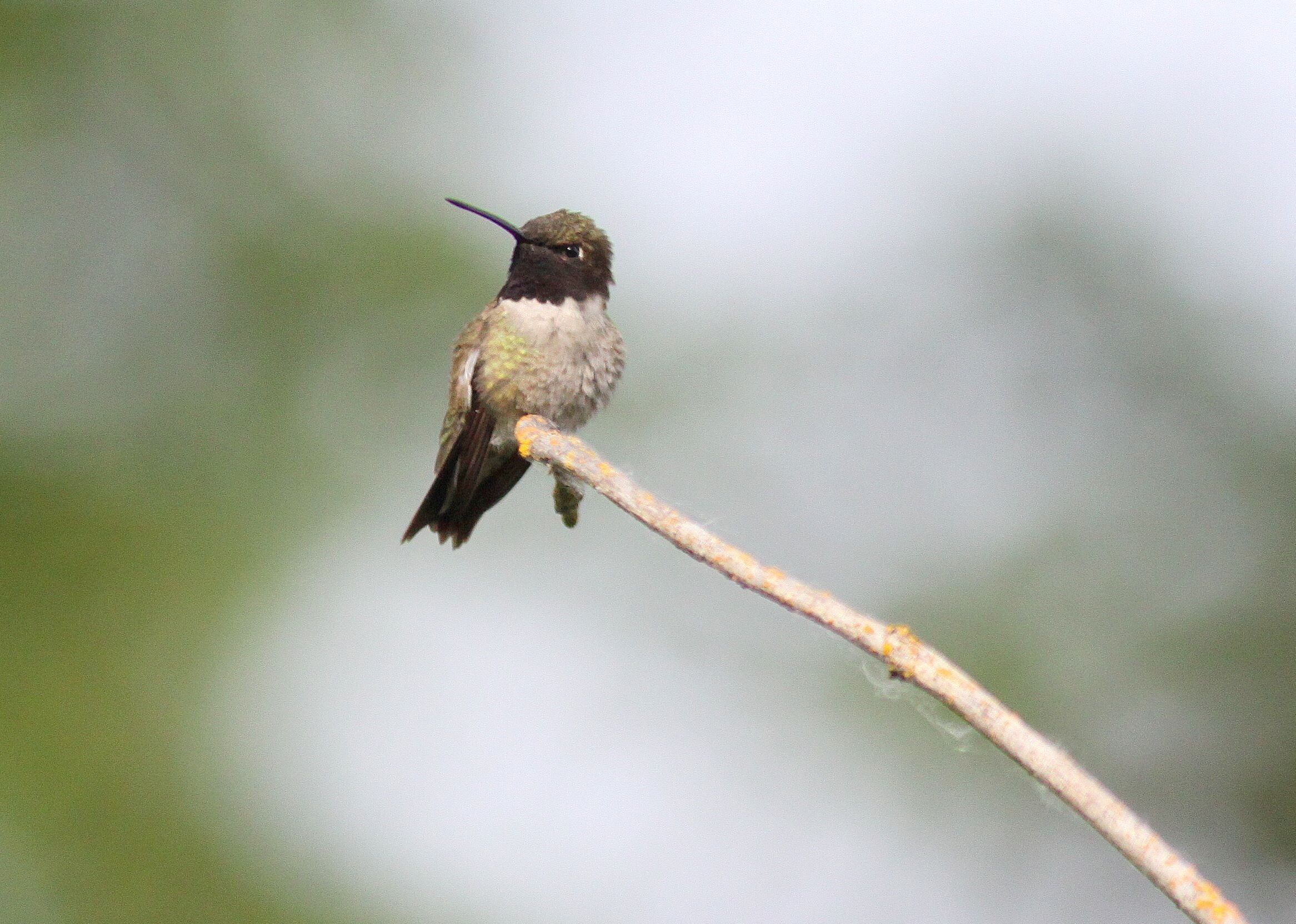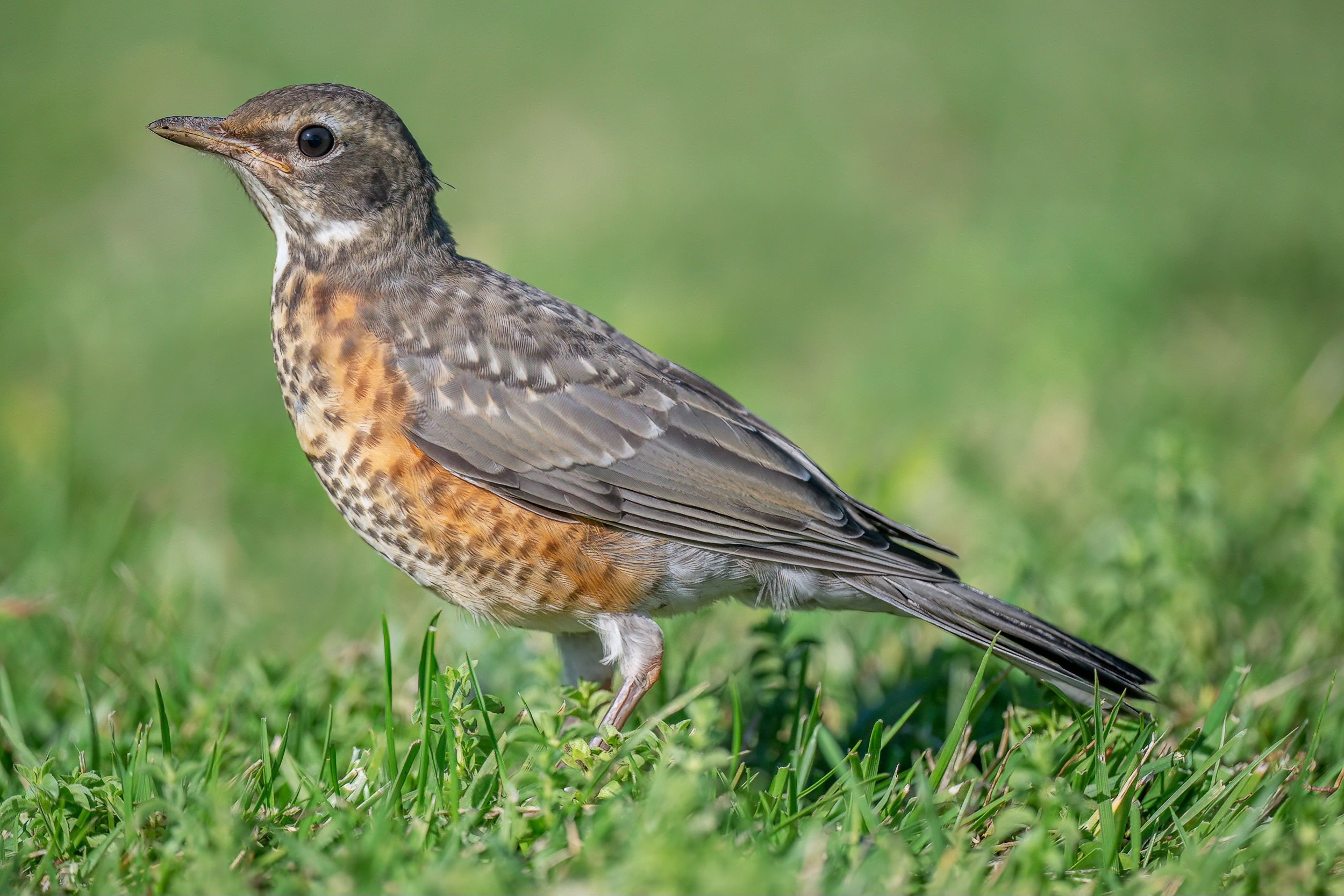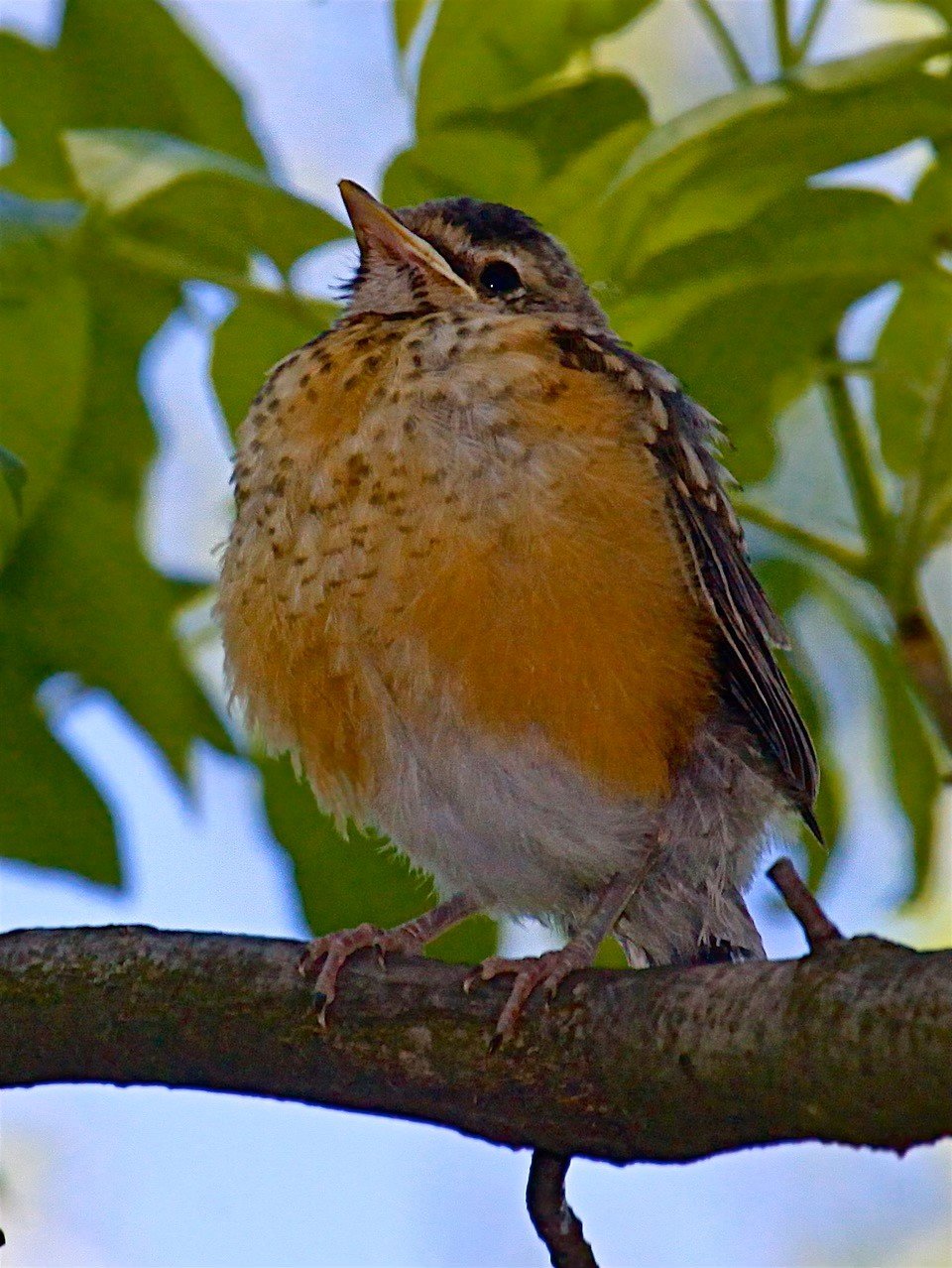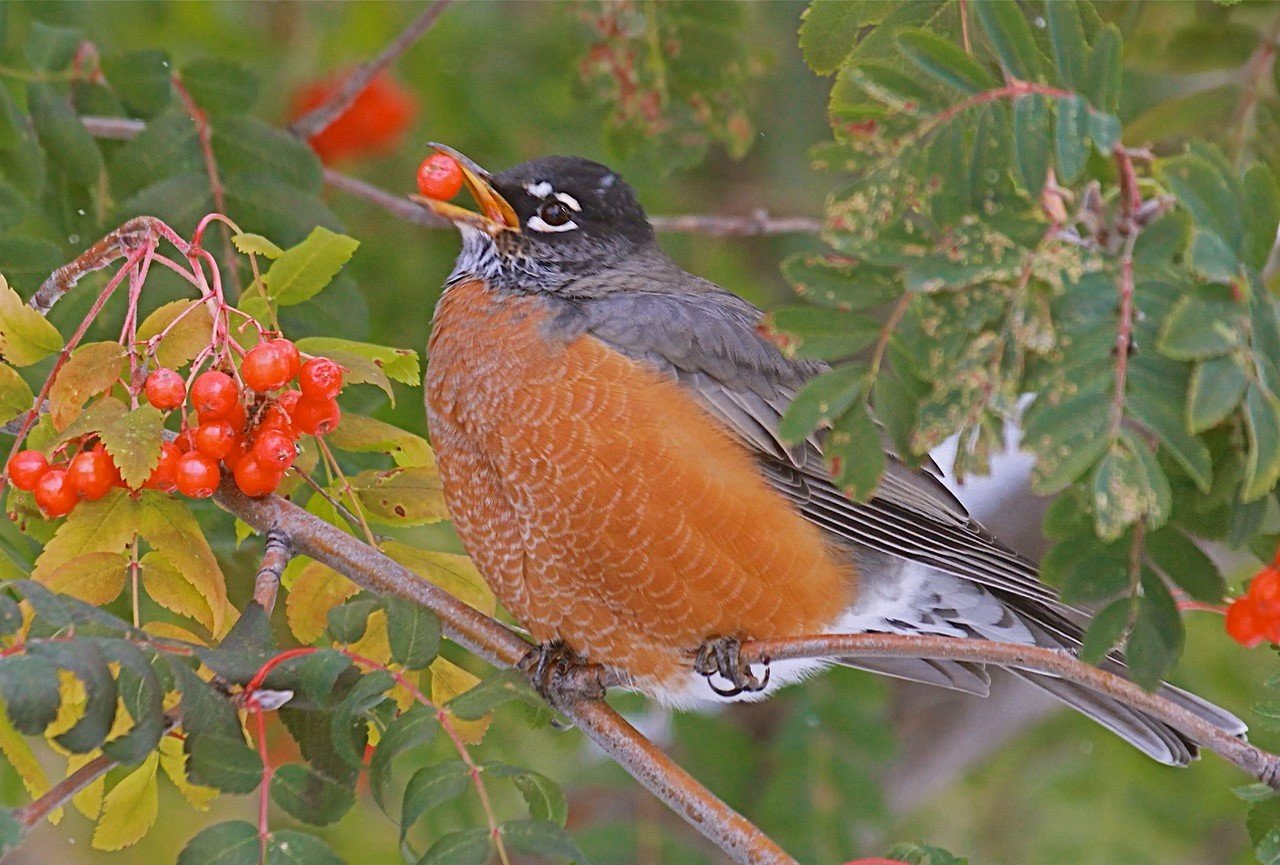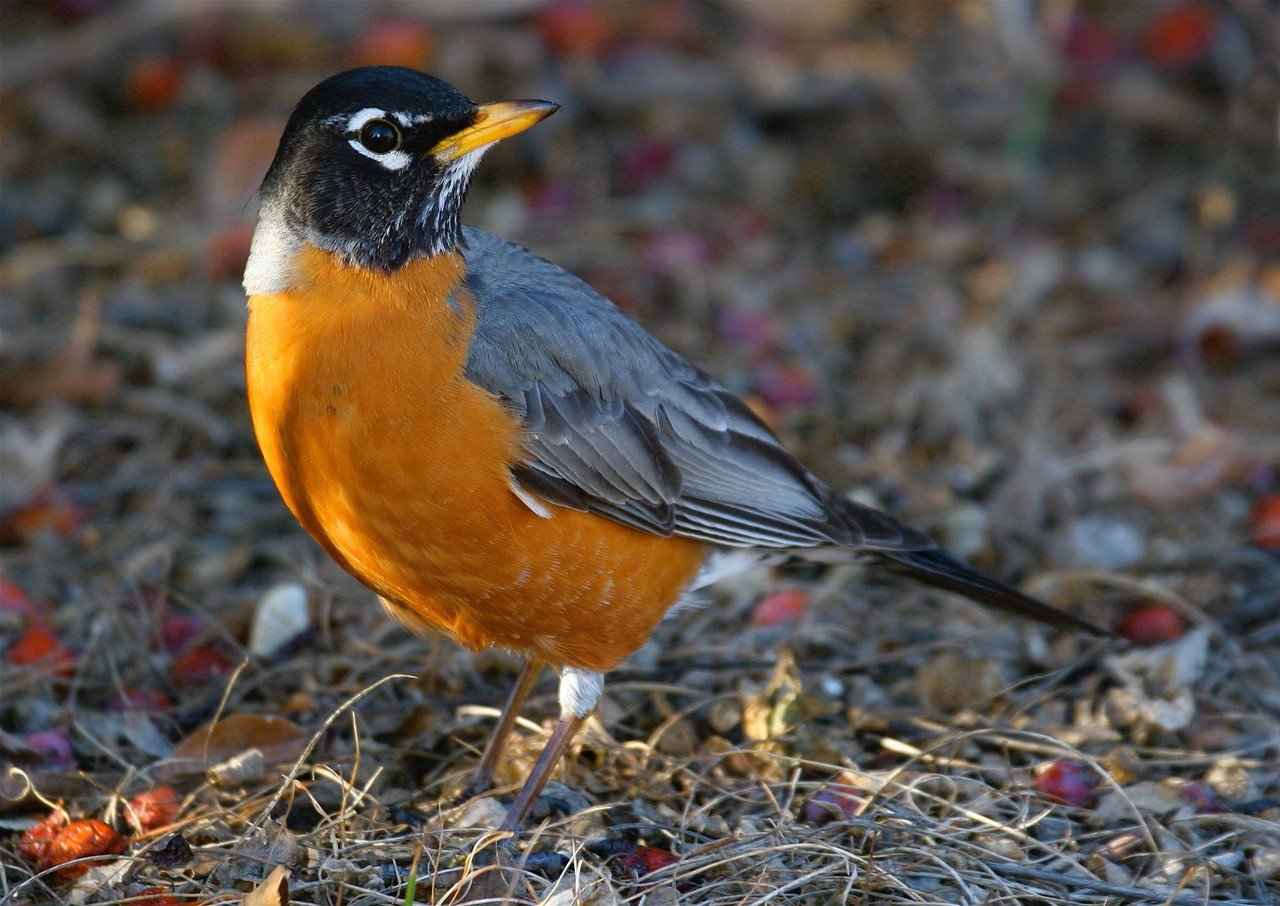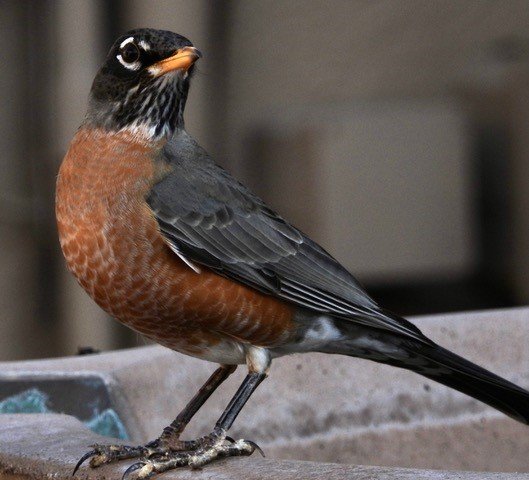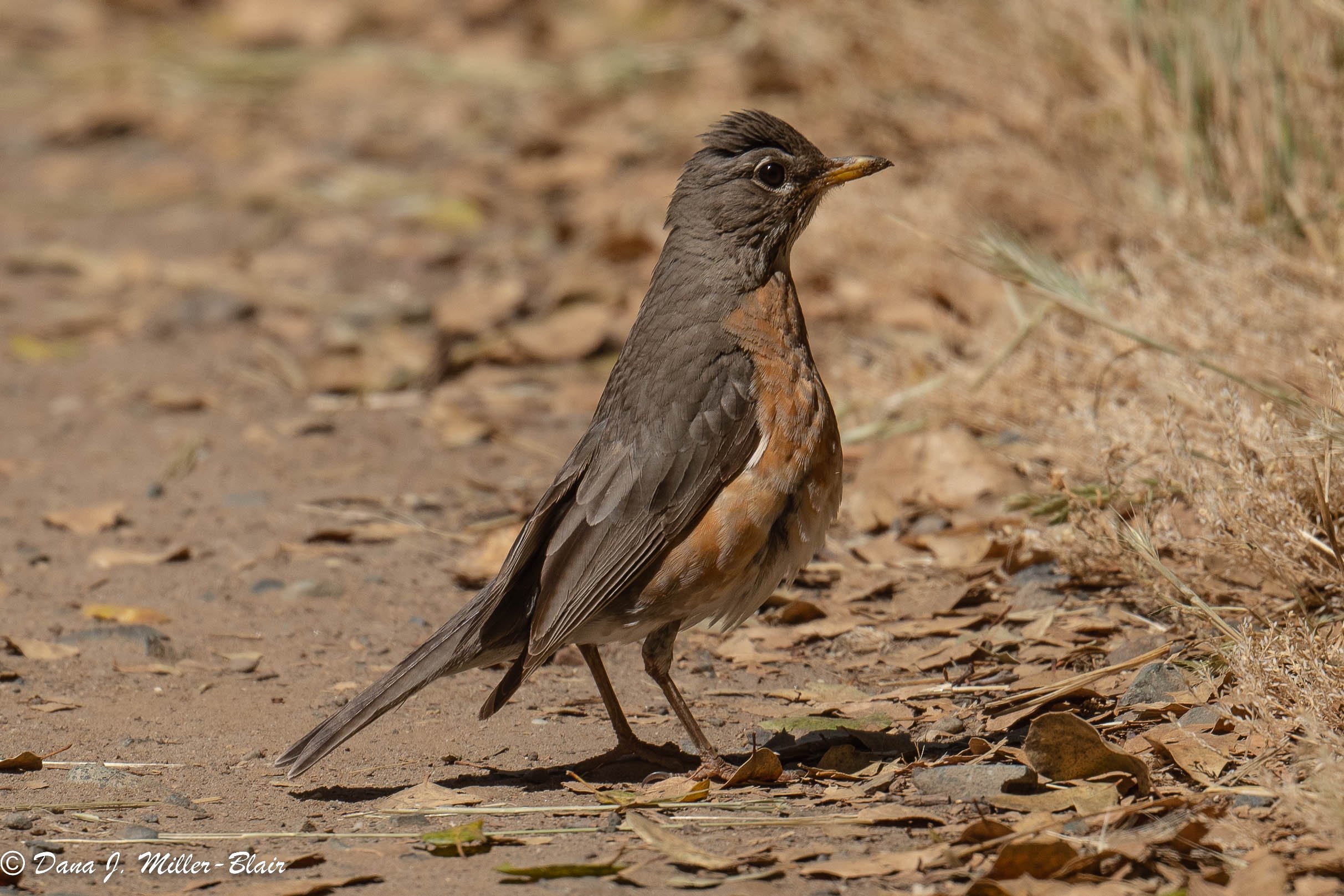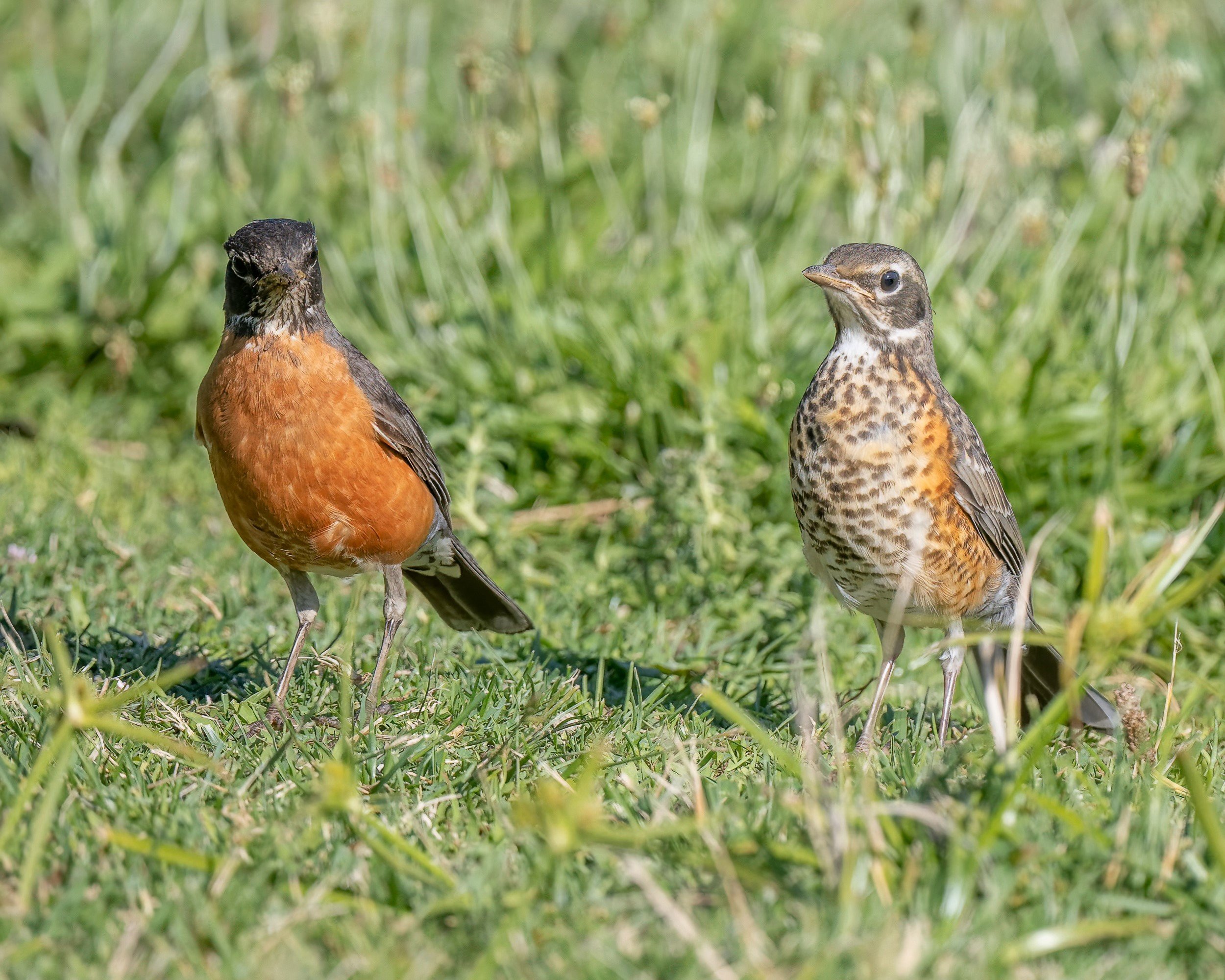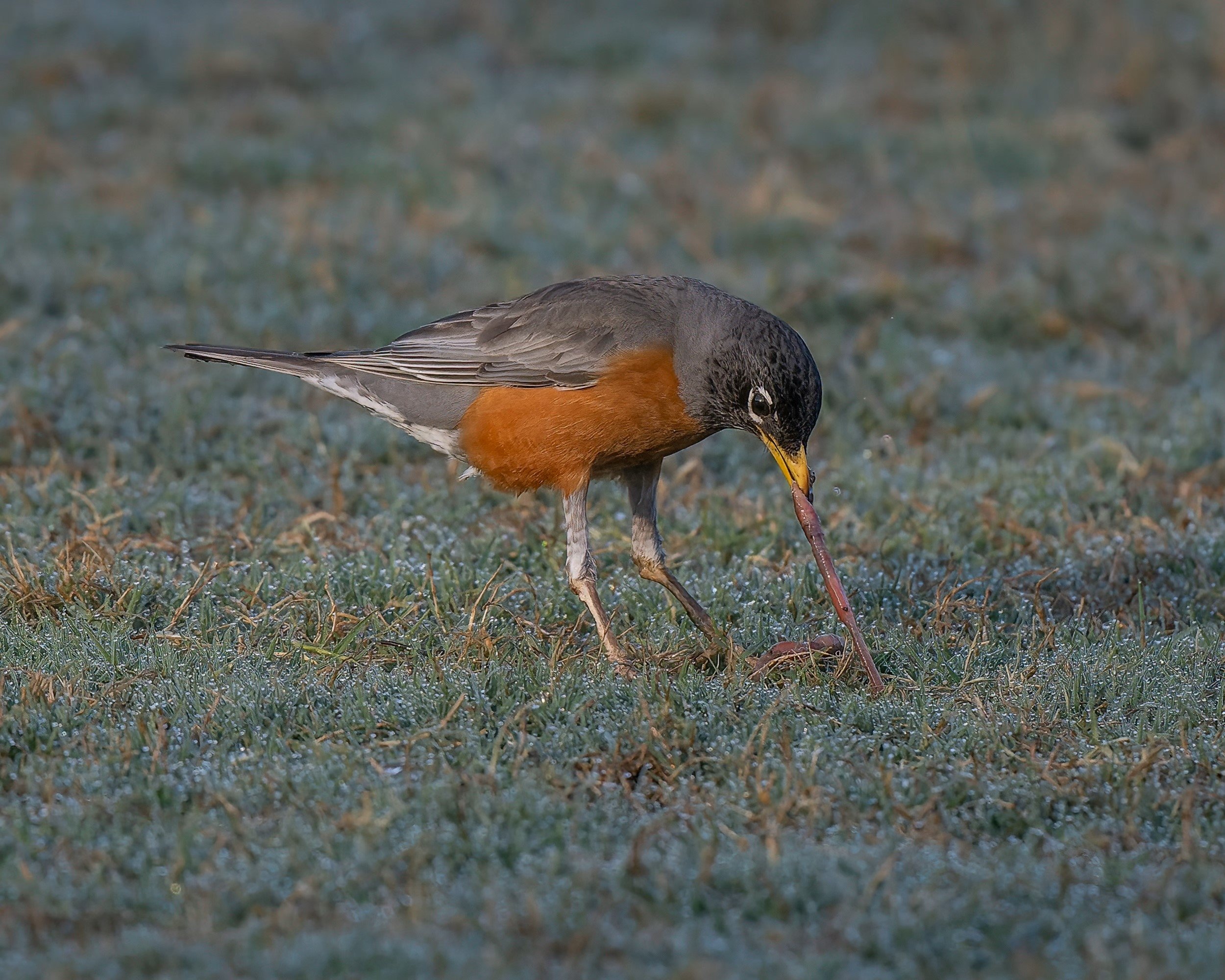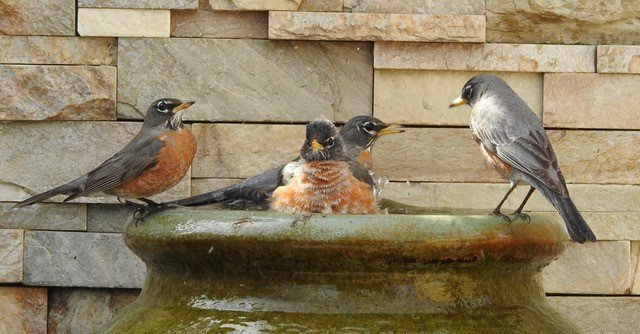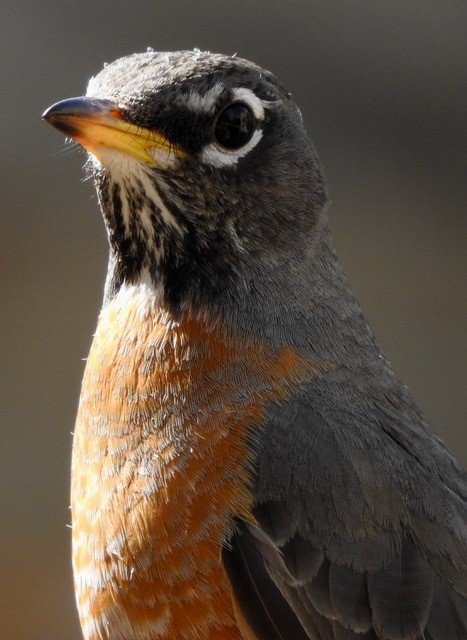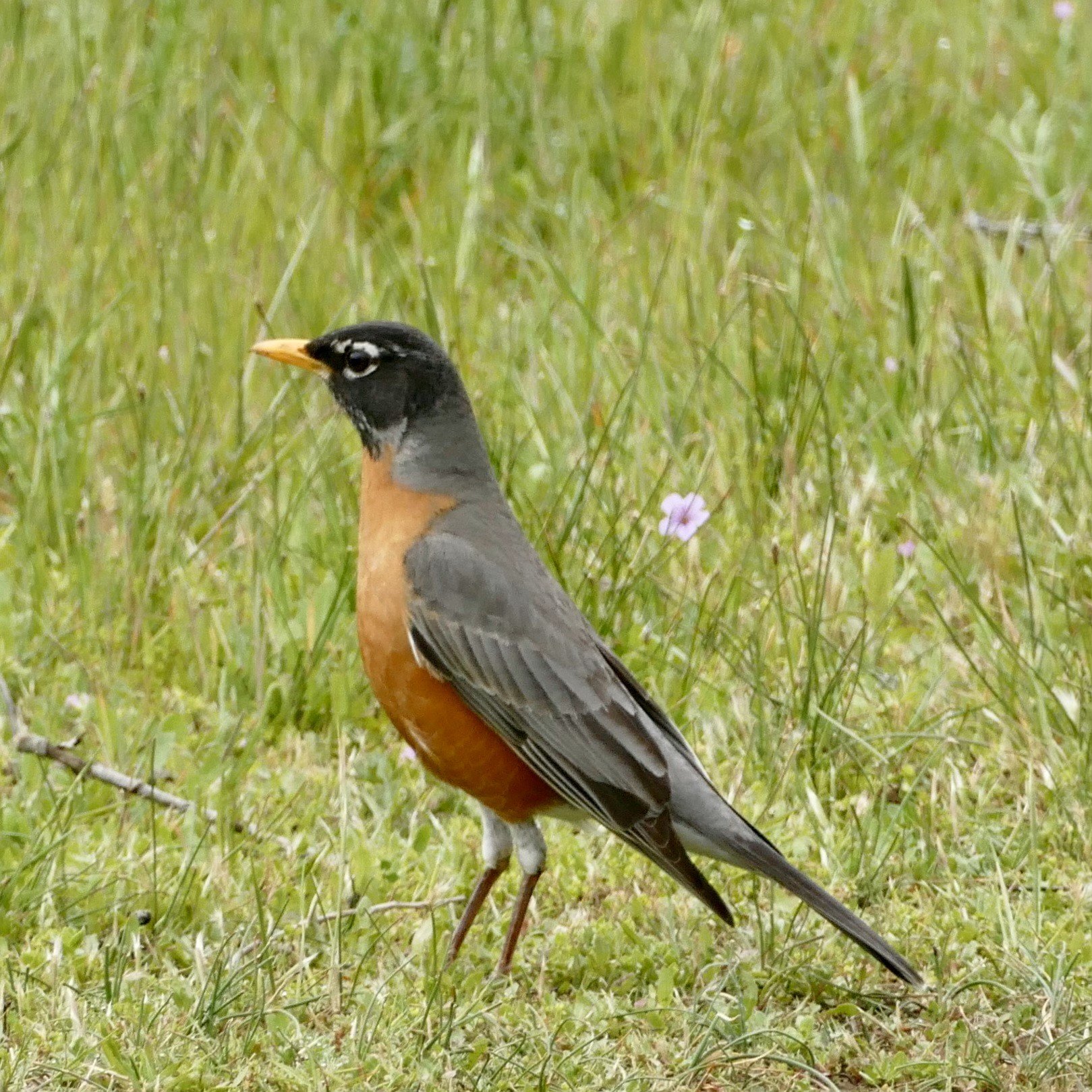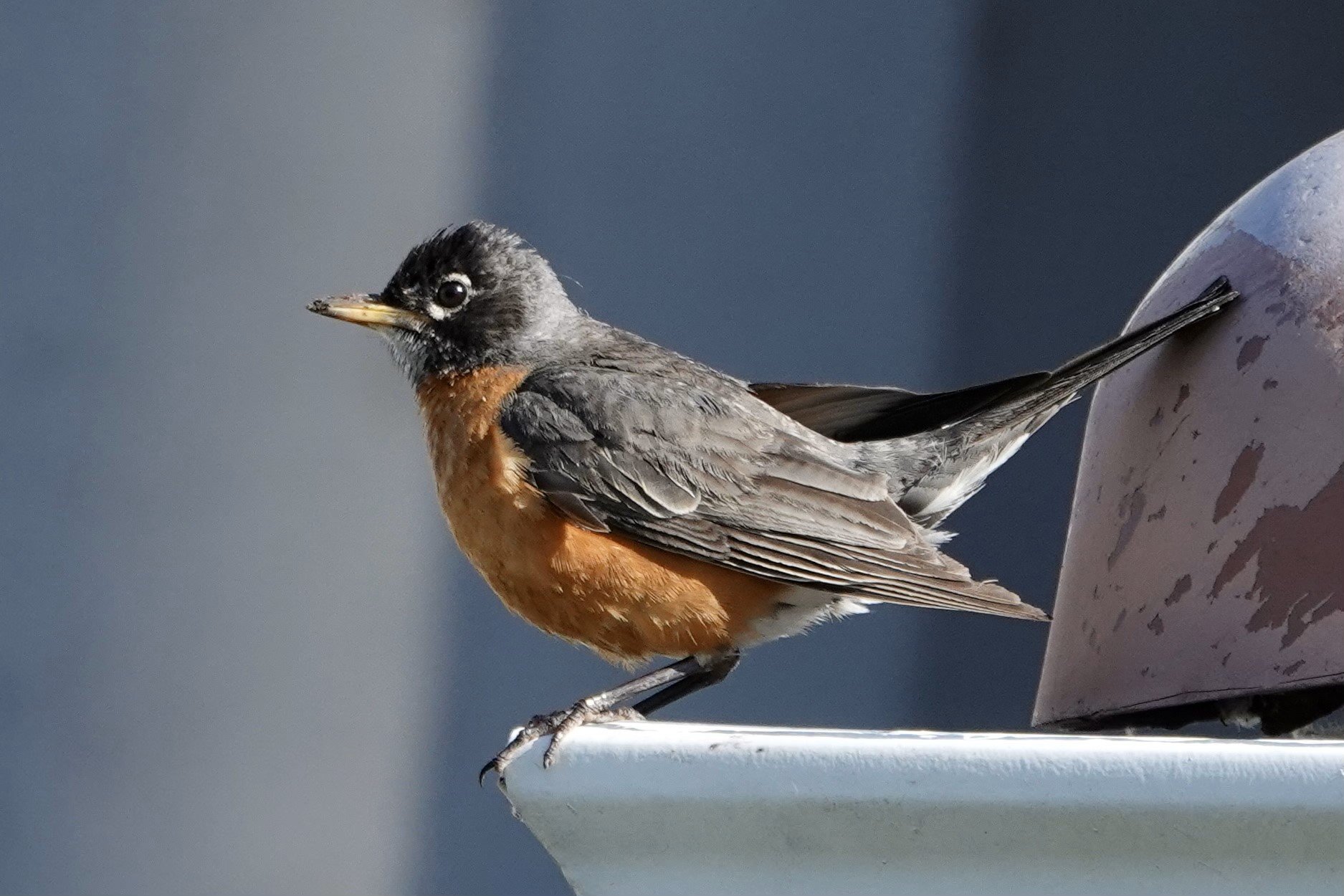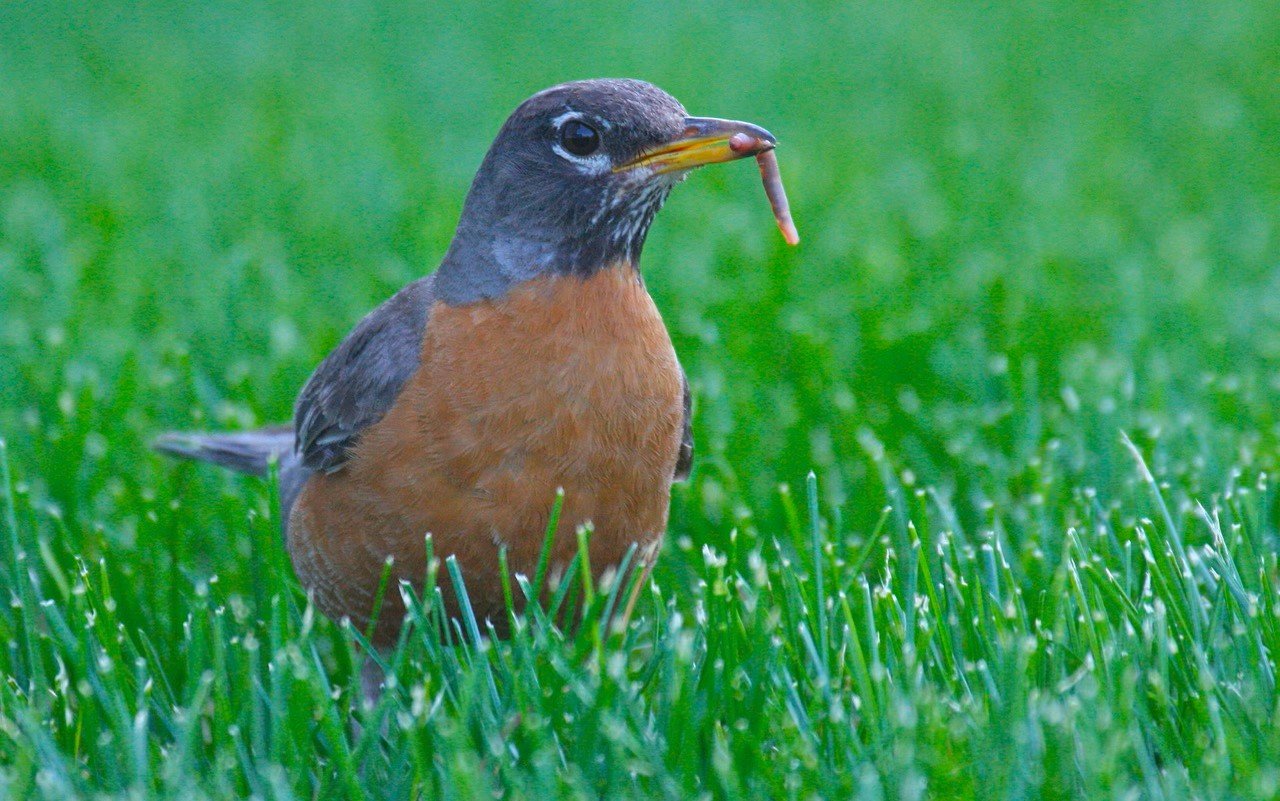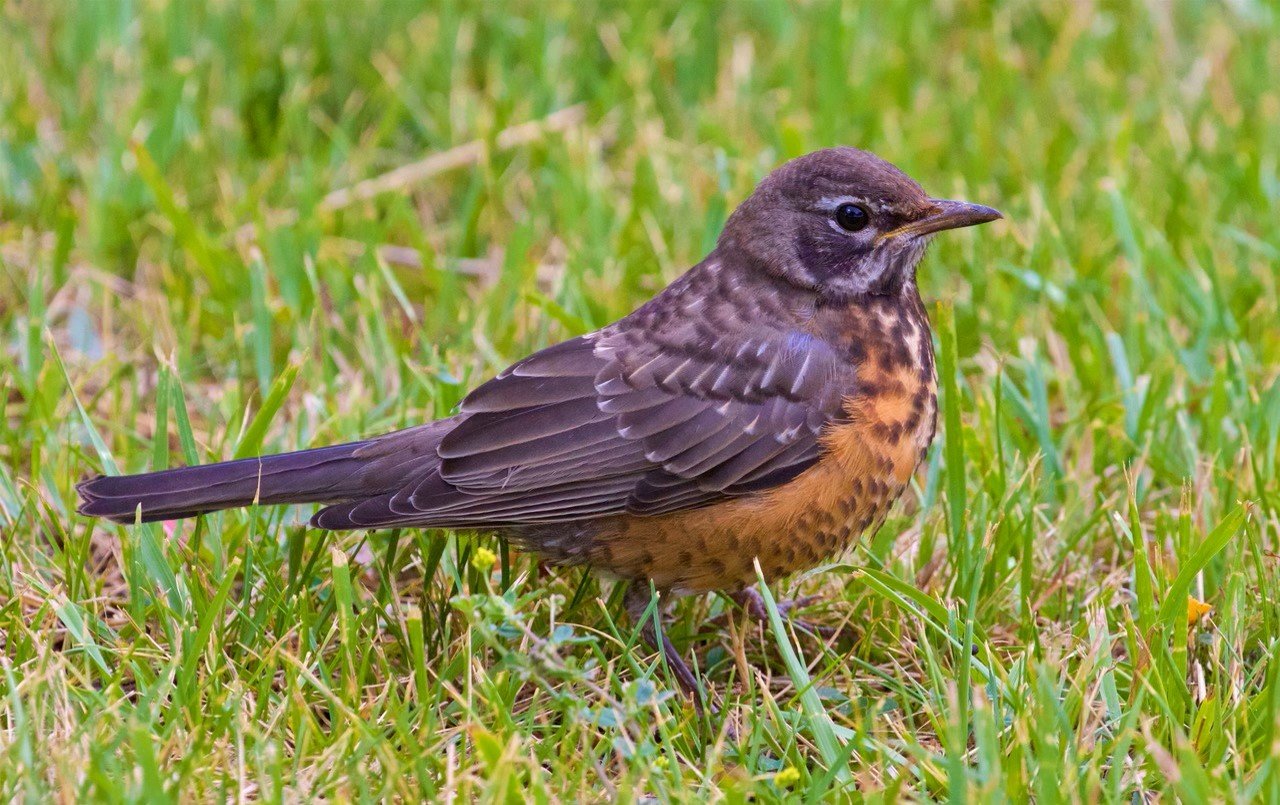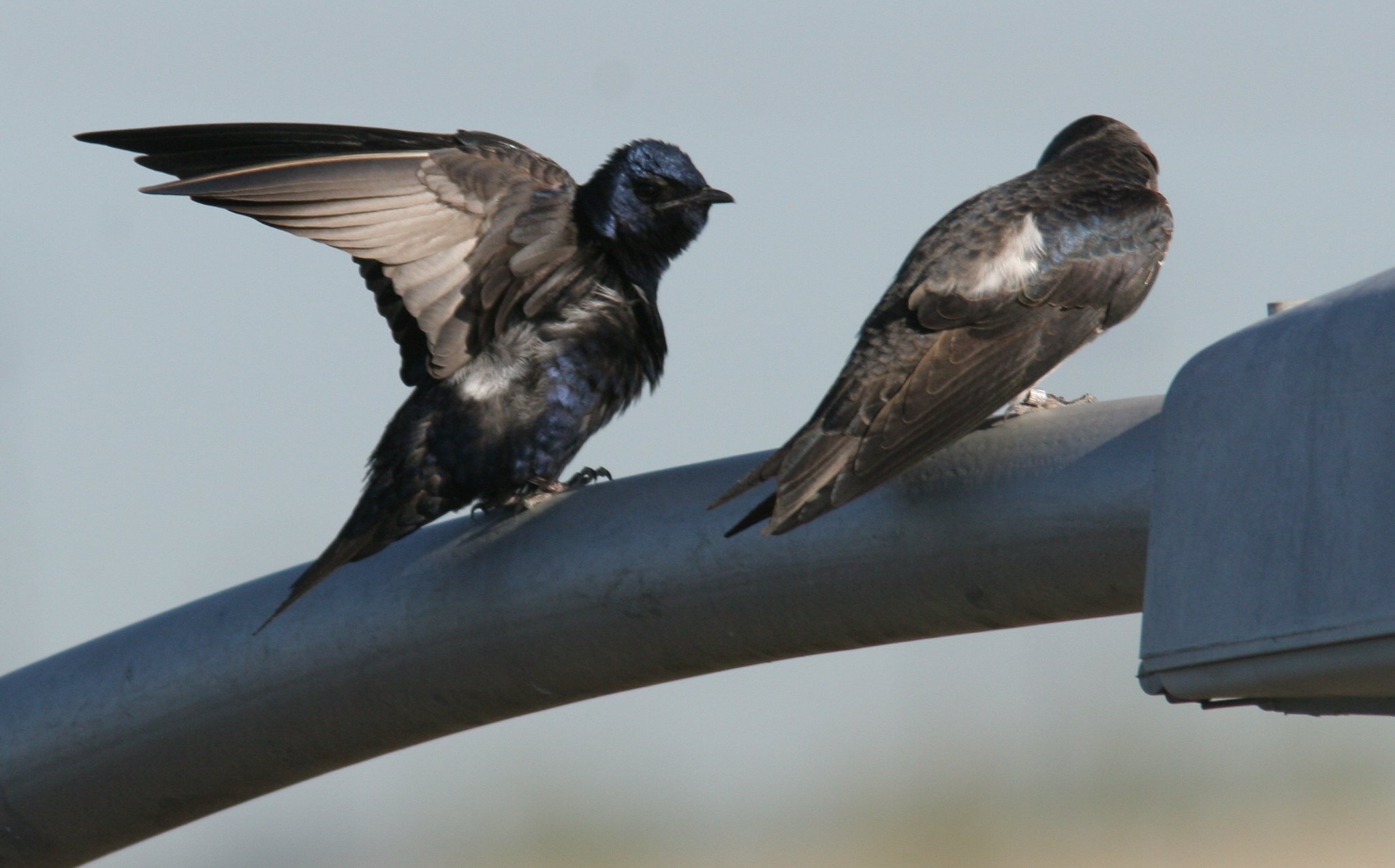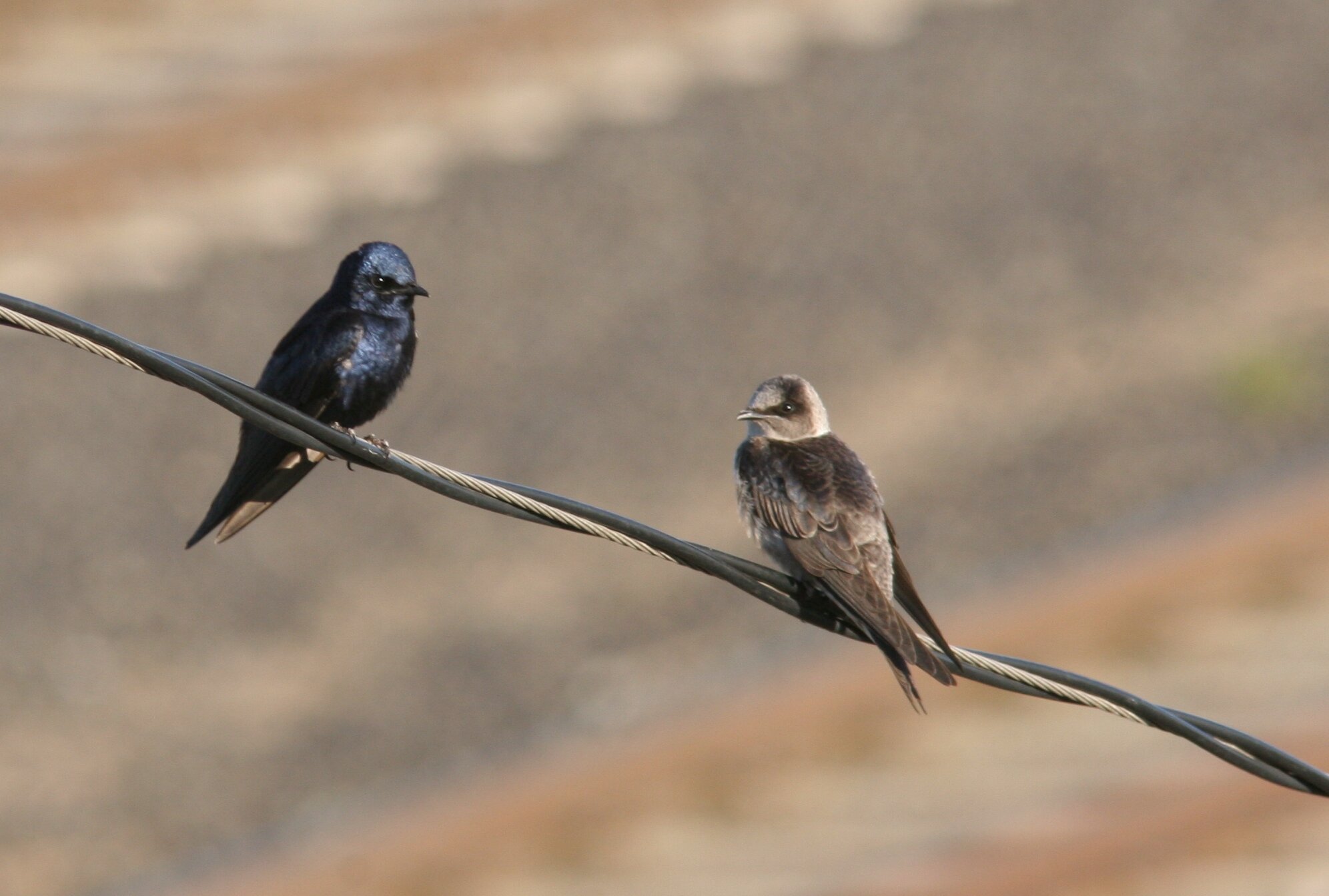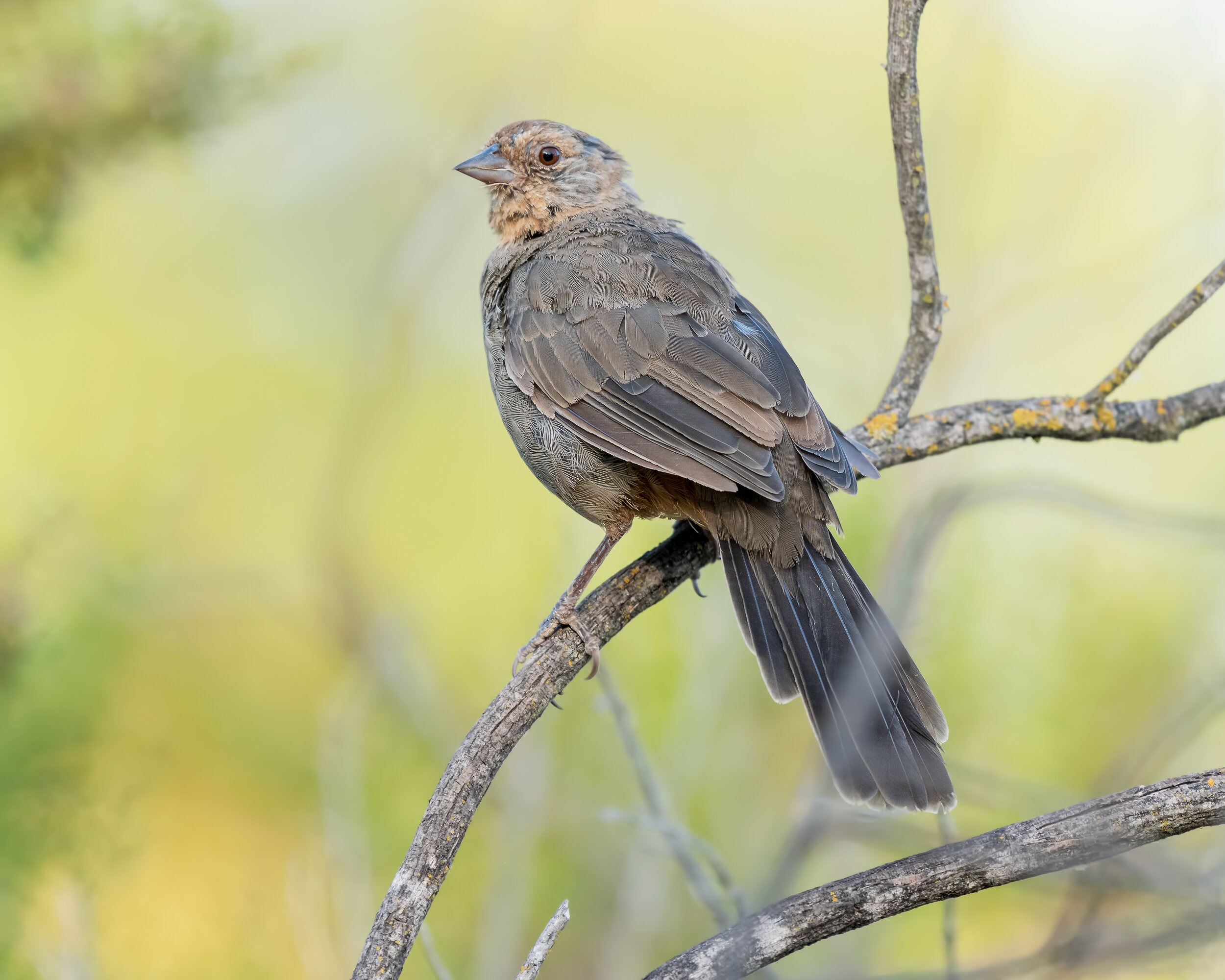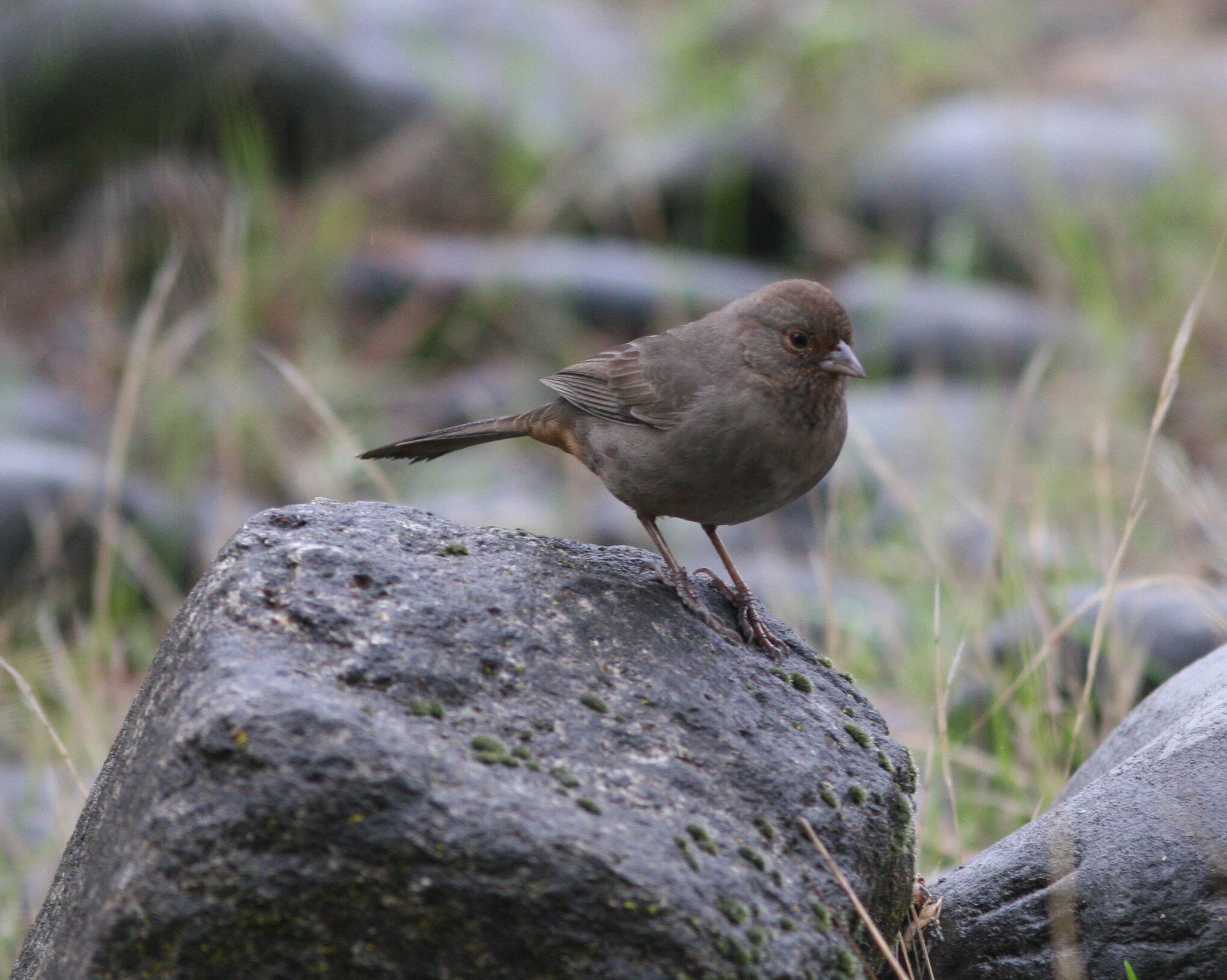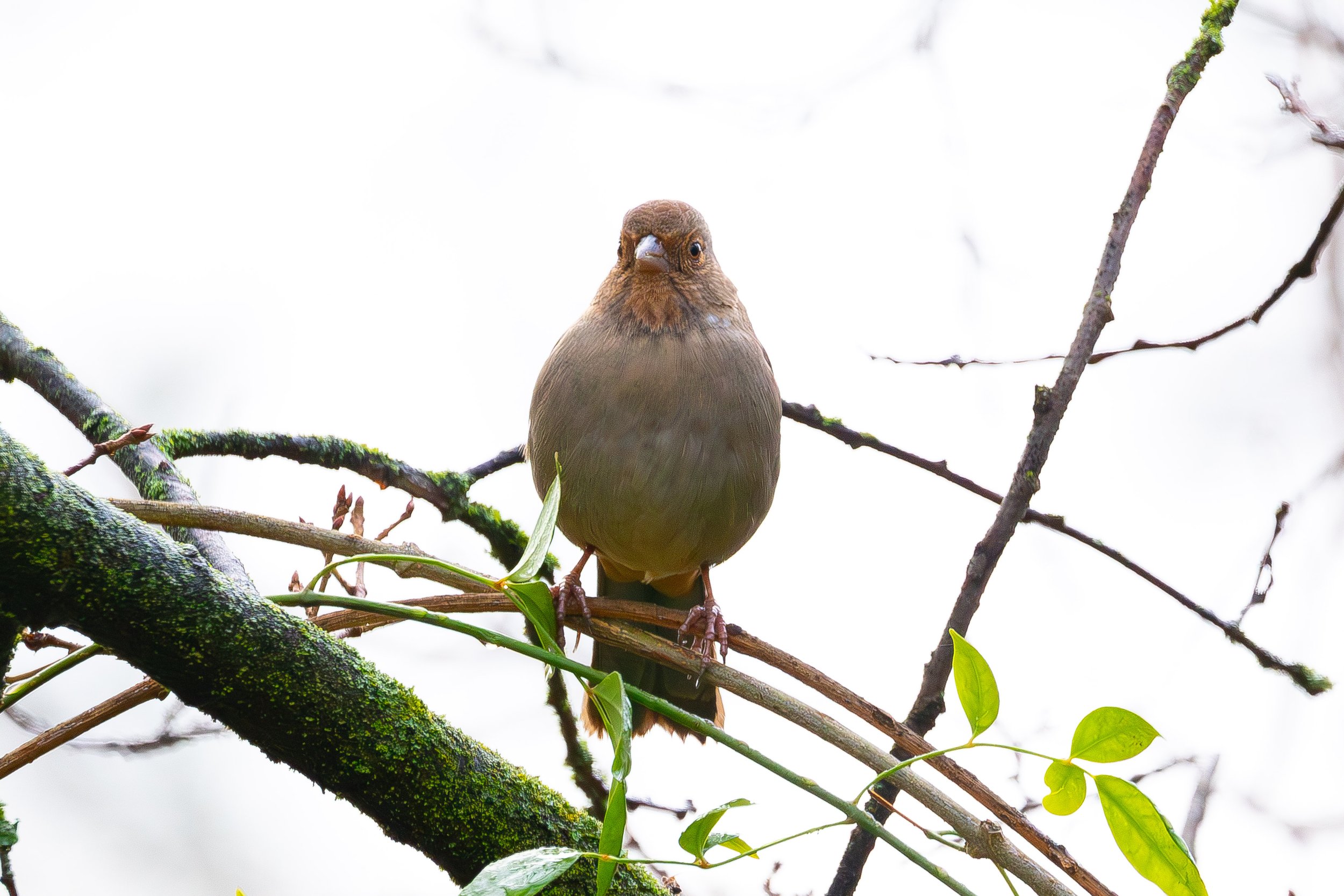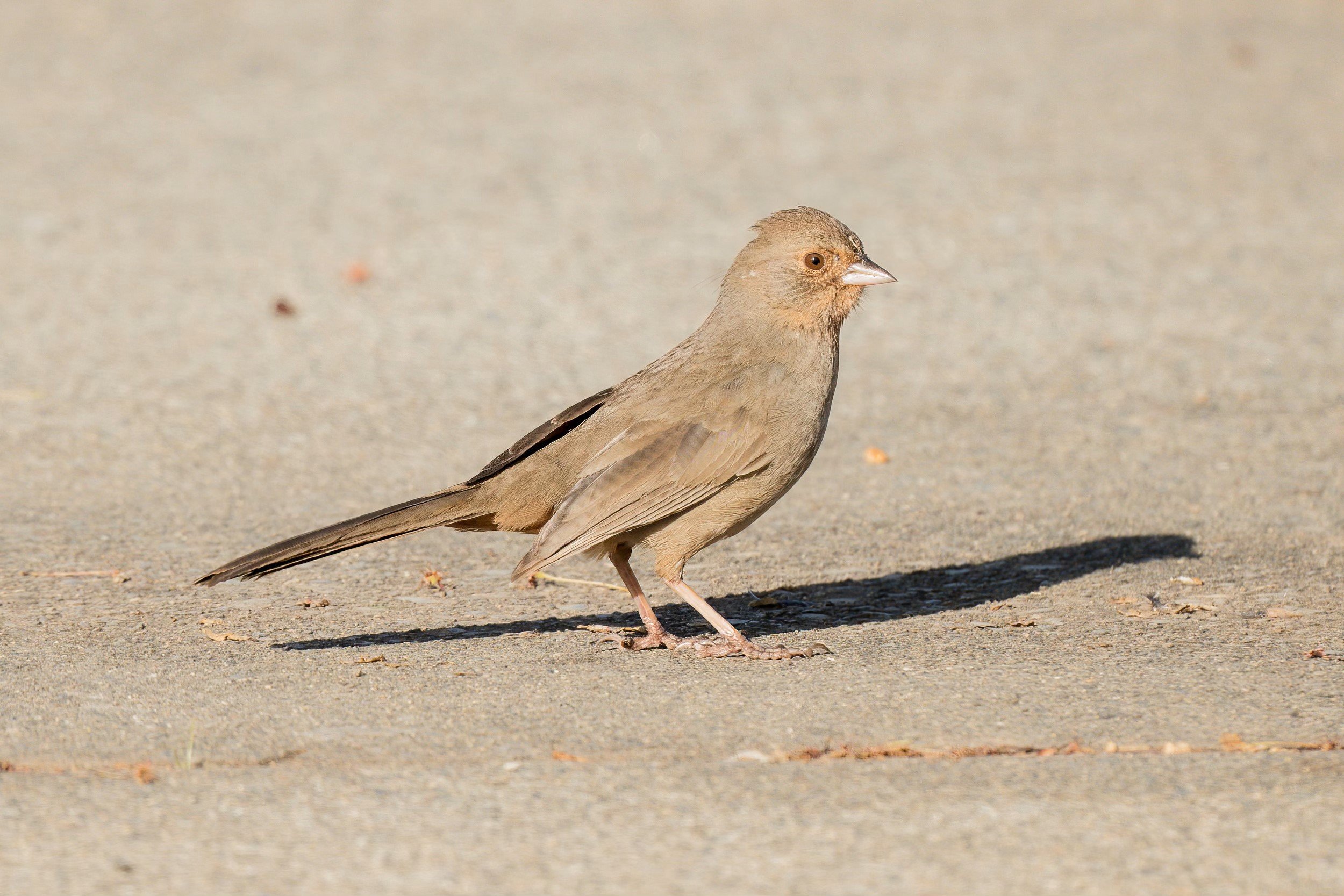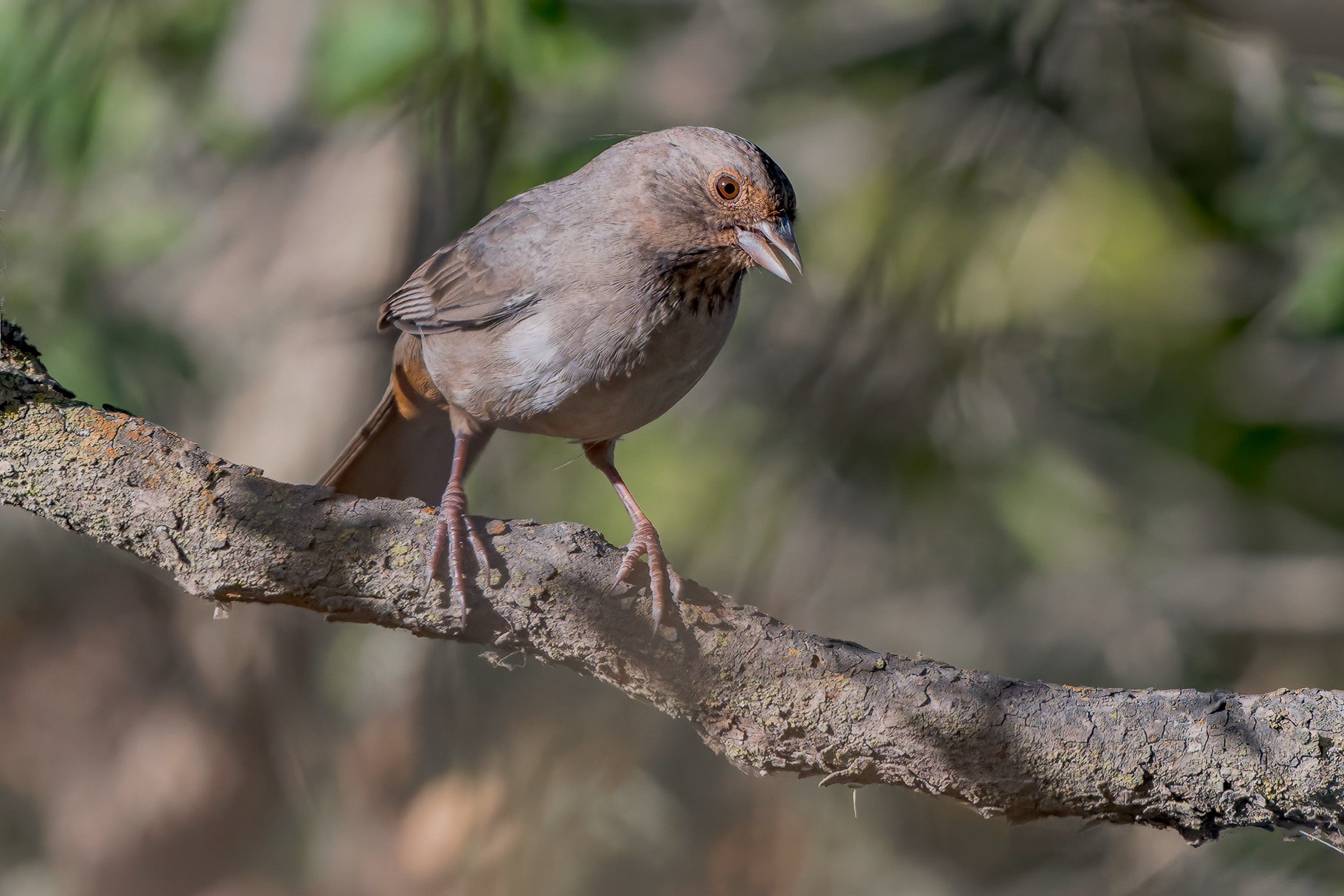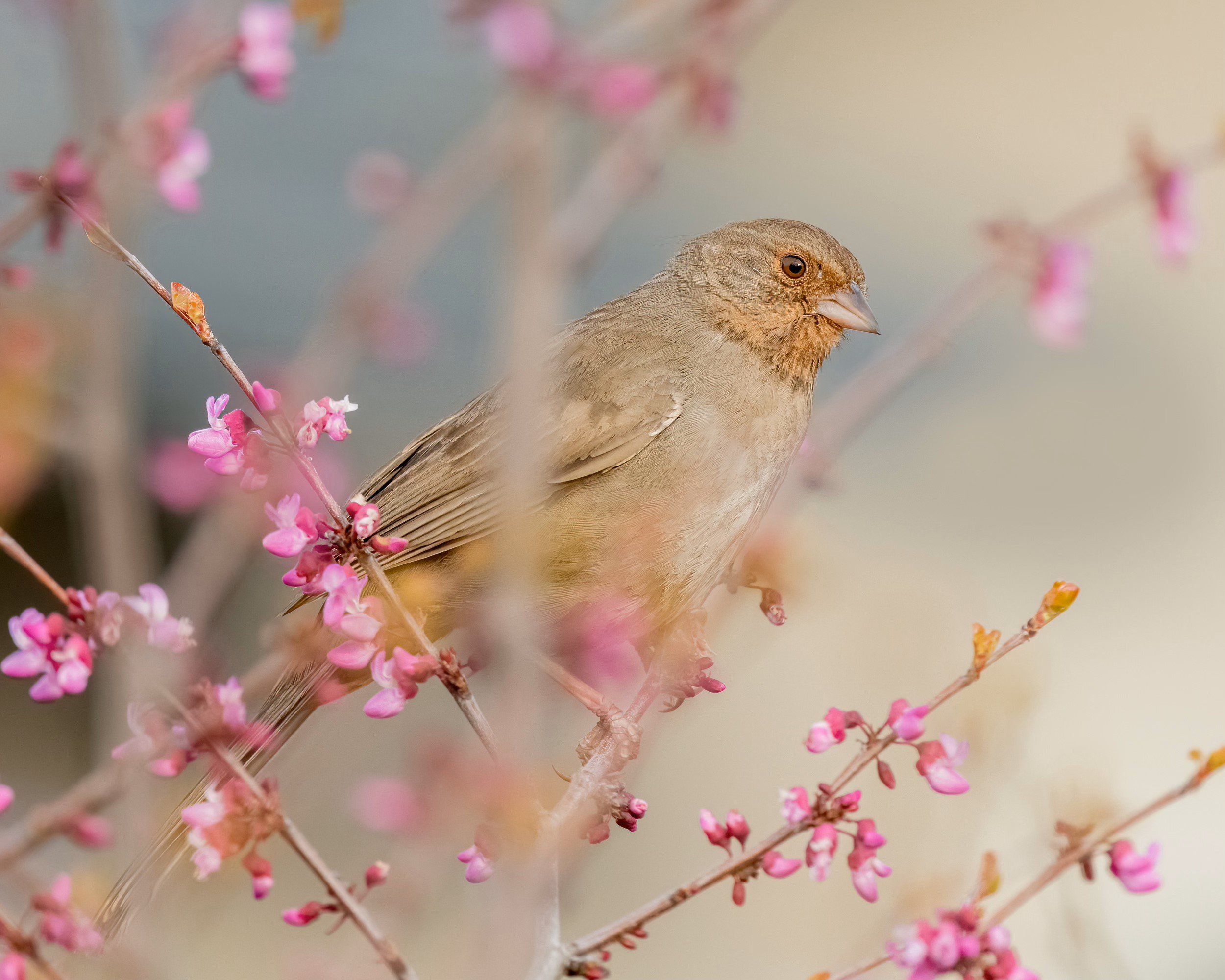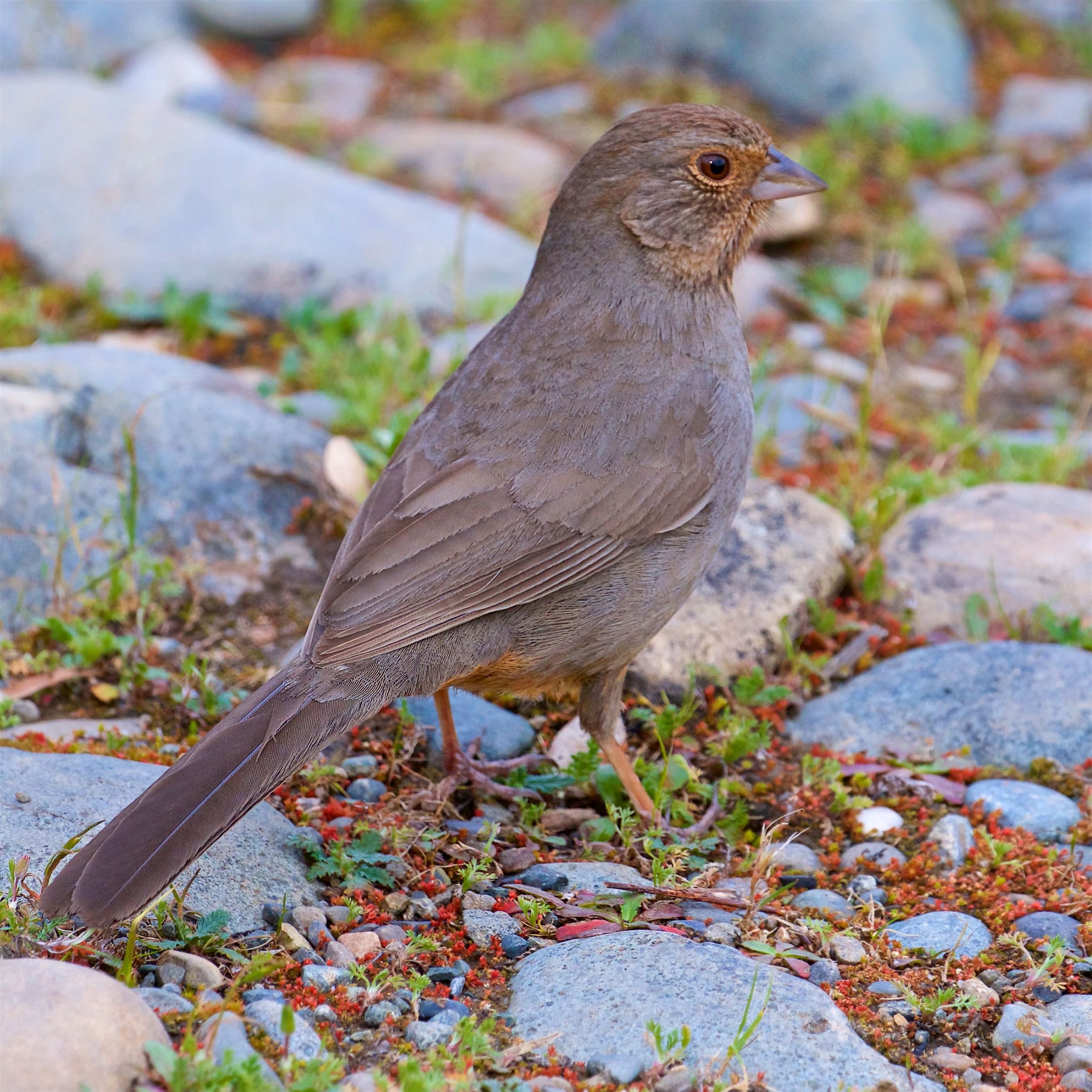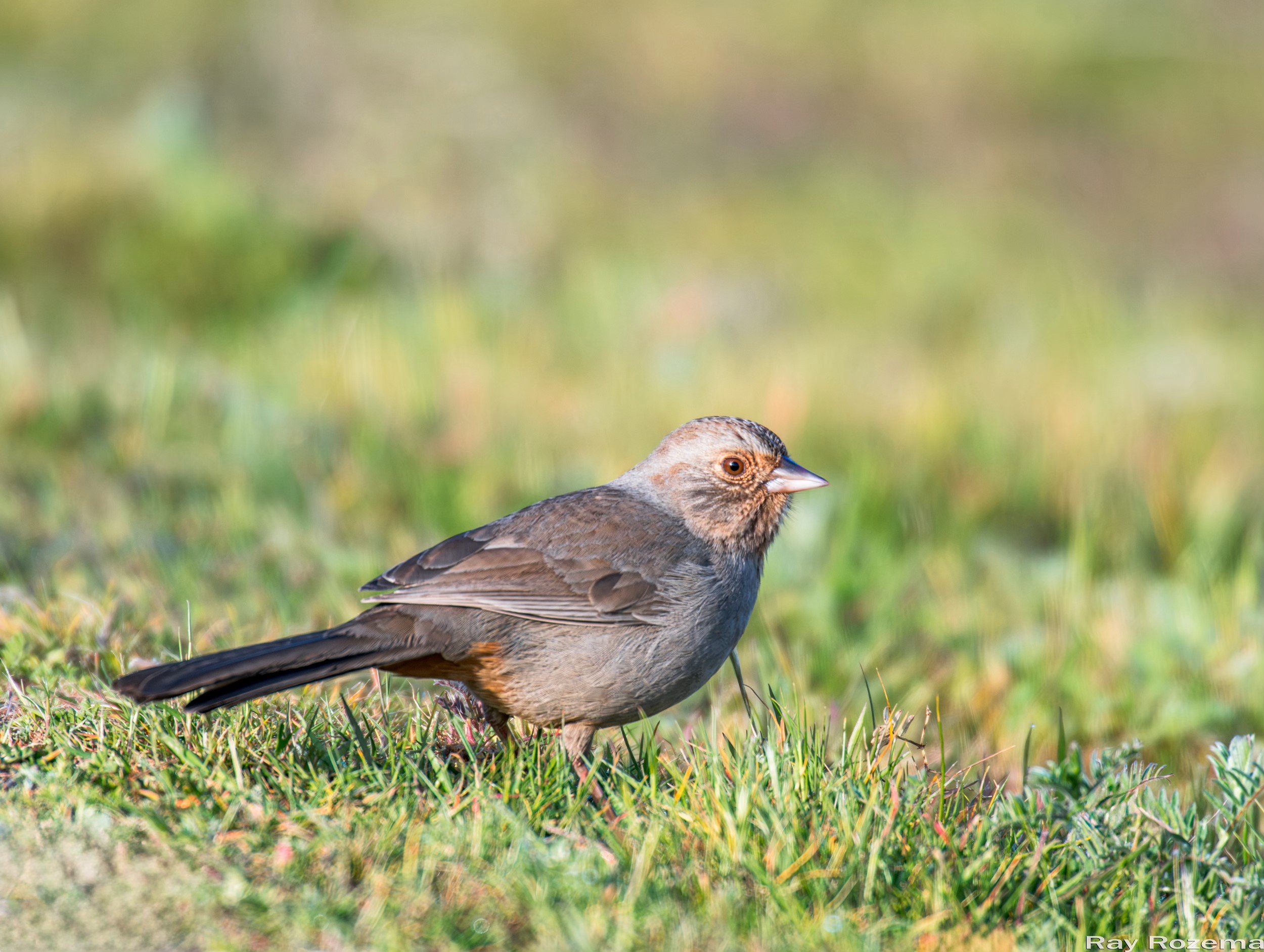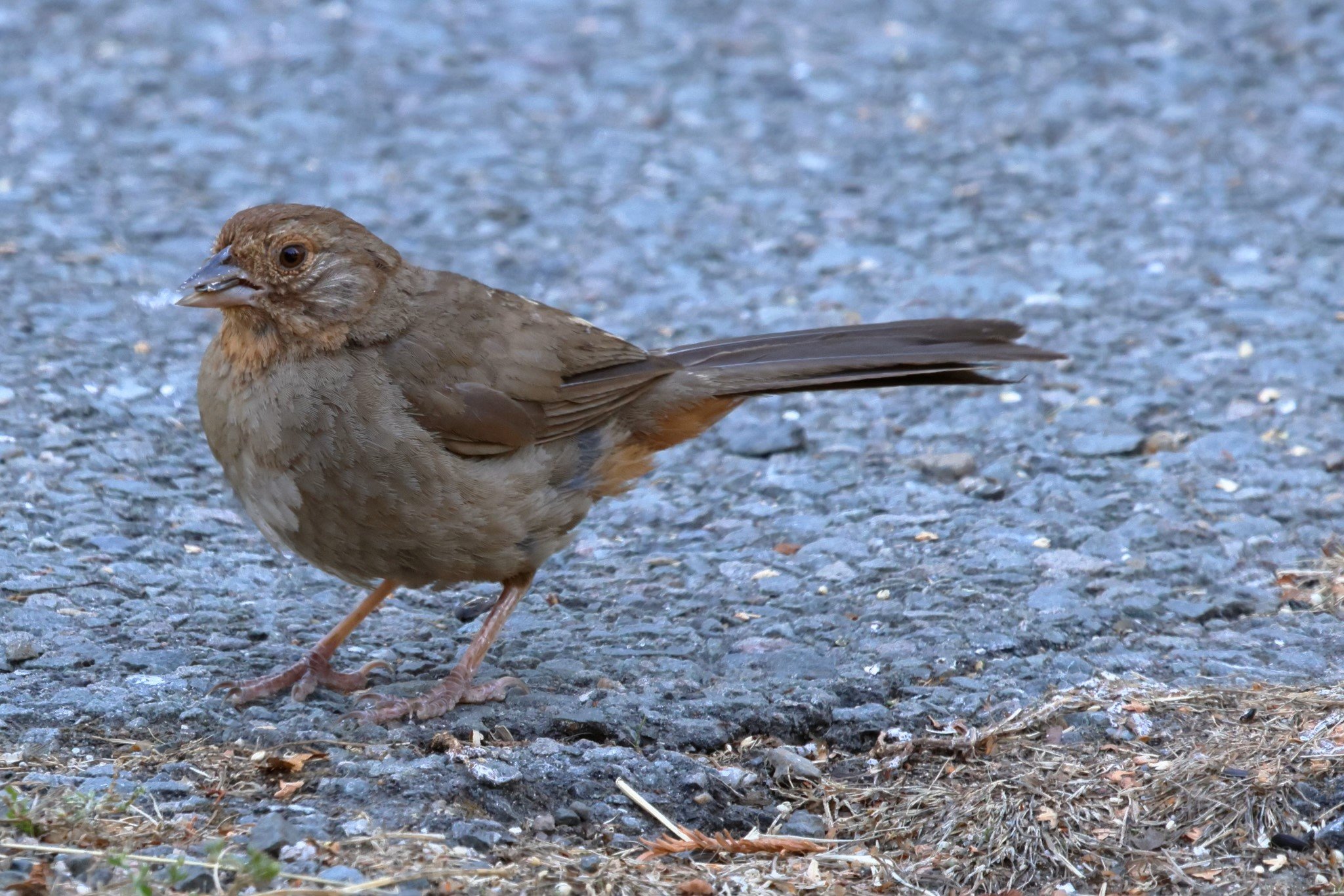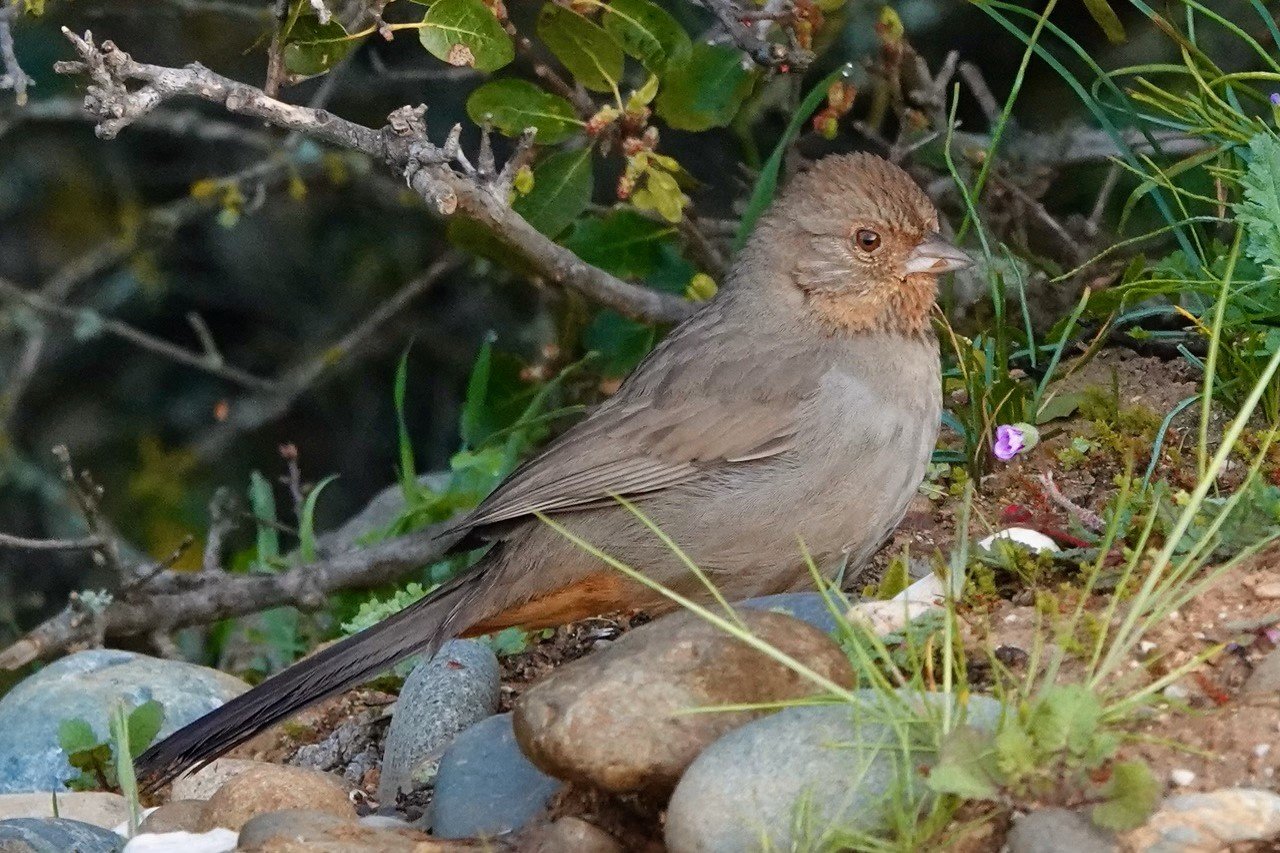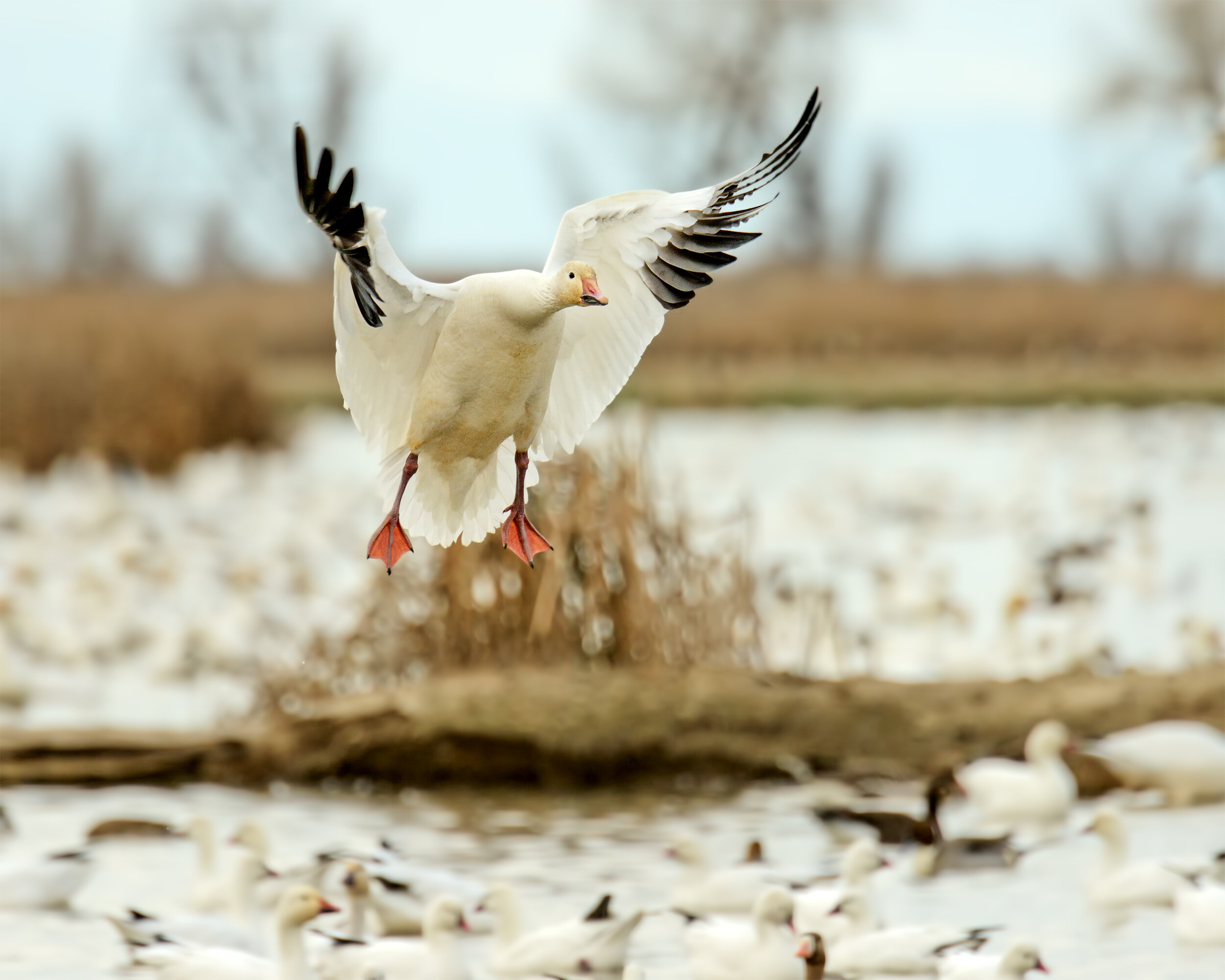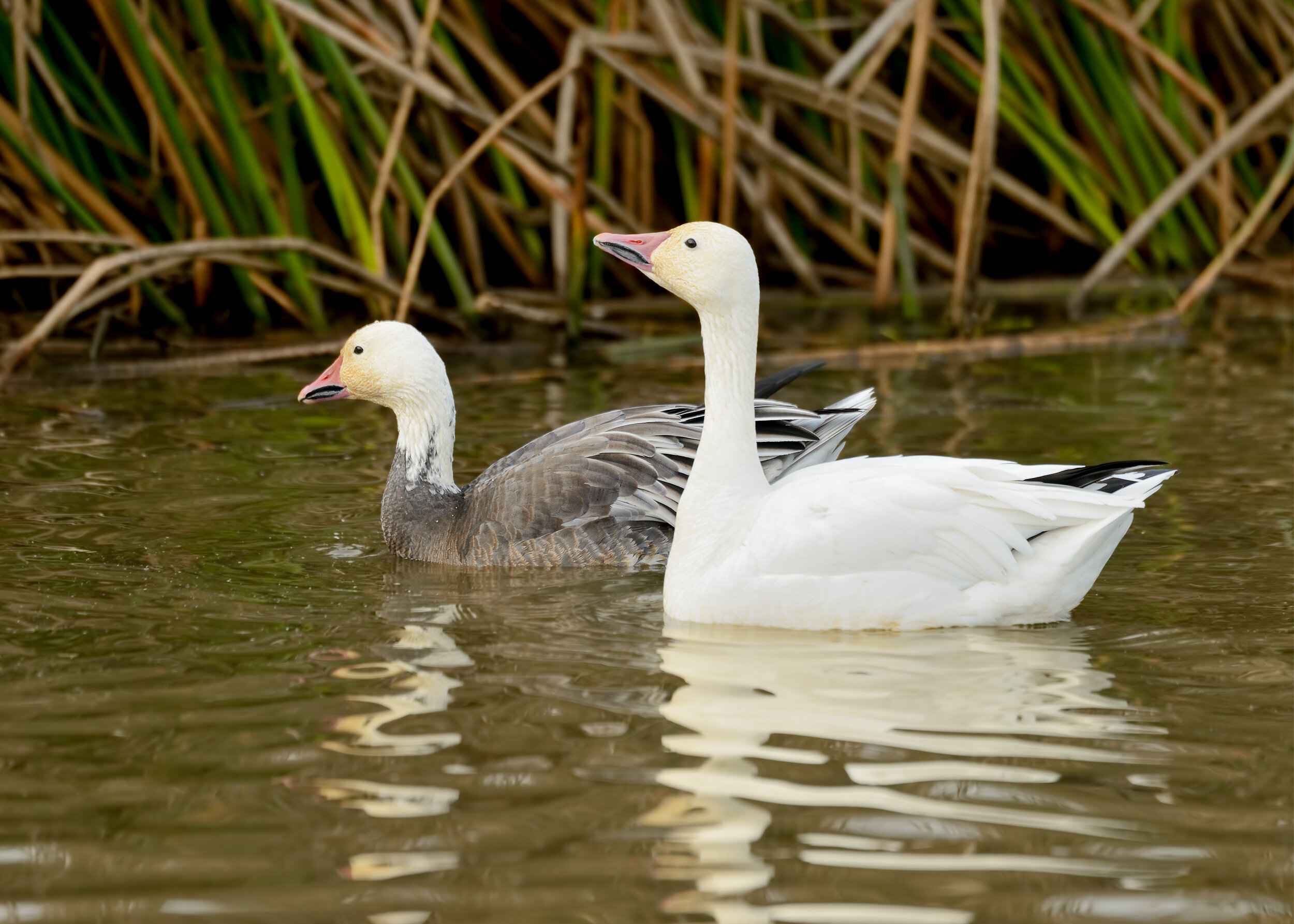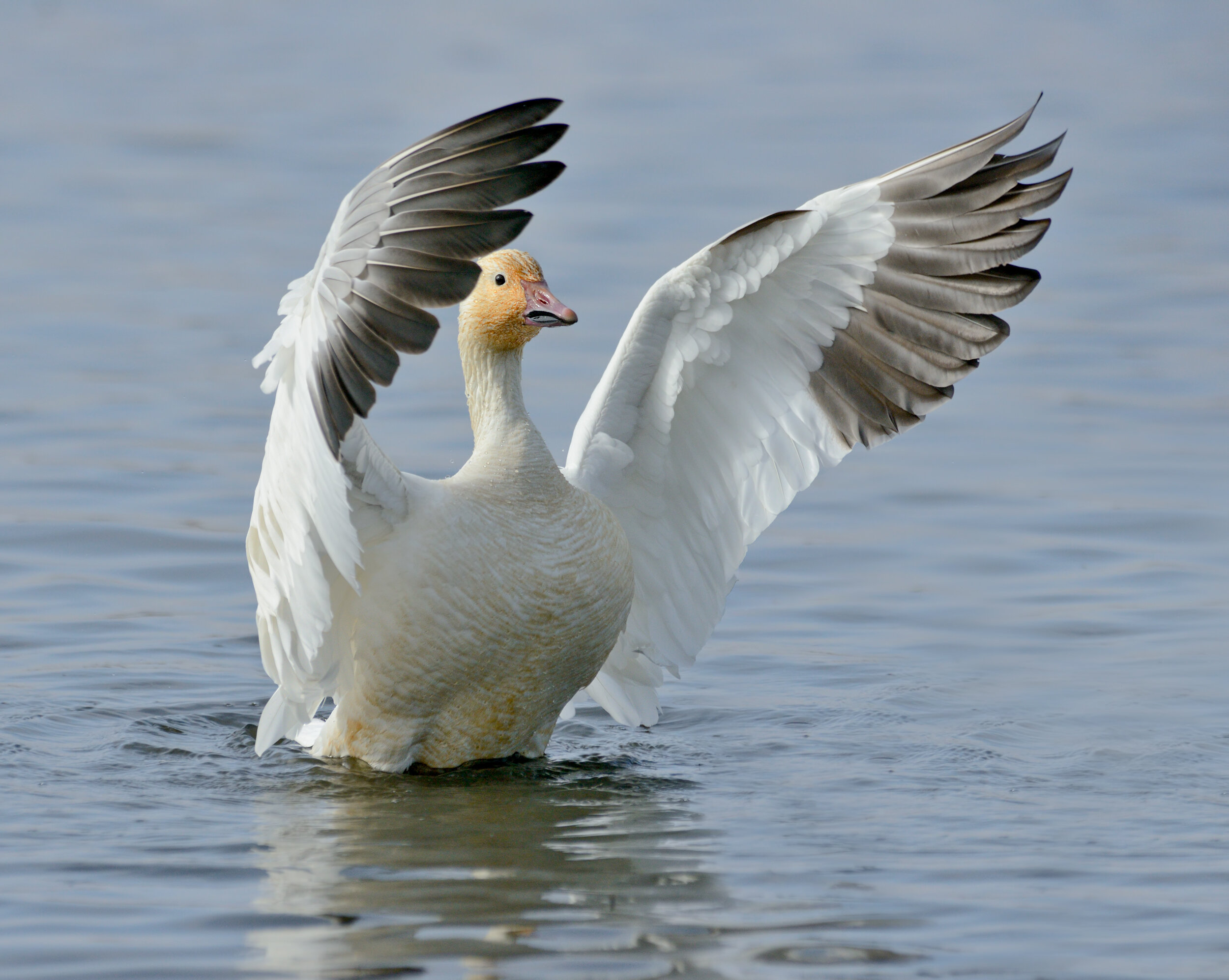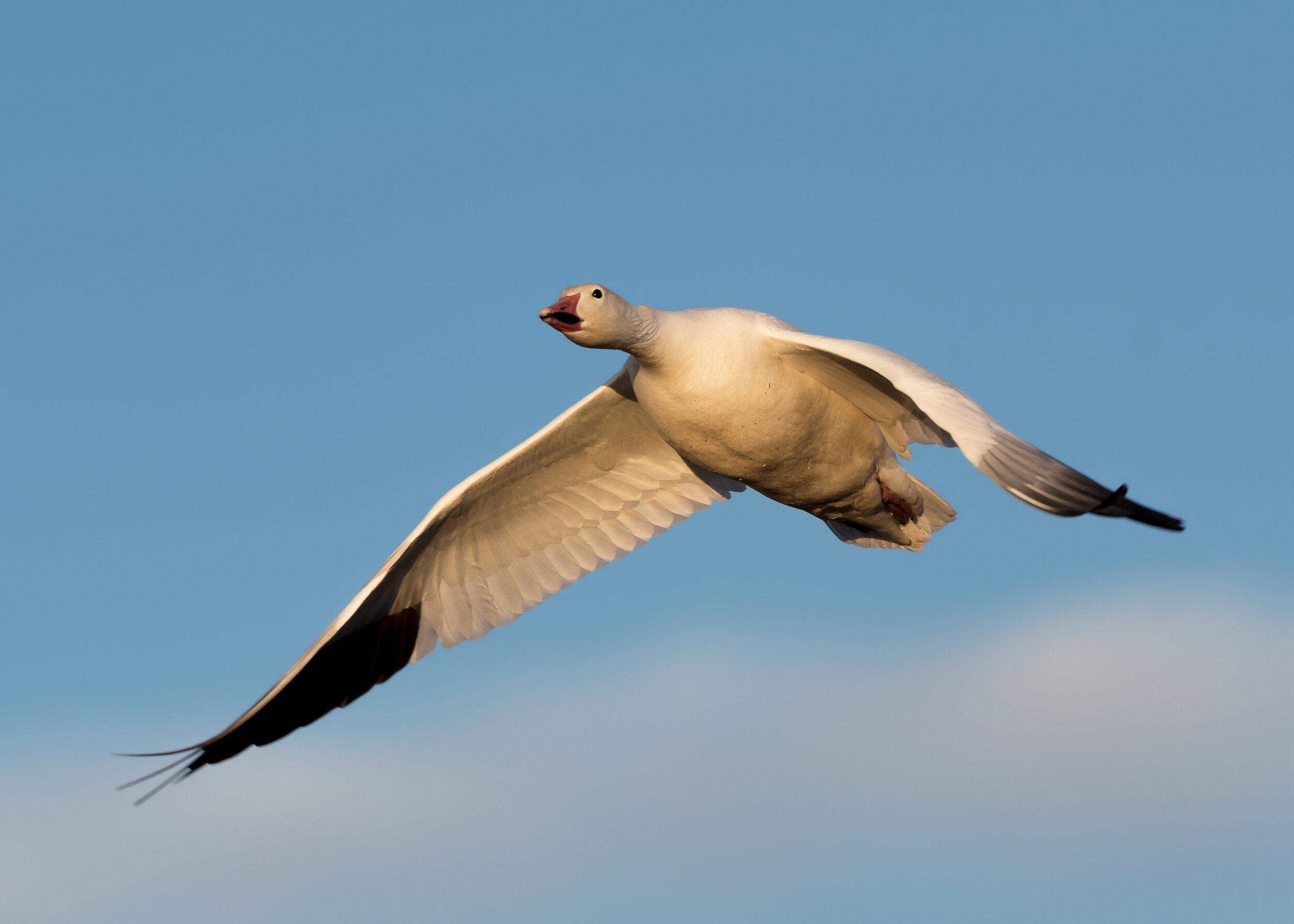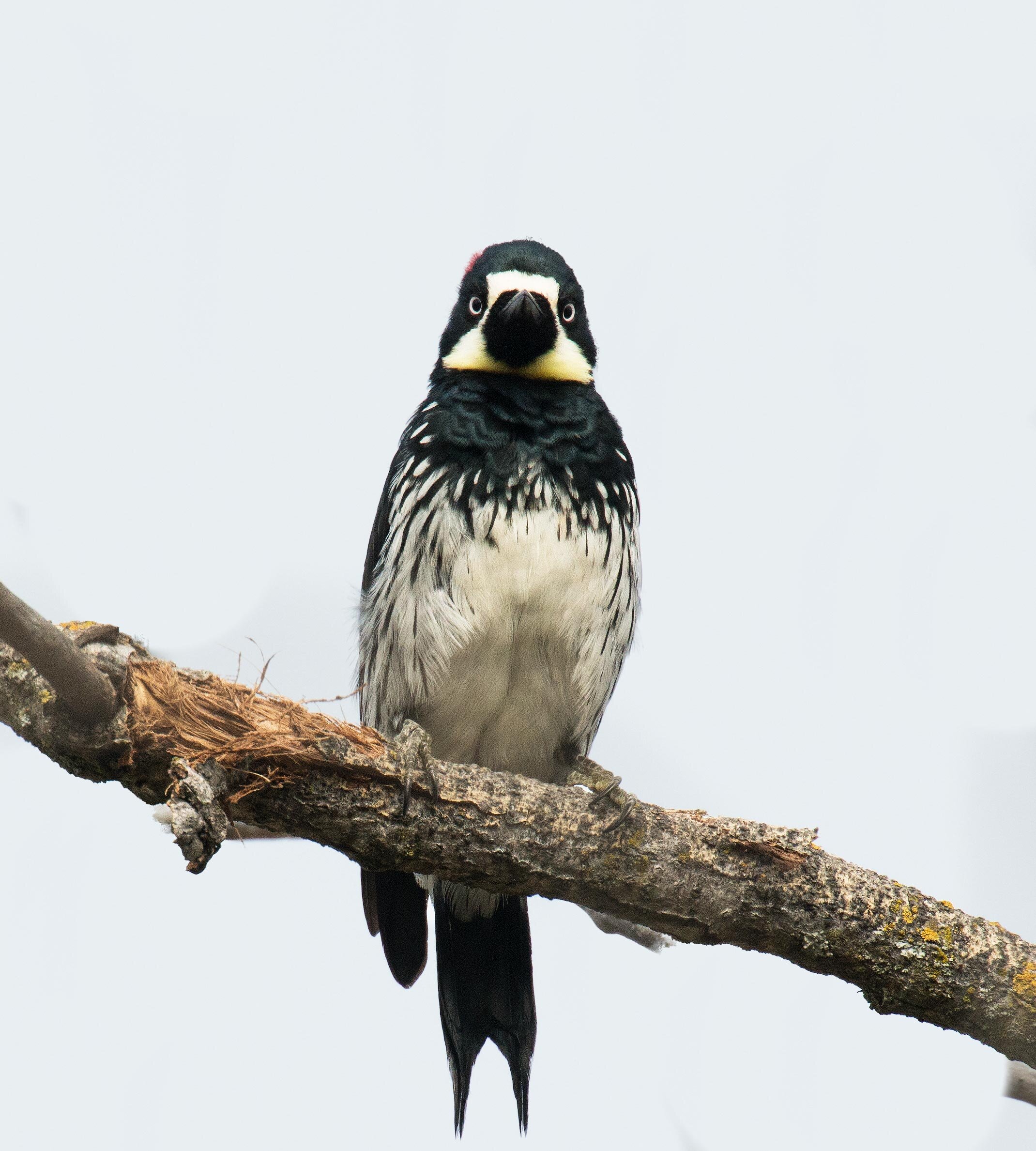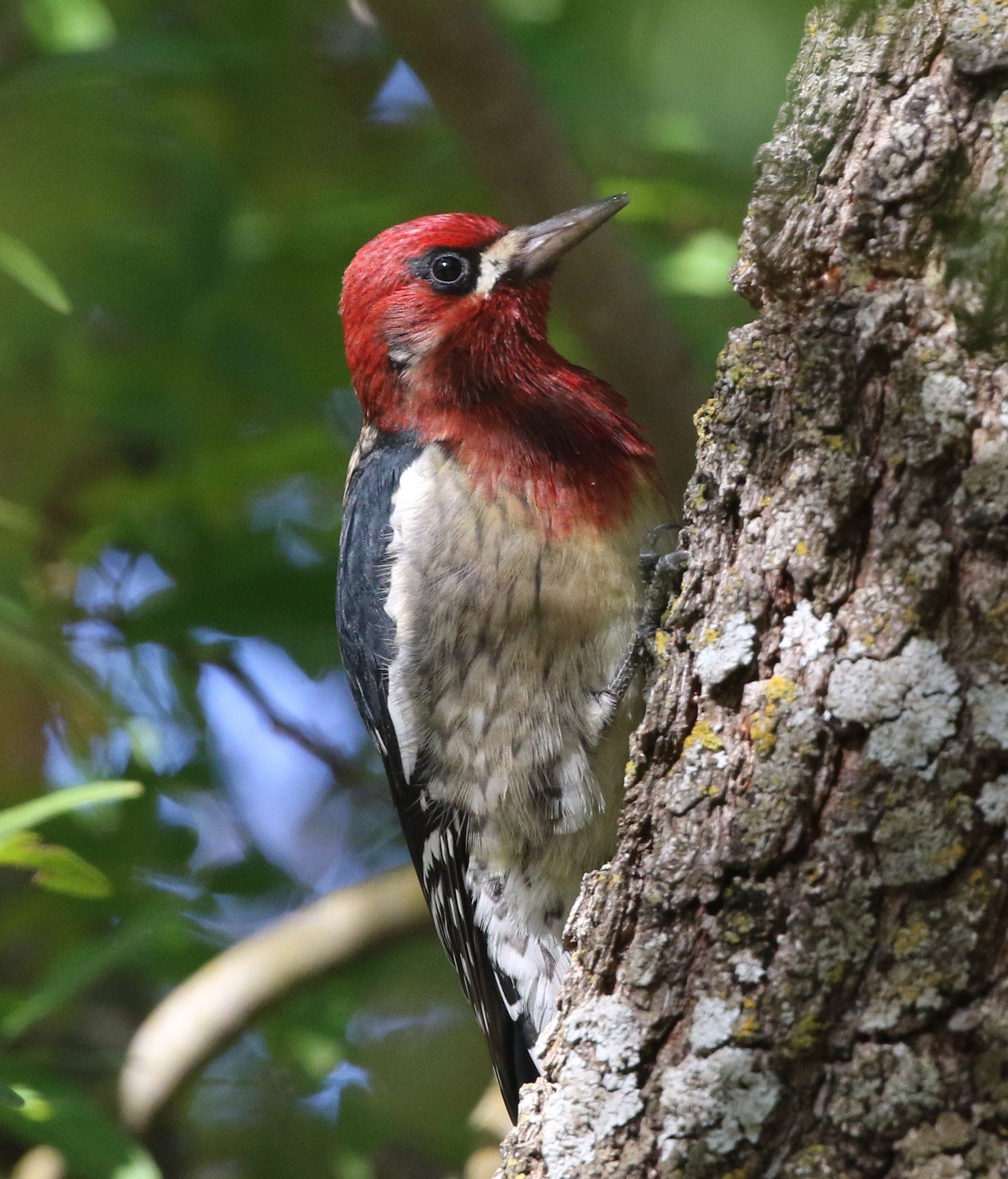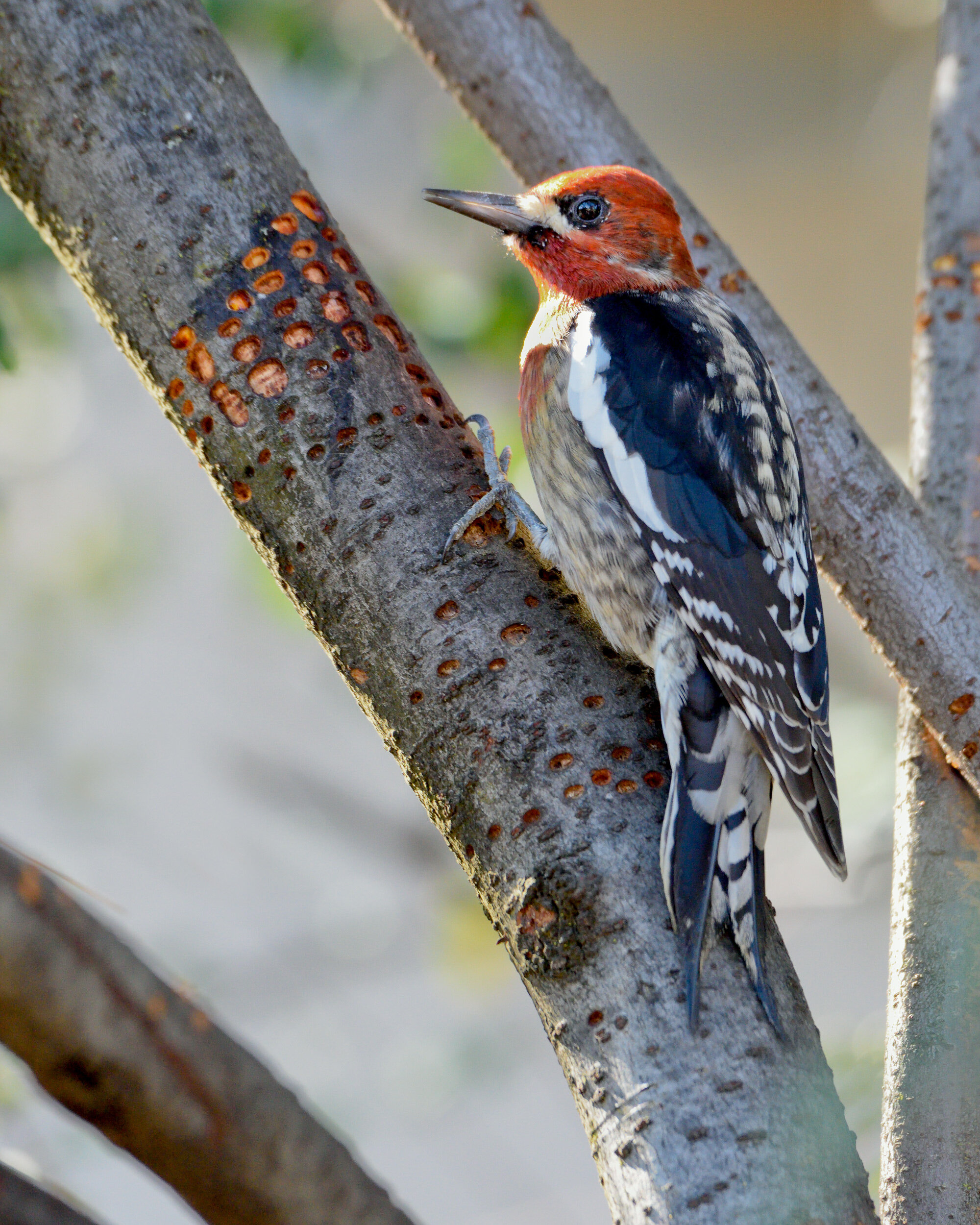This month, let’s learn about a tall and graceful wading bird called the Sandhill Crane (Antigone canadensis). This species has one of the longest histories in fossil records for birds still alive today. The earliest Sandhill Crane fossil is estimated to be 2.5 million years old. They are social birds and usually live in pairs or family groups throughout the year. Pairs remain together for life and are known for their dancing skills. Although the dancing occurs most often in the breeding season, the cranes can dance all year long. During courtship, pairs may perform elaborate "dances” by spreading their wings, leaping into the air, and calling to each other.
Every year, Sacramento Valley residents welcome the Sandhill Cranes’ fall arrival. The birds’ familiar calls prompt us to look upward. Seeing them fly so high with their broad, outstretched wings is always amazing and humbling. We realize they have flown such a long distance to be here. Throughout the winter, Sandhill Cranes can usually be found in large numbers at area Delta hotspots such as Stone Lakes, Cosumnes River Preserve, Staten Island, and Woodbridge Ecological Reserve.
The majority of Sandhill Crane are migratory. There are five known ‘subspecies’ of Sandhill Cranes. Two of these migratory subspecies are seen in the Sacramento Valley, the Greater (A. c. tabida) and Lesser (A. c. canadensis). The three other subspecies are non-migratory and live year-round in Mississippi, Florida, and Cuba.
Because Sandhill Cranes use upper currents of warm air (or thermals) to obtain lift, they are able to soar for many hours without consuming much energy. Not having to flap their wings conserves energy. When Sandhill Cranes fly, their necks are outstretched, their feet trail behind their tails, and they are often in a V formation.
What do Sandhill Cranes look like?
At first glance, Sandhill Cranes look somewhat similar to herons. However, the two have a few different physical characteristics. Sandhill Cranes have shorter bills and also have characteristic hind-end feathers which hang down towards the ground which herons lack. Adult Sandhill Crane males and females are similar. They have long, slender bodies, are mainly ashy-gray (but can also have tan or orangish-tan feathers in summer caused by iron oxide staining from the soil in some locations), have yellowish eyes, long necks, long dark legs, have bright red forehead skin patches that partially encircles their eyes, broad, pointed, and fingered wings, long, dark, sharp, and pointed bills, short tails, and white cheeks, chins, and throats. Their wingtips are a little darker than the rest of their wings, which is easier seen in flight. Immature birds lack the red crown and white cheeks. Instead, they have pale to rust-colored crowns, brownish heads, gray underparts, and their necks, backs, and wings are mottled with a rusty color. Much of the rust-brown color will fade by the first winter; but full adult plumage is not reached for over two years.
Of the two subspecies of Sandhill Crane seen in the Sacramento Valley region, the Greater subspecies is slightly larger than the Lesser. The Greater also has a larger red crown area.
Where do Sandhill Cranes live or nest?
Sandhill Cranes are found at various times of the year in open grasslands, savannas (areas mixed with scattered trees and grasslands), meadows, coastal areas, marshes, river valleys, agricultural fields, edges of large bodies of water, shallow wetlands for roosting at night, tundra, and boreal habitats. During migration and winter, unrelated cranes come together to form huge flocks that forage (hunt for food) and roost (rest) together. These large groups number sometimes in the thousands!
In spring, the migratory subspecies of Sandhill Cranes travel north to breed in Canada, Alaska, Siberia, and a few areas in the northern-most United States. In winter, they migrate south to central California, the far-southern U.S., or Mexico. They spend the daytime in croplands, pastures, grasslands, or wetlands. At night, they roost in areas where shallow water surrounds them which tends to discourage predators. Seasonal rain and the planned flooding of fields provide them with larger and safer roosting areas. They can form large flocks in winter of over 10,000.
Sandhill Cranes were named for one of their migratory stopover points (or staging areas). Large numbers of cranes congregate from February to early April on the edge of the Nebraska Sandhills on the Platte River basin. Birds migrating to their northern breeding grounds use this crucial area to rest and consume nourishing food before they finish their long journey.
Sandhill Cranes are ground nesters and nest once per year in open wetlands, marshes, fields, and prairies. Of the two subspecies that come to the Sacramento Valley, the Lesser subspecies nests in far-northern tundra habitat and the Greater subspecies nests in grasslands or muddy ground further south. Sandhill Cranes prefer to nest in areas where plants are growing in standing water. Their nests may actually float on the water and are anchored to nearby plants. Nests are 30-40 inches across and 4-6 inches high. Sometimes Sandhill Cranes will also nest on dry ground. Sandhill Cranes build their nests out of surrounding plant material and there are usually two eggs per nest (sometimes 1 or 3). Both parents help build and tend to the nest Males will also guard the nest. At the time of hatching, the chicks are well-developed, covered with down, active, and have open eyes. The young usually leave the nest within a day after hatching and will then follow their parents. Both parents feed their young until the young learn to feed themselves. Sandhill Cranes will defend both themselves and their young from aerial predators by jumping and kicking. If land predators such as dogs, foxes, and coyotes attack, the birds begin to hiss and will advance forward with open wings and pointed bills. Sandhill Cranes may both kick and use their bills to stab a predator. Their sharp bills can be lethal; even coyotes have been killed. The young begin to fly at 2-3 months of age, just in time to join their parents on their first fall migration journey. They will remain in close proximity to their parents for about 9-10 months.
What do Sandhill Cranes eat?
Sandhill Cranes have a varied diet and are said to be opportunistic feeders. They will change their diet to what’s available in their current habitat. Sandhill Cranes are omnivorous which means they eat foods of both plant and animal origin. Their diet consists mostly of plants (berries, bulbs, tubers) and grains. They readily eat cultivated foods such as corn, wheat, and cottonseed. Sandhill Cranes will also eat invertebrates, small mammals, amphibians, and reptiles.They often probe for food underground by inserting their bills below ground level. Except during the breeding season, Sandhill Cranes mostly forage in flocks.
What do Sandhill Cranes sound like?
Sandhill Cranes do not have a voice box (or larynx) like humans to produce sound. Their tracheas (or windpipes) are extremely long and reach from their necks to their sternums (or breastbones)! The unique anatomy of their tracheas enables Sandhill Cranes to produce their long-ranging sounds. The calls made by Sandhill Cranes have been described as either loud or soft, distinctive, rattling, rolling, sharp, bugling, or yodeling. Young birds have a very different call which has been described as being high-pitched or squeaky. Some say they sound like crickets.
Sandhill Crane pairs have duet calling sessions when they call to each other in unison. It’s thought that these events create a strong pair bond. The female makes two calls for every one from the male.
You can listen to Sandhill Cranes’ sounds below.
This article was compiled by Jane Van Kessel.
Sources include Cornell’s All About Birds and Cornell’s Birds of the World, National Audubon Society Field Guide, 150 Frequently Seen Birds of California’s Great Valley, pages 76-77, National Geographic Field Guide to the Birds of North America, 6th Edition, page 162, Wikipedia, National Wildlife Federation, Ducks Unlimited





